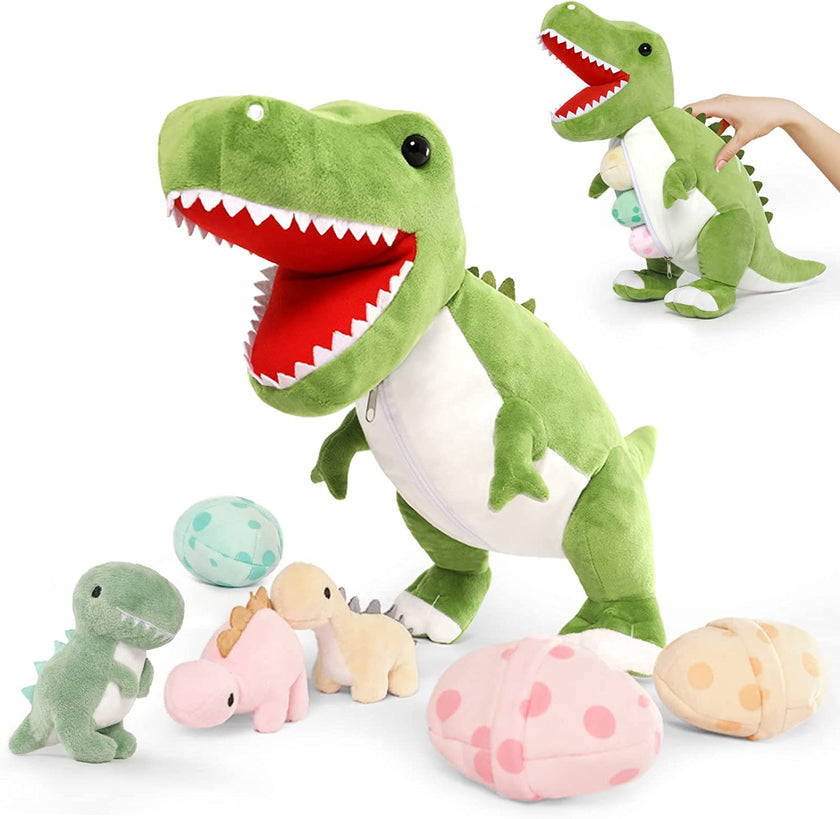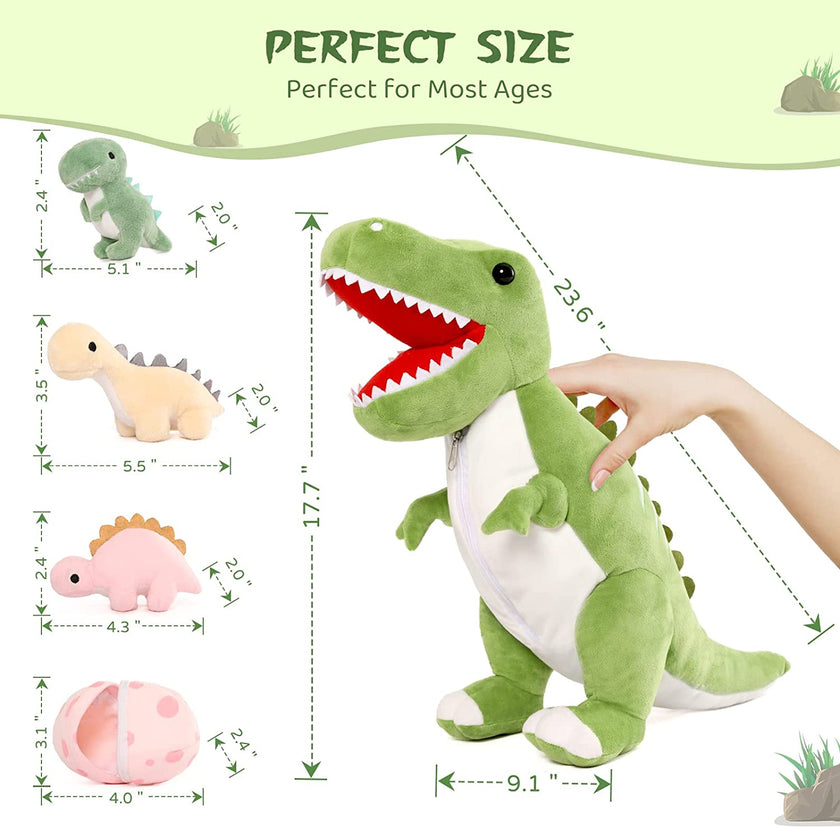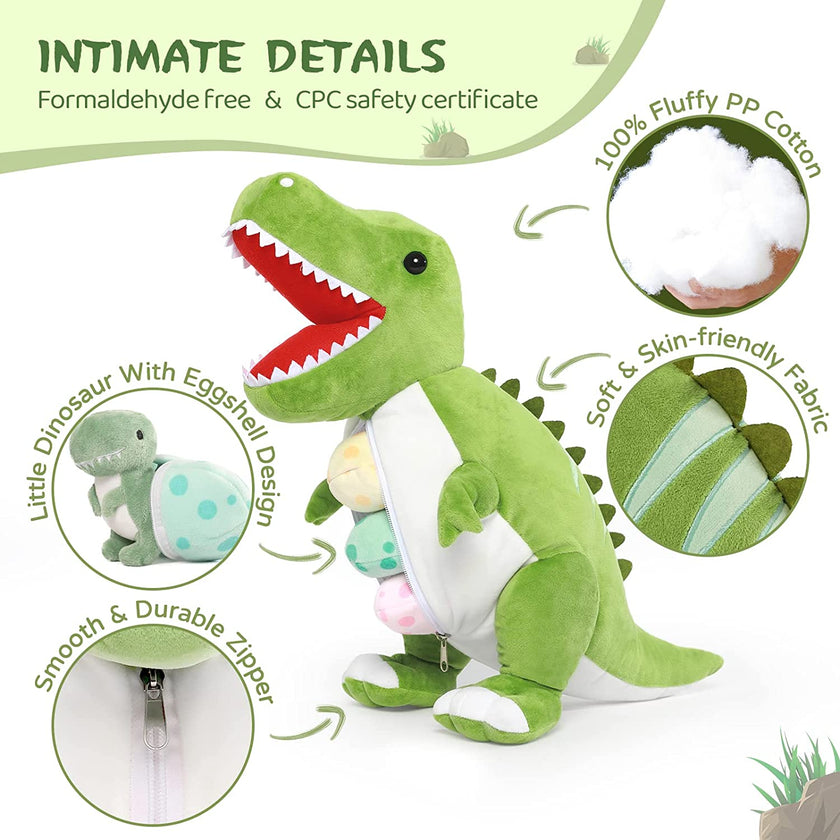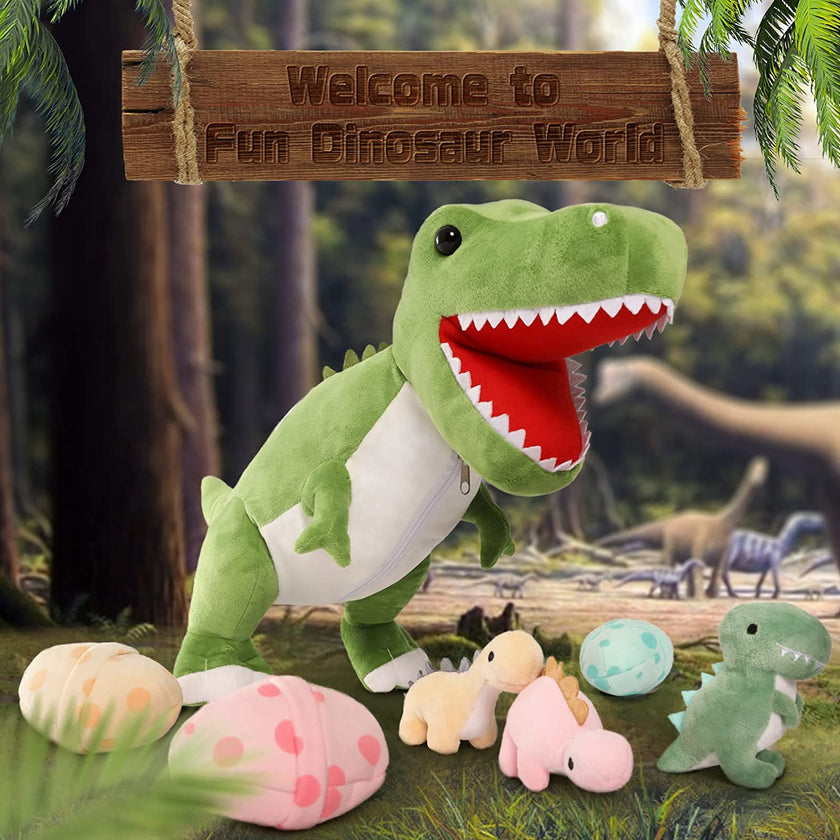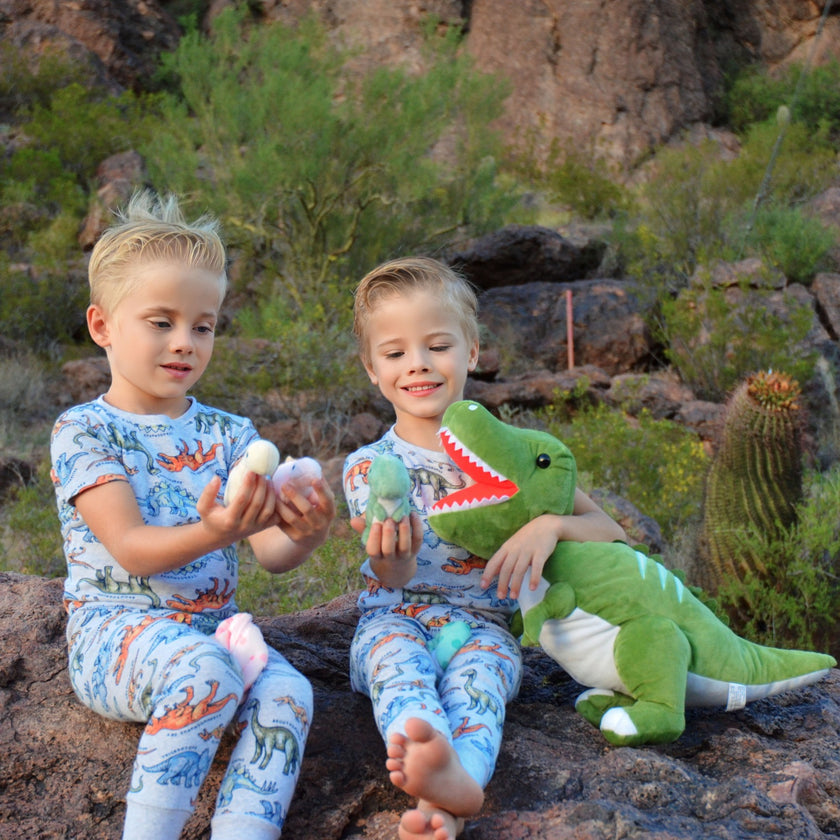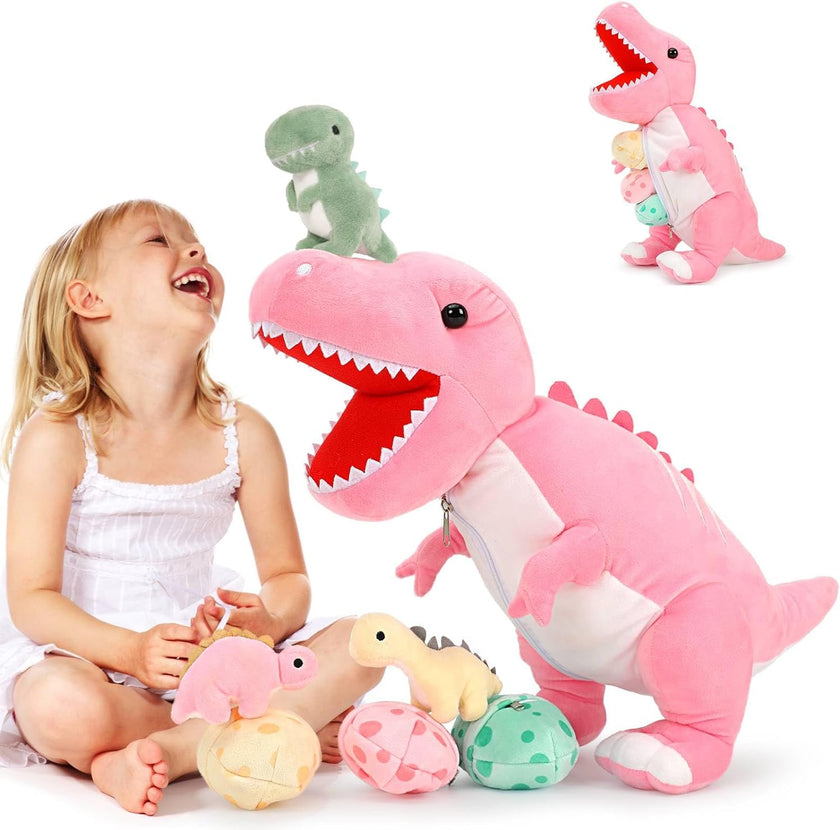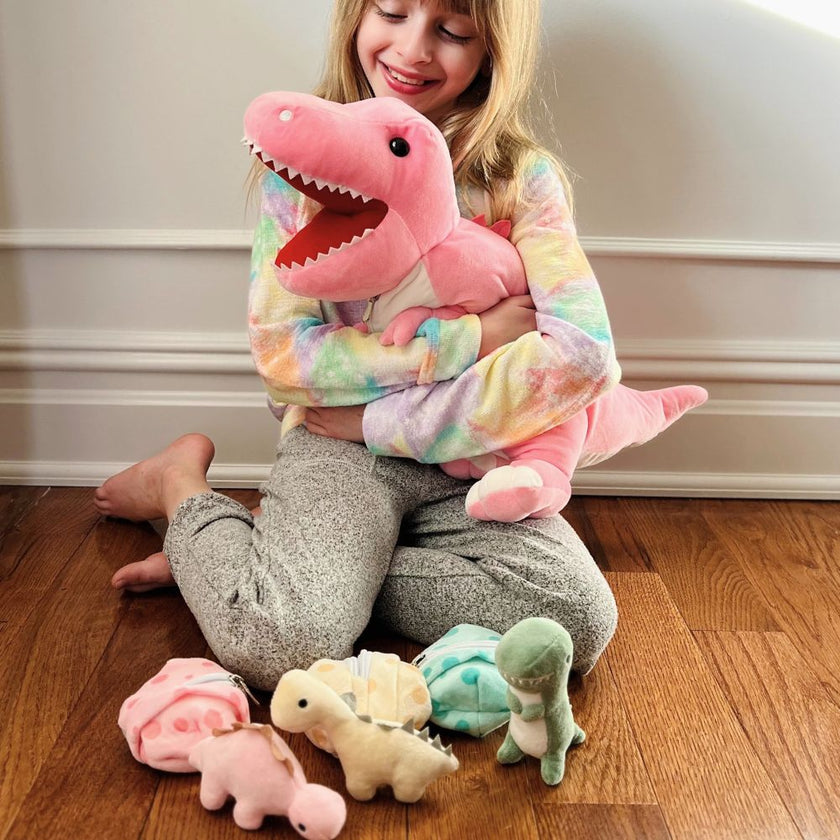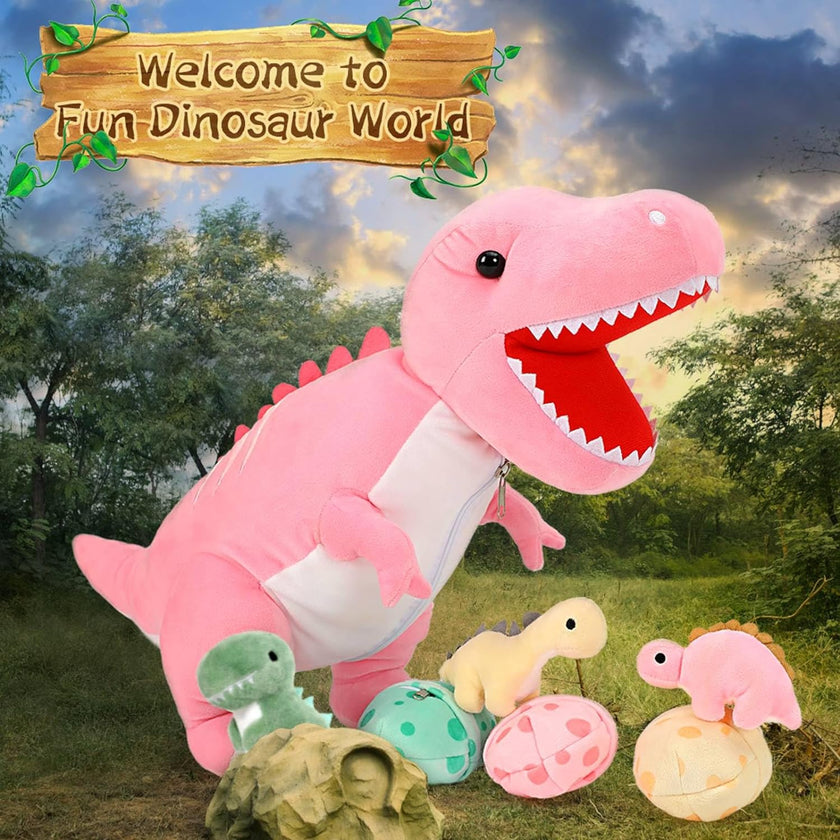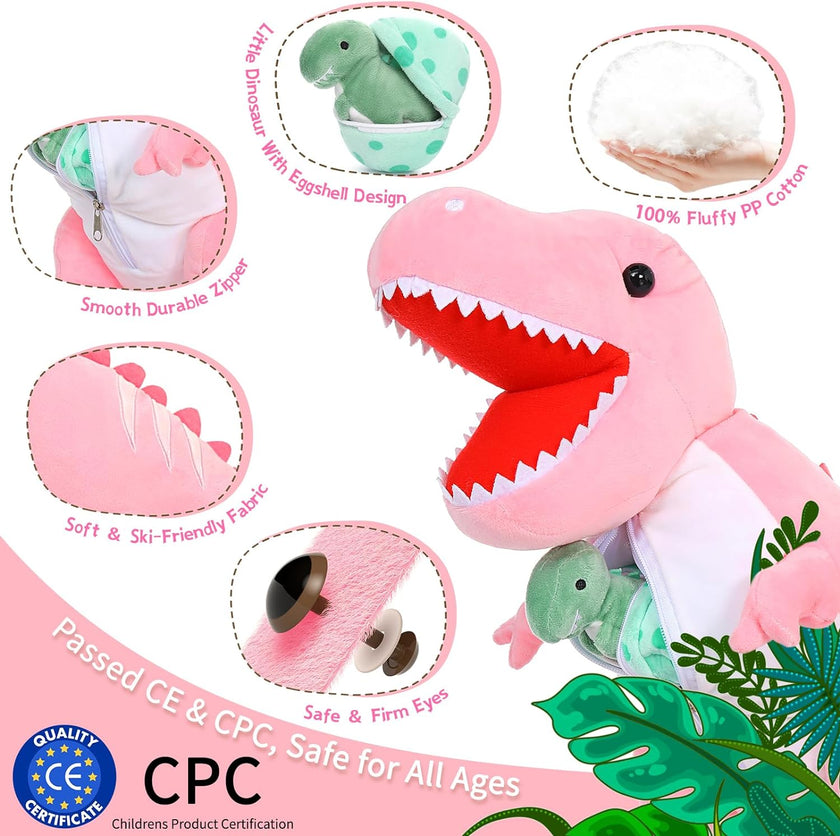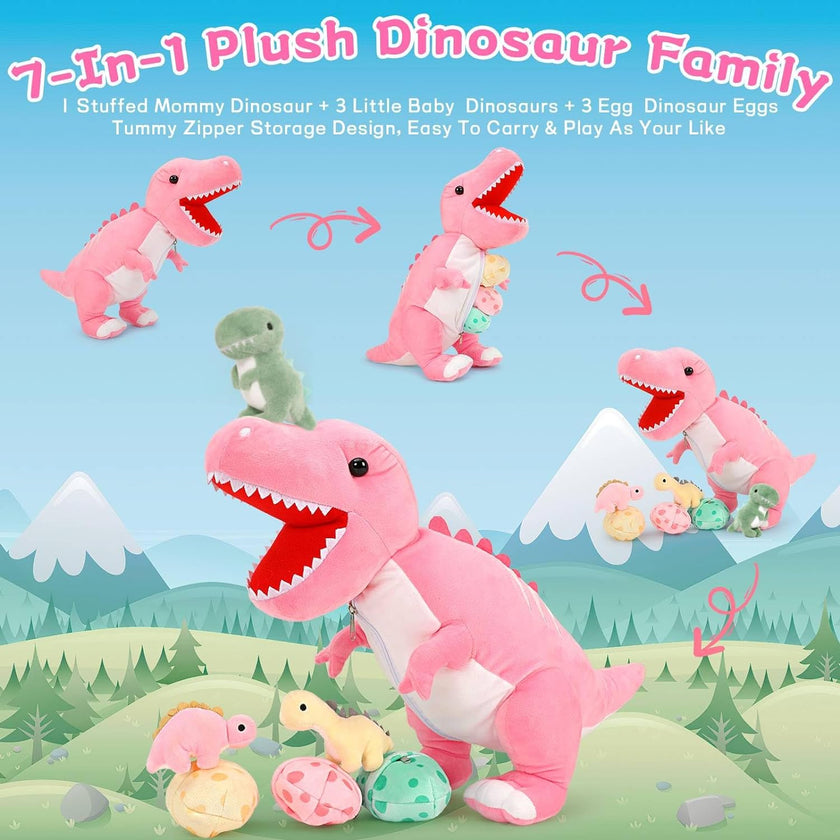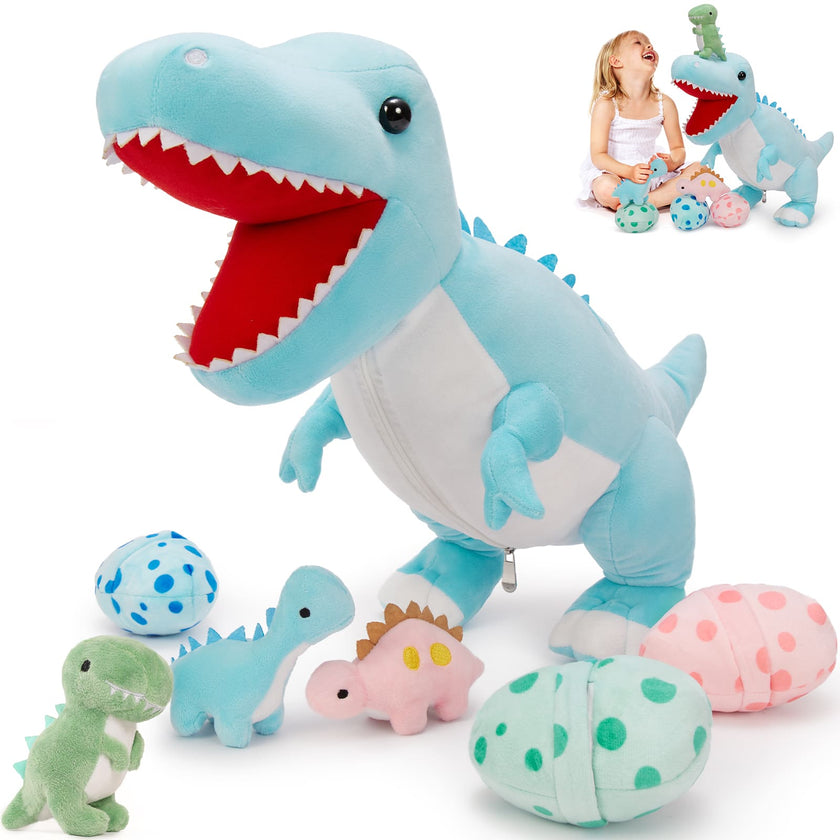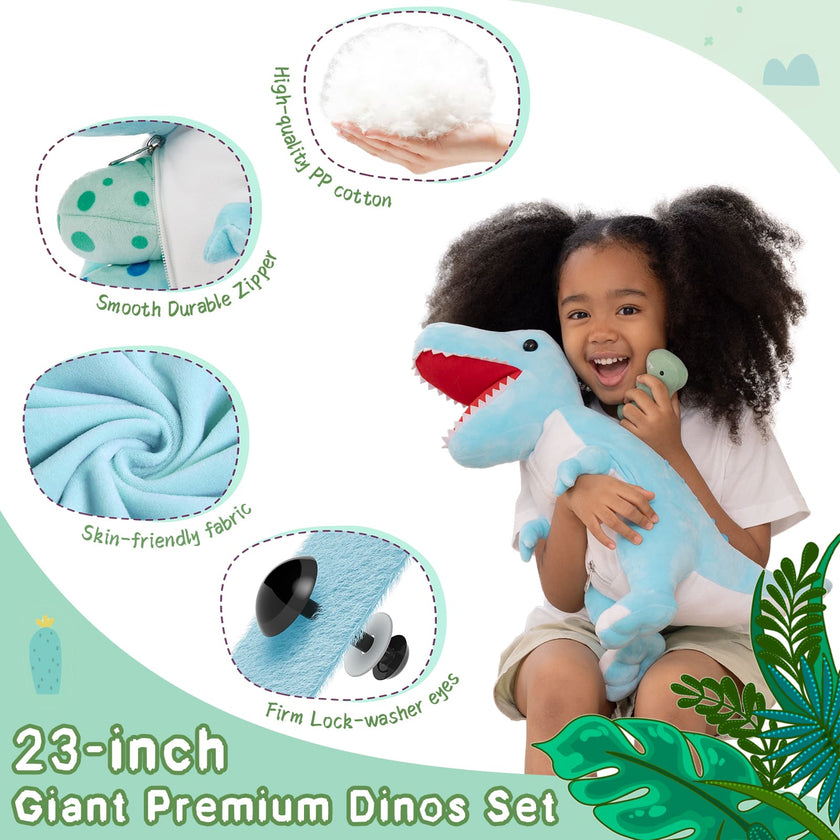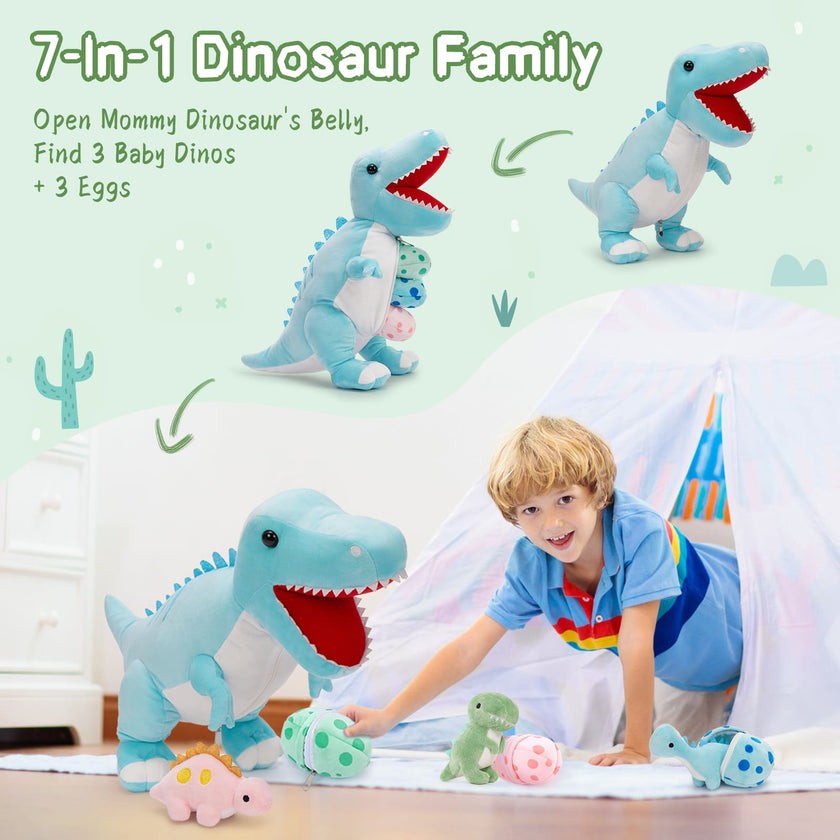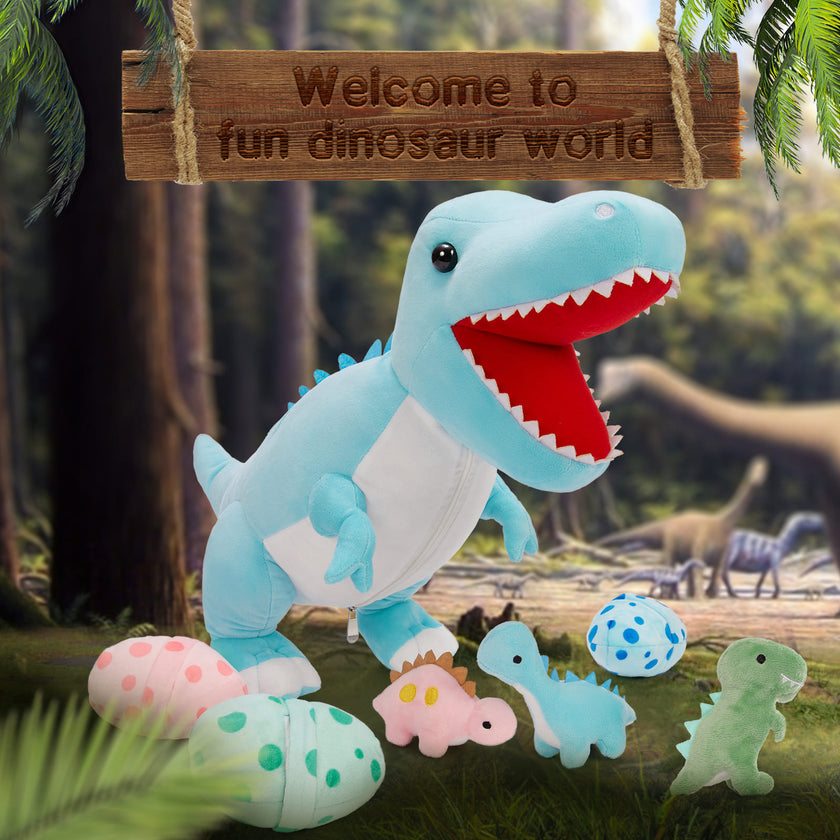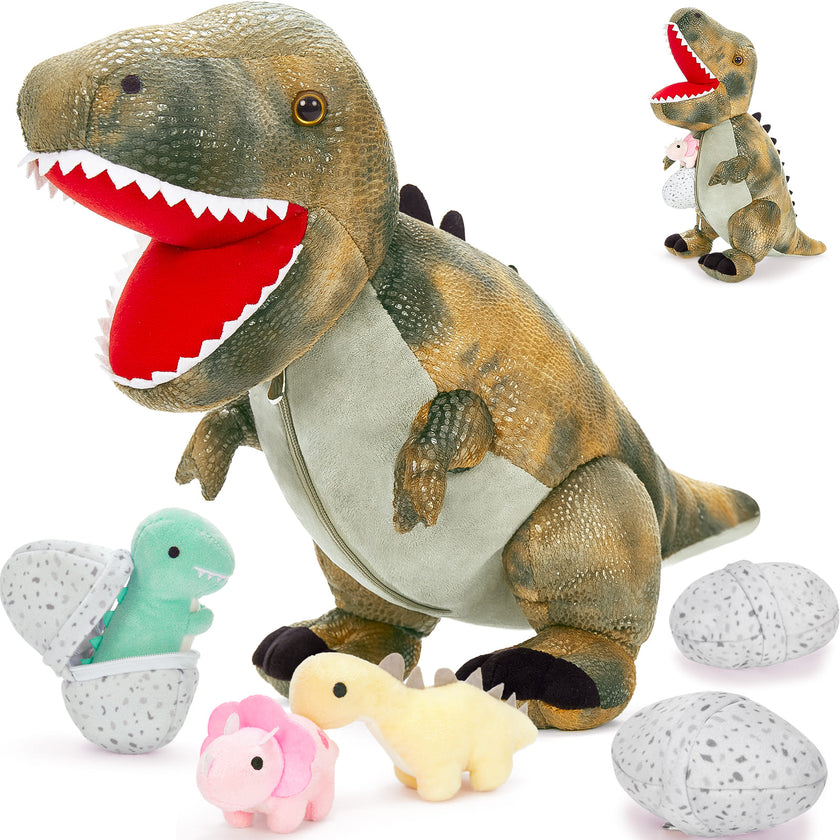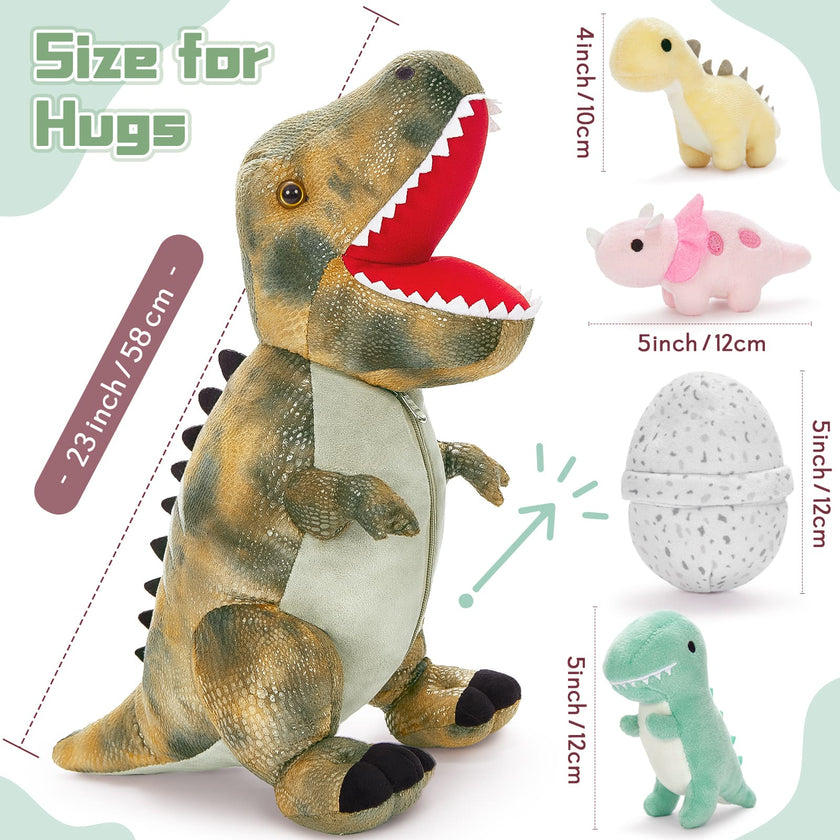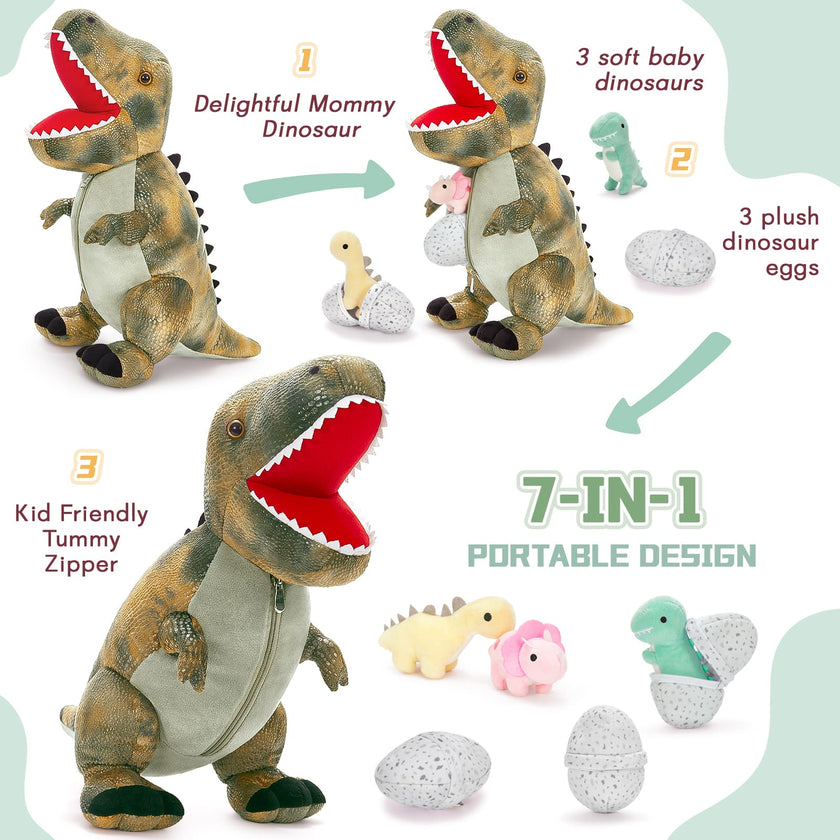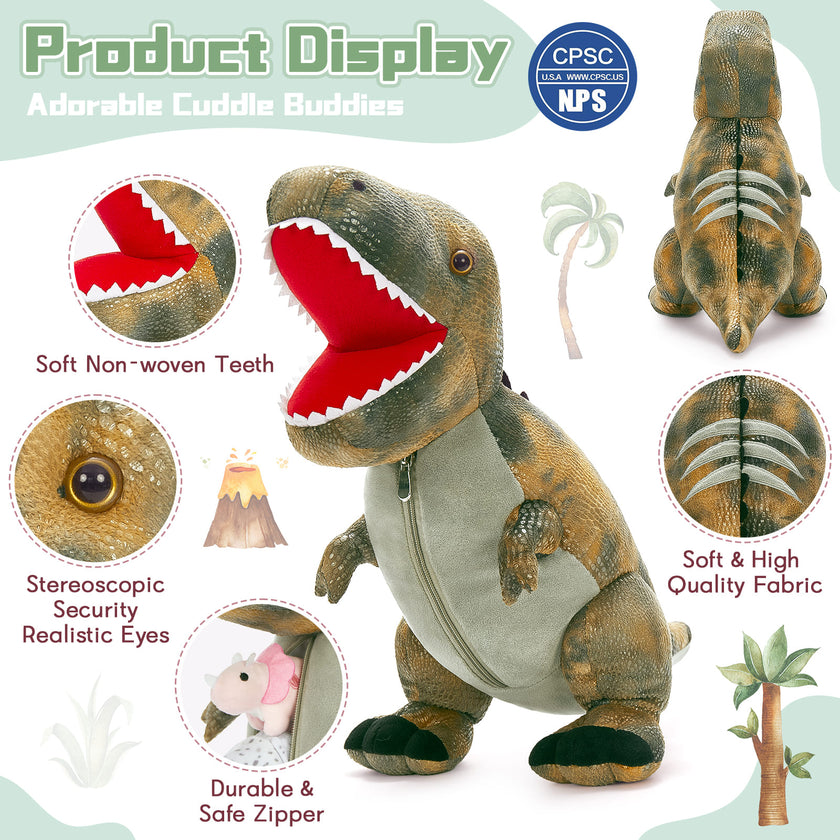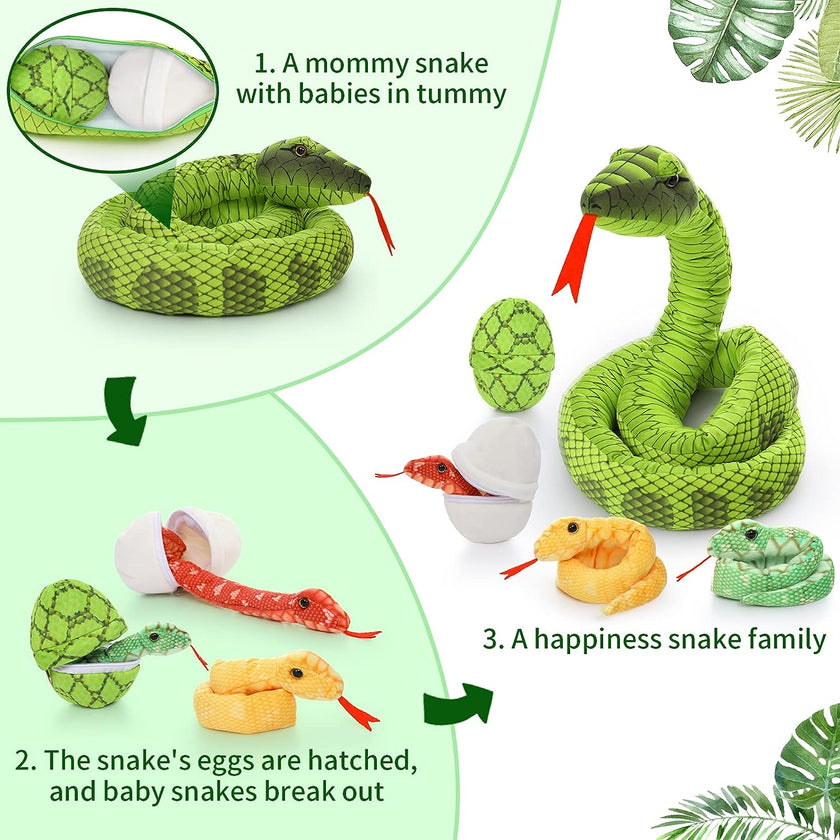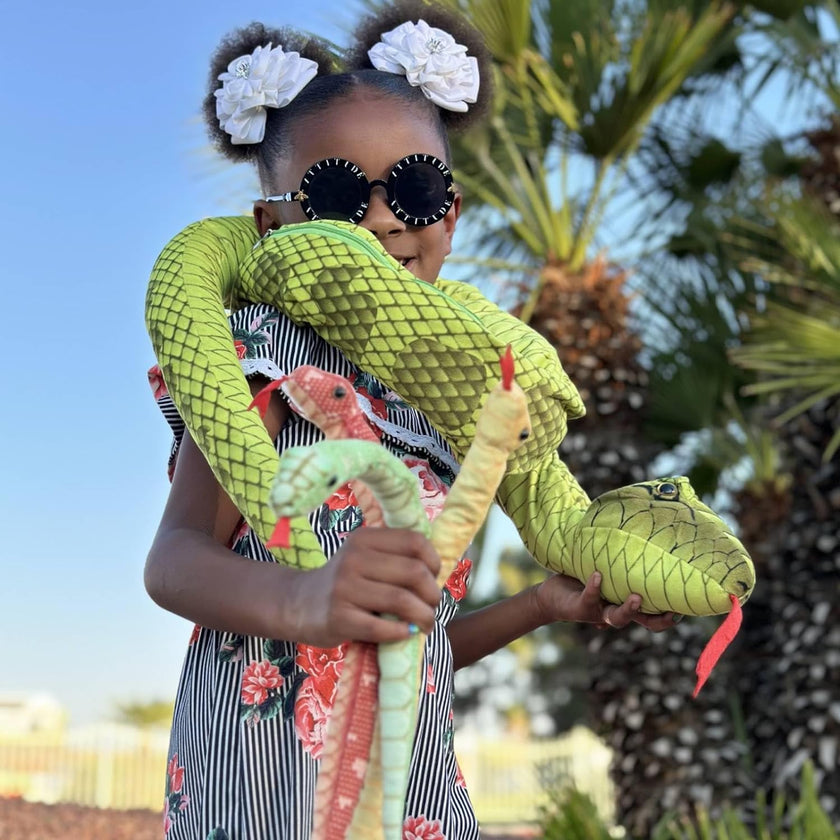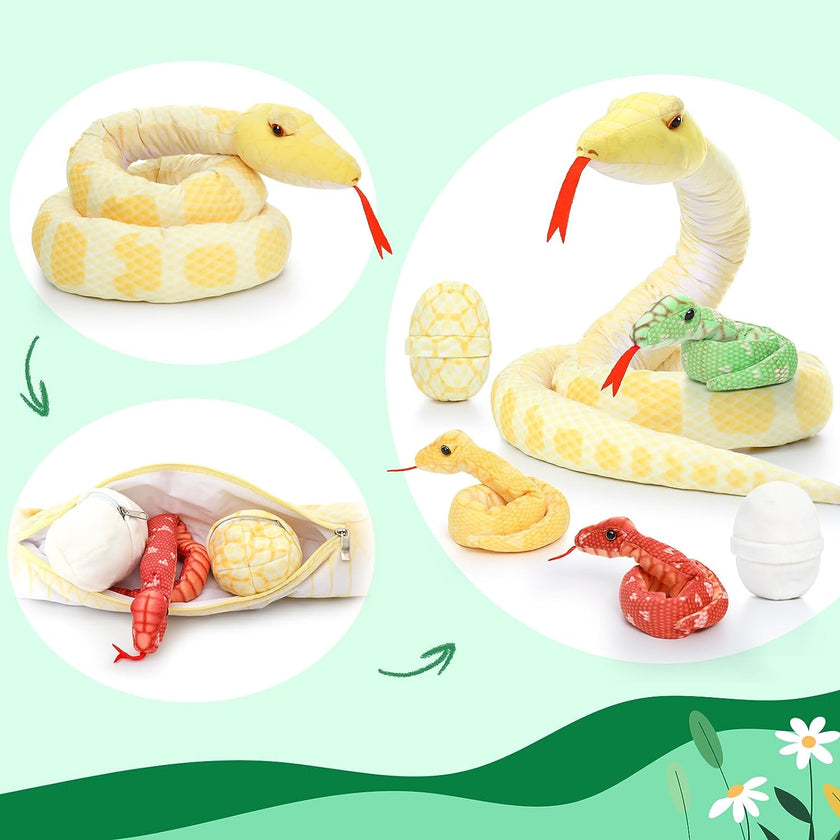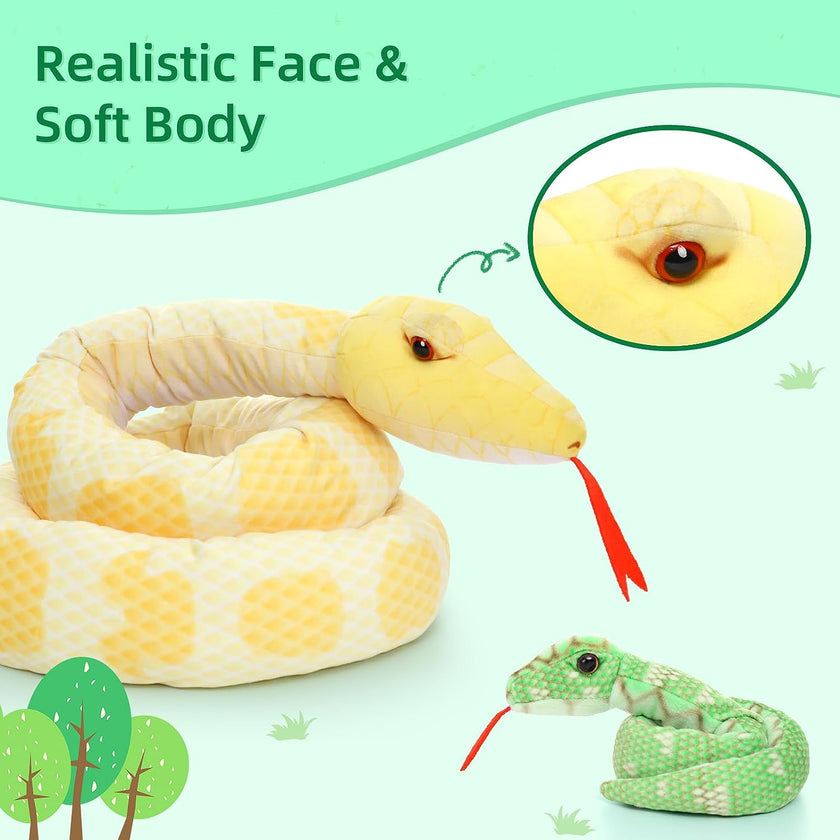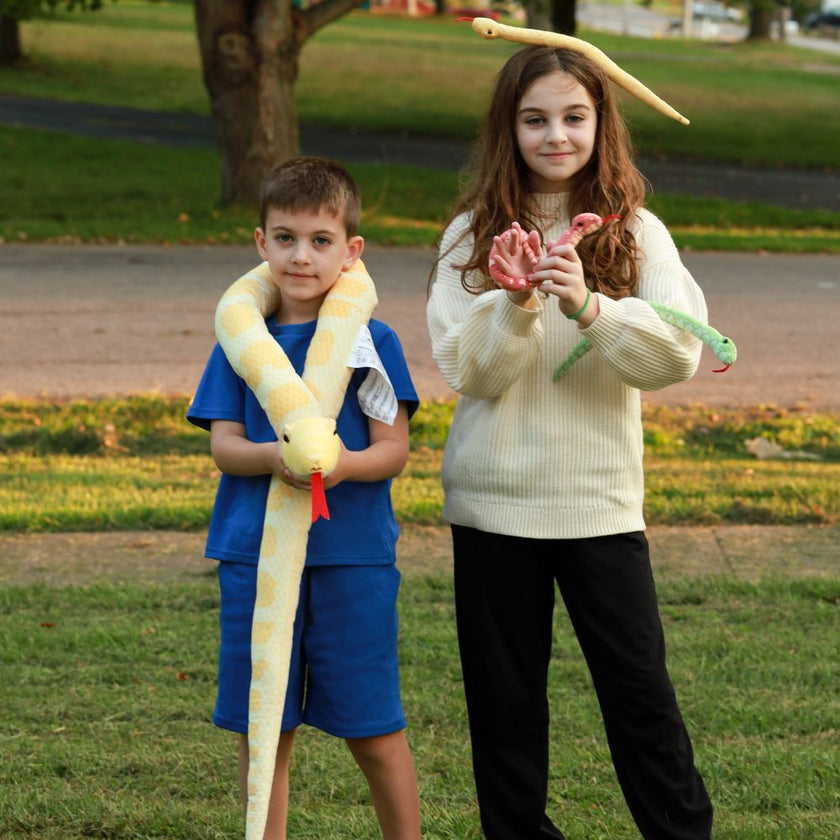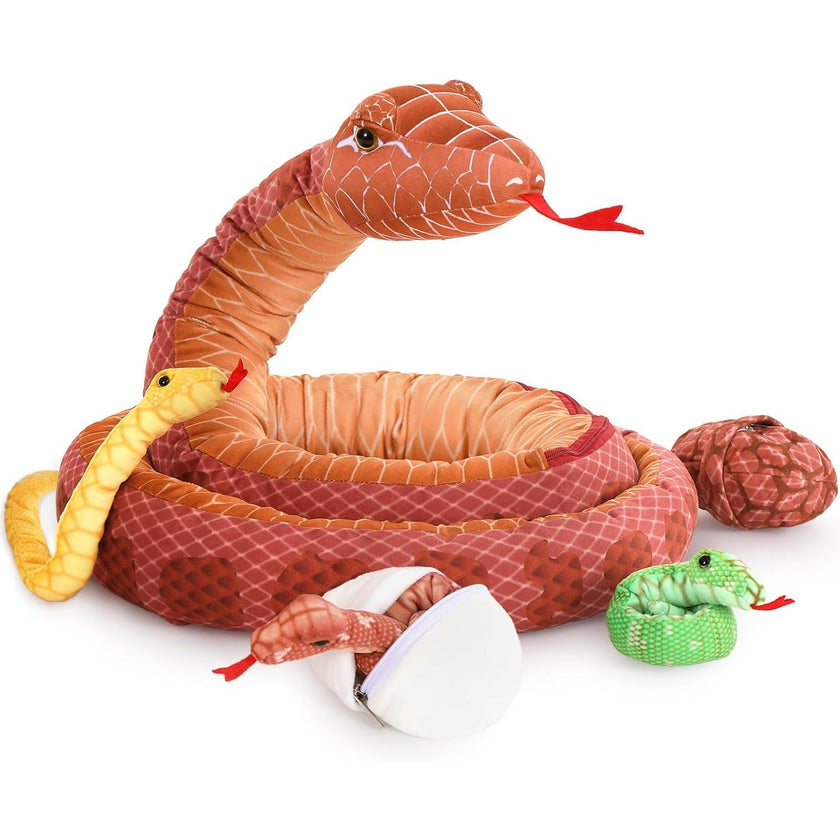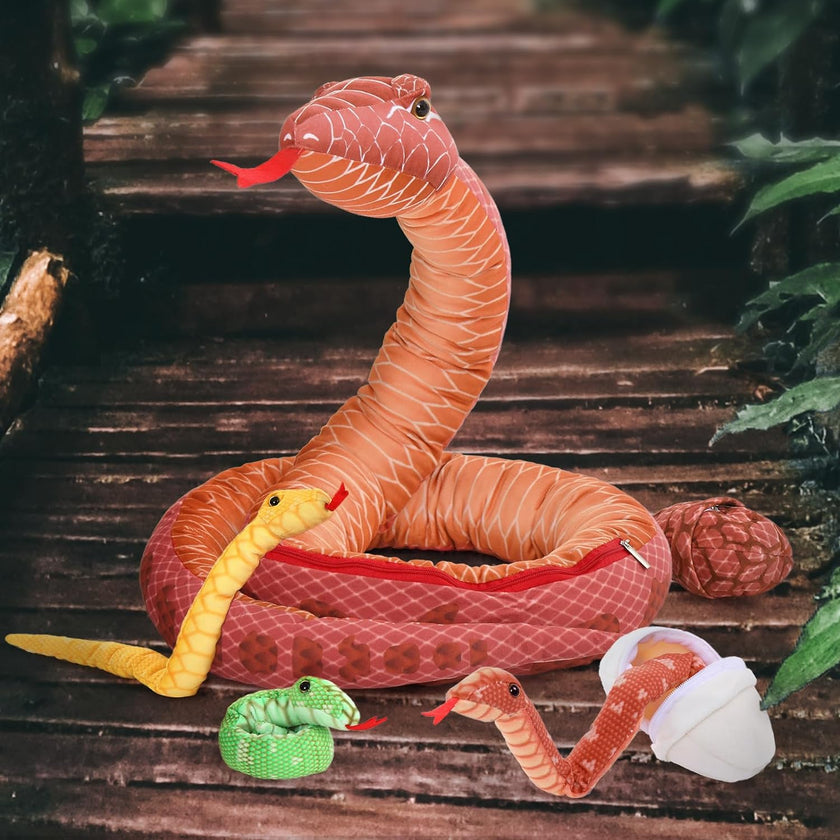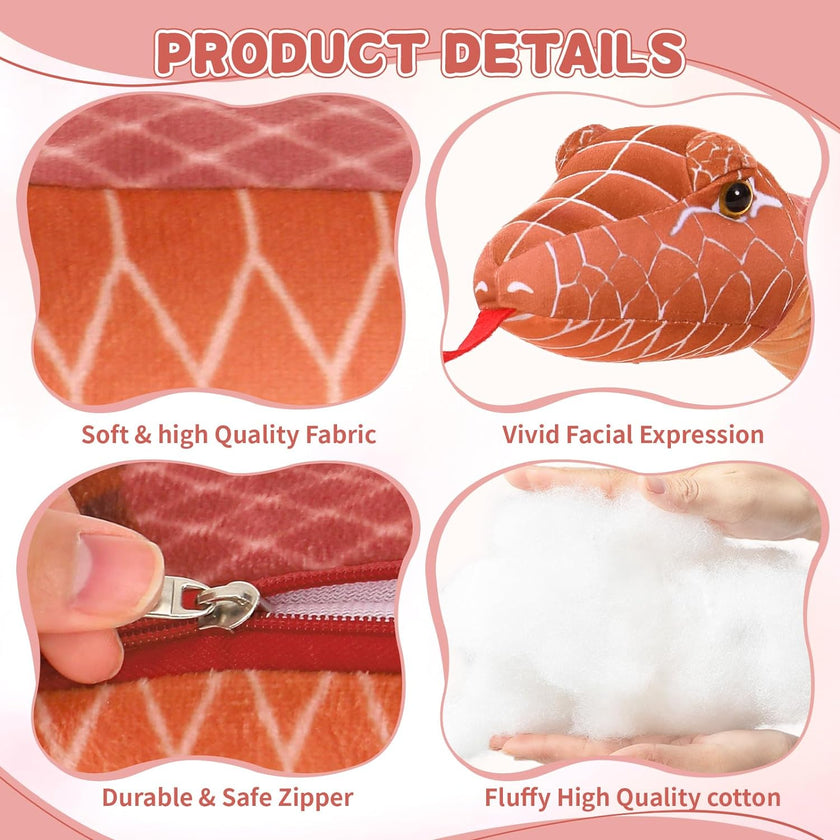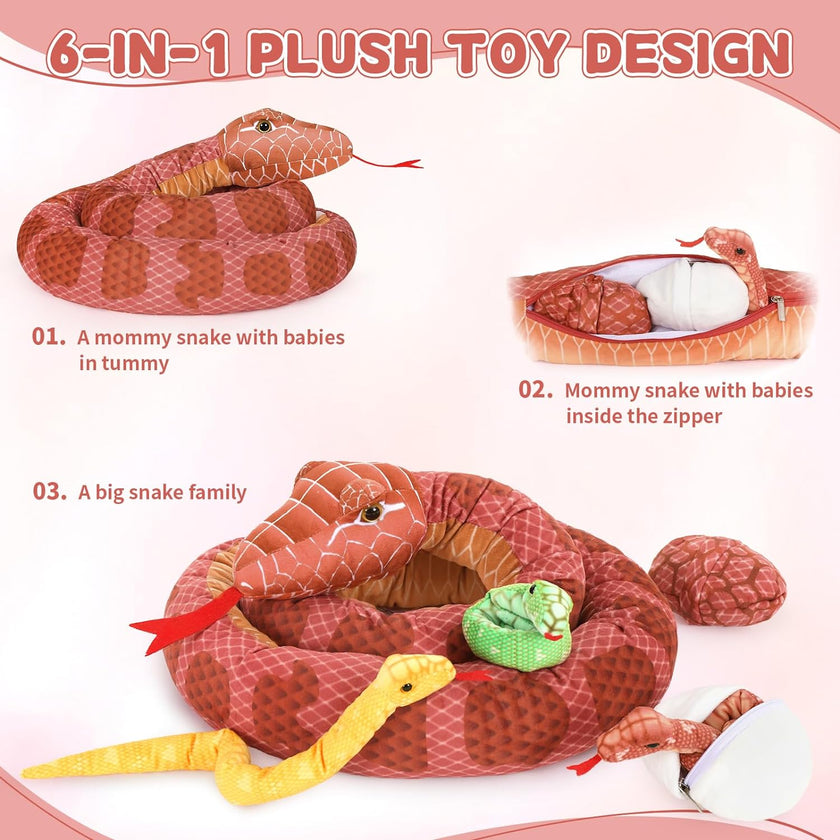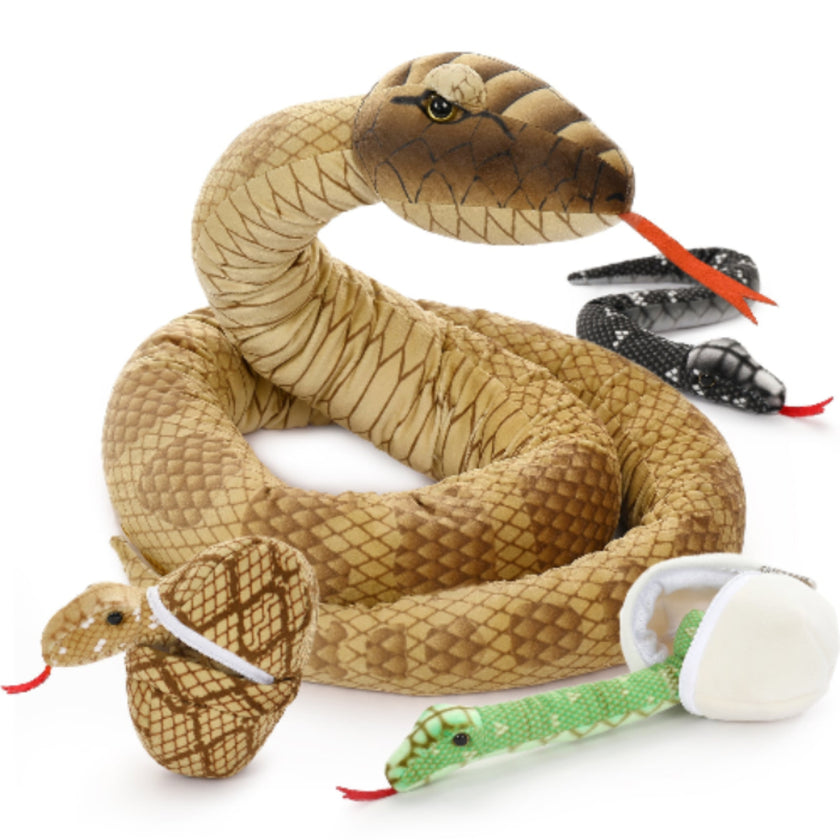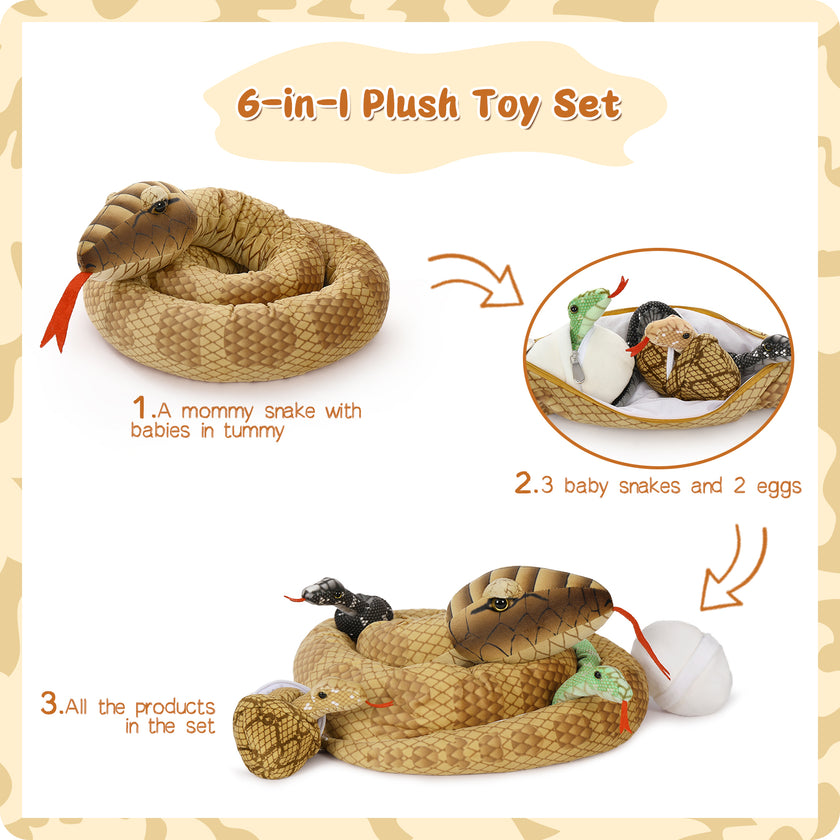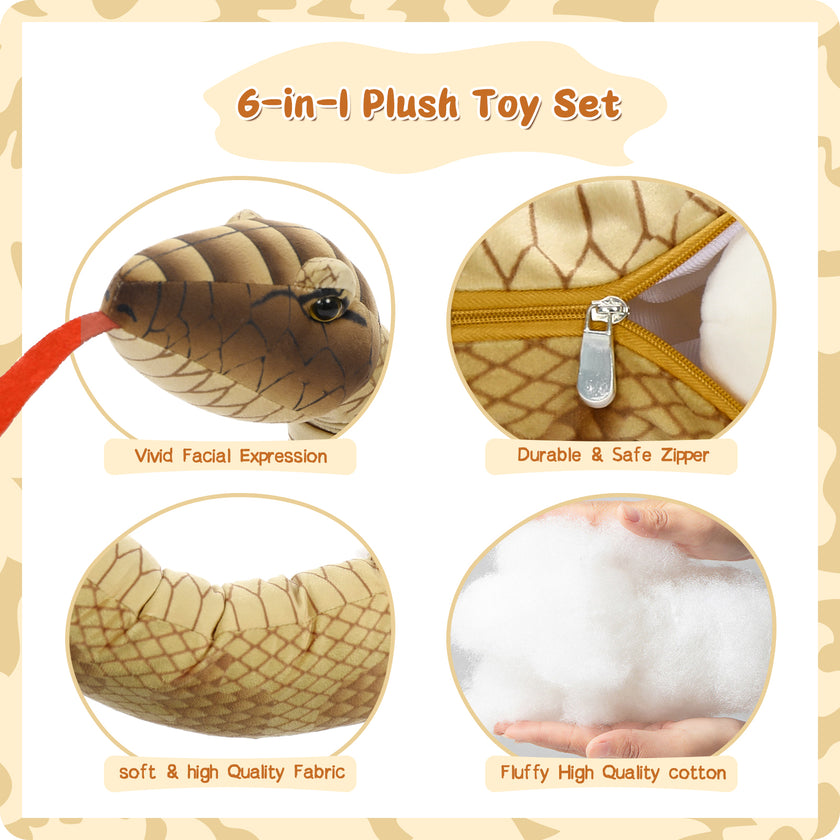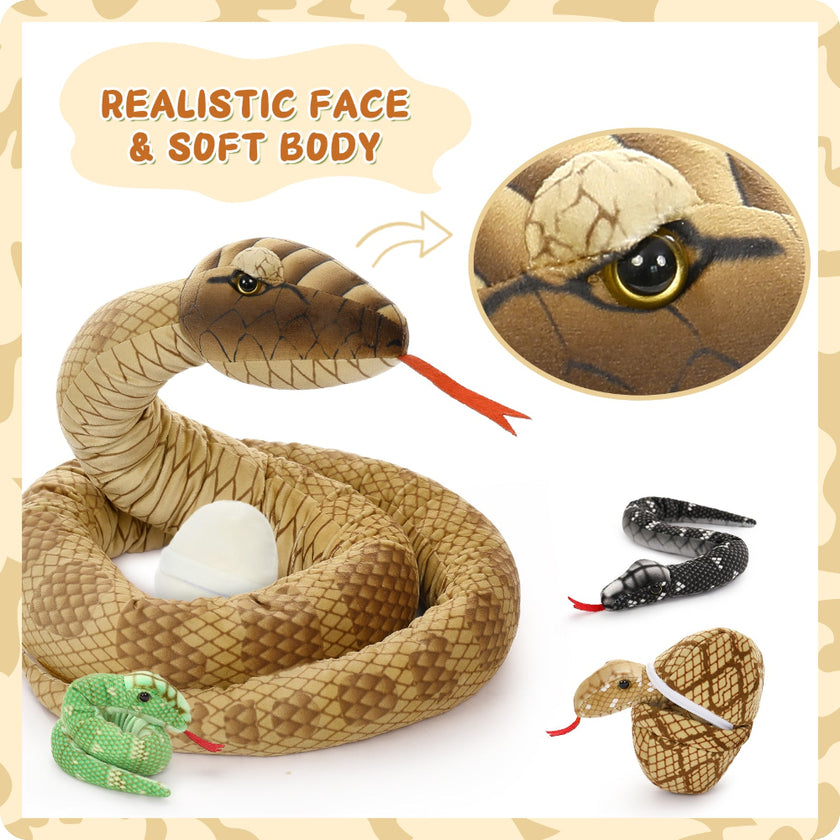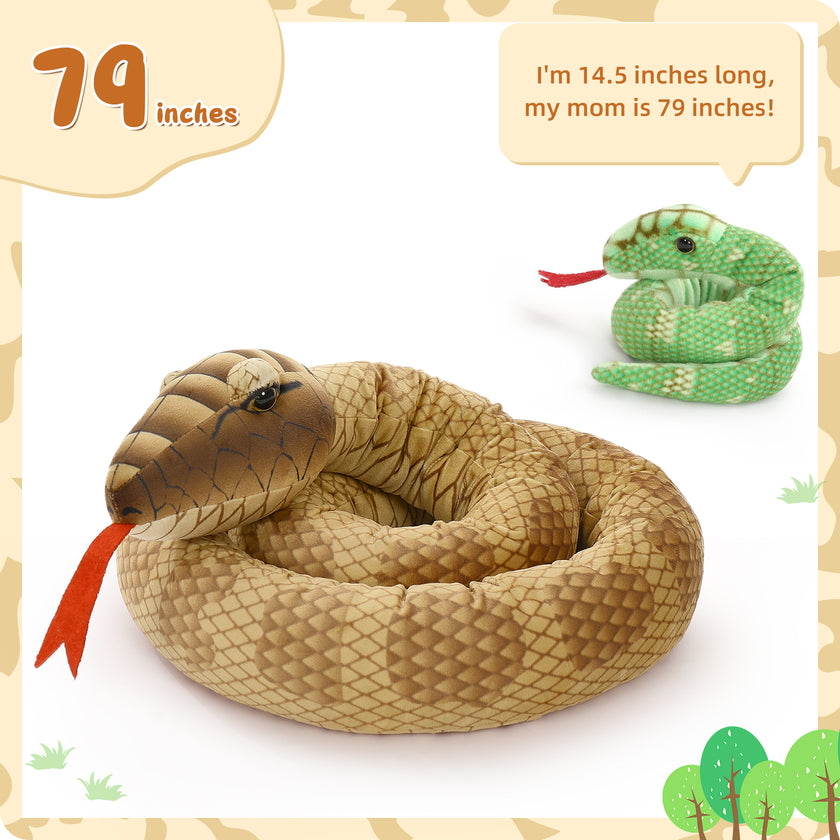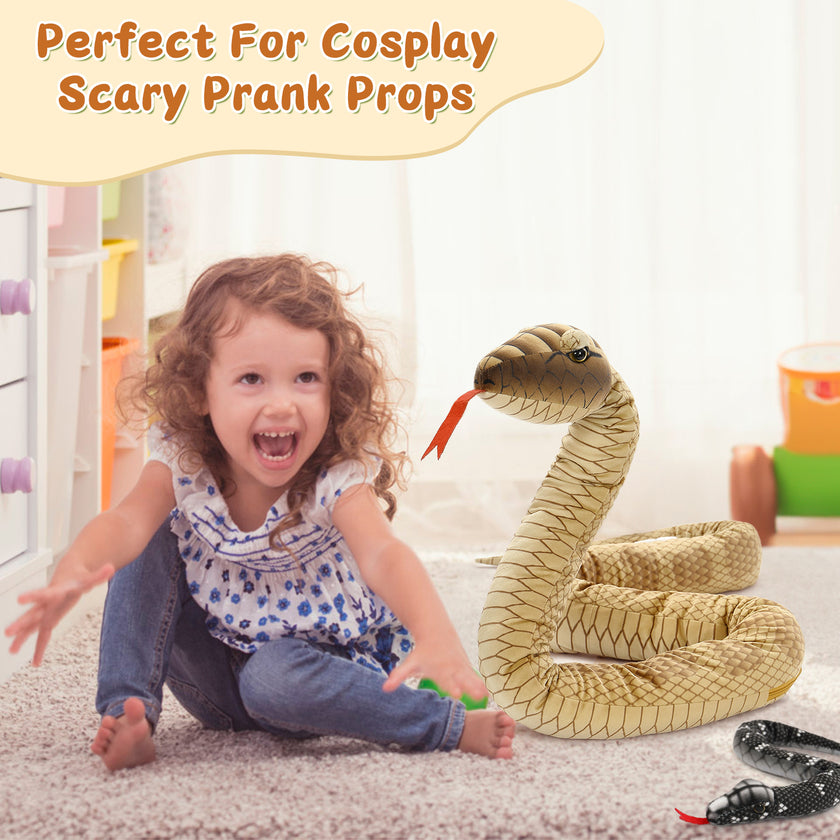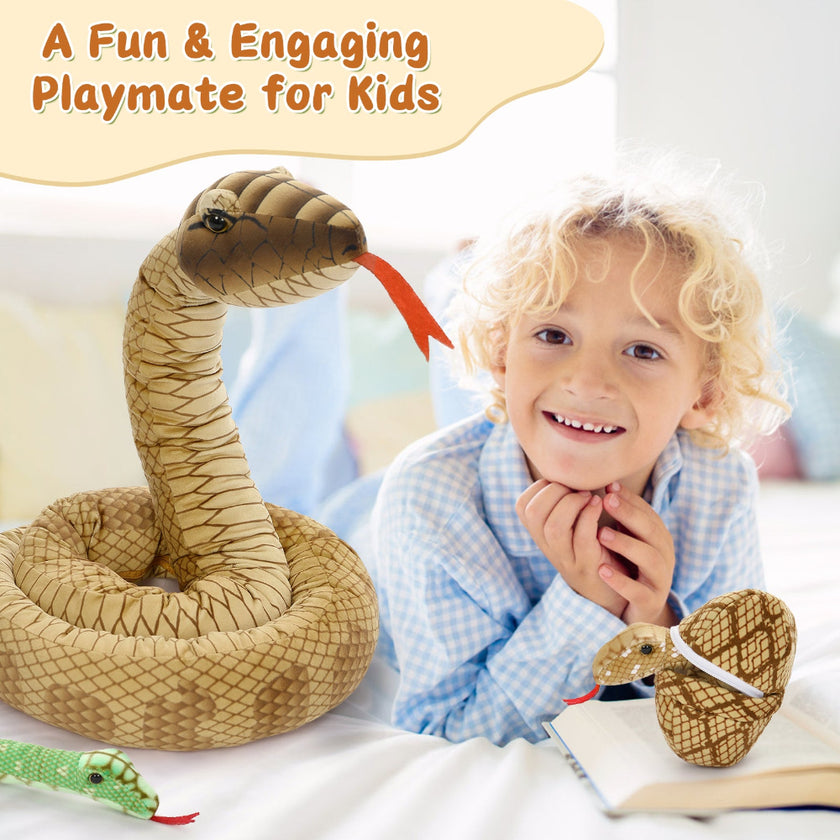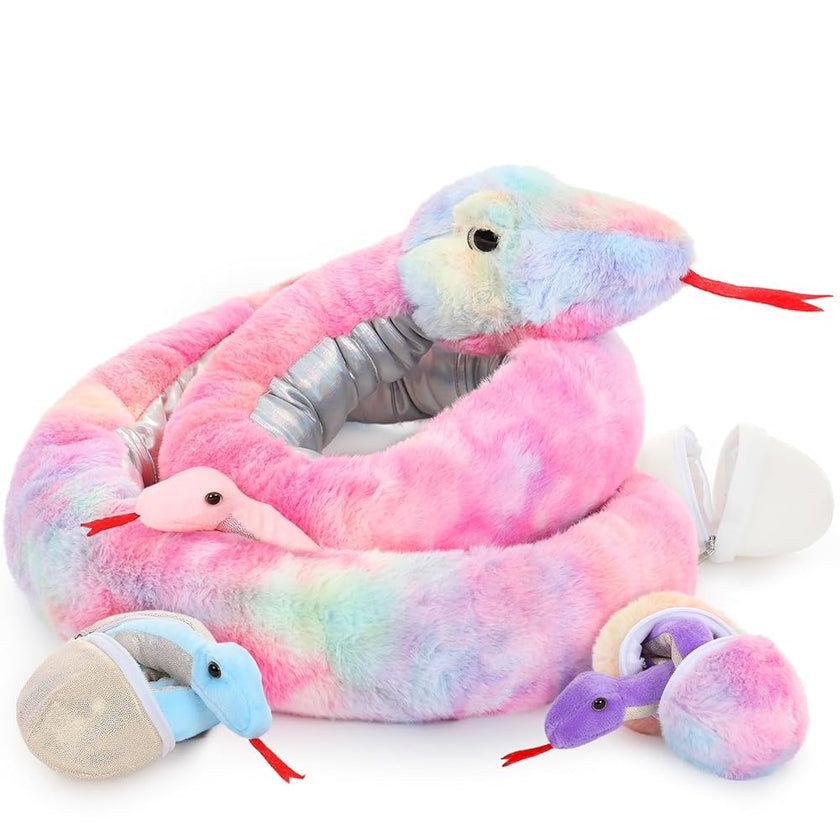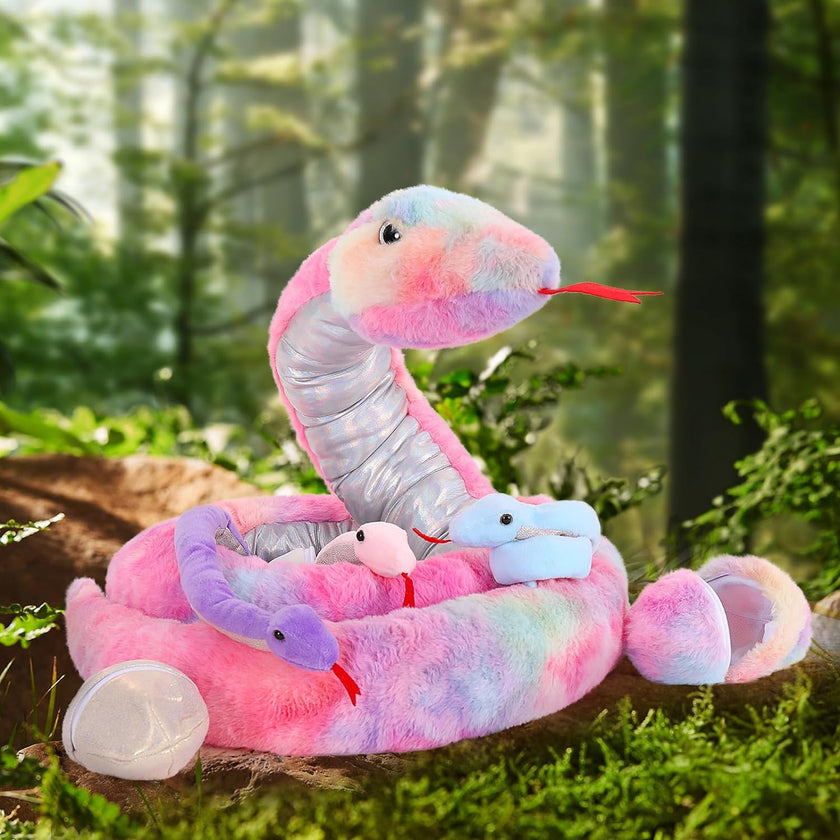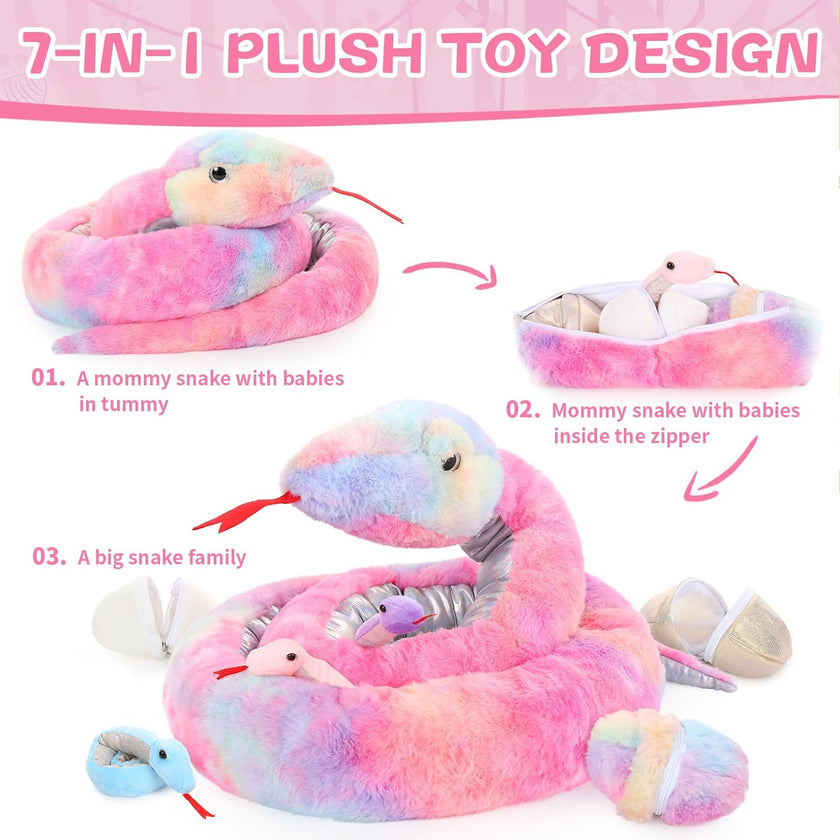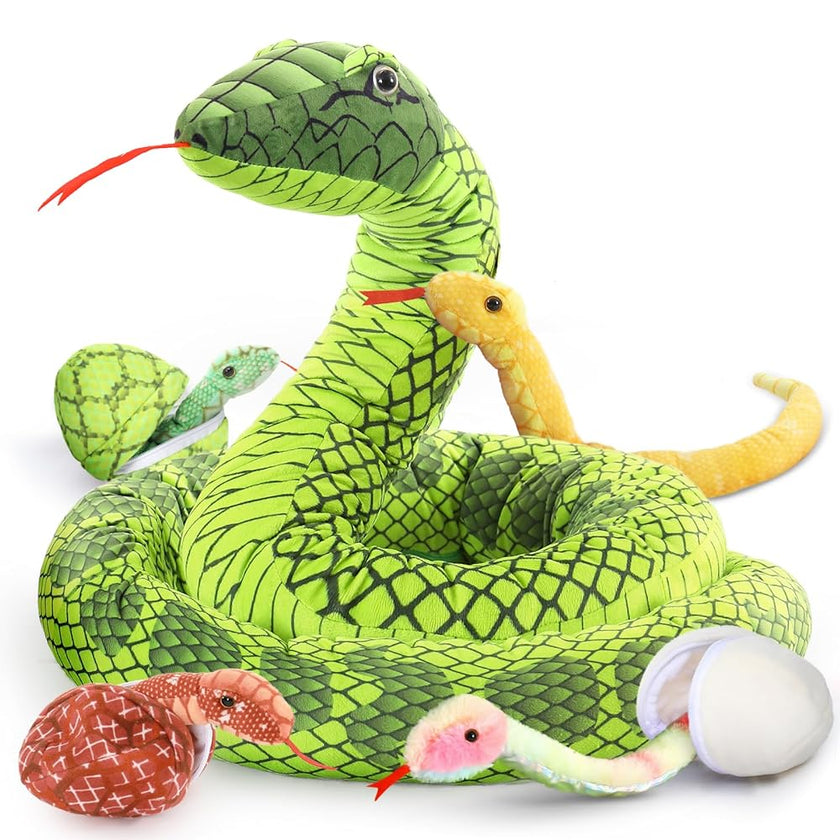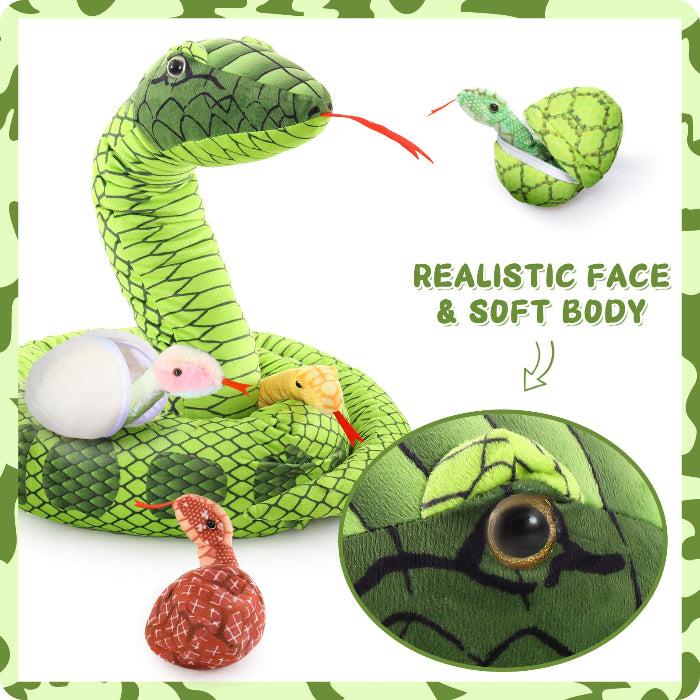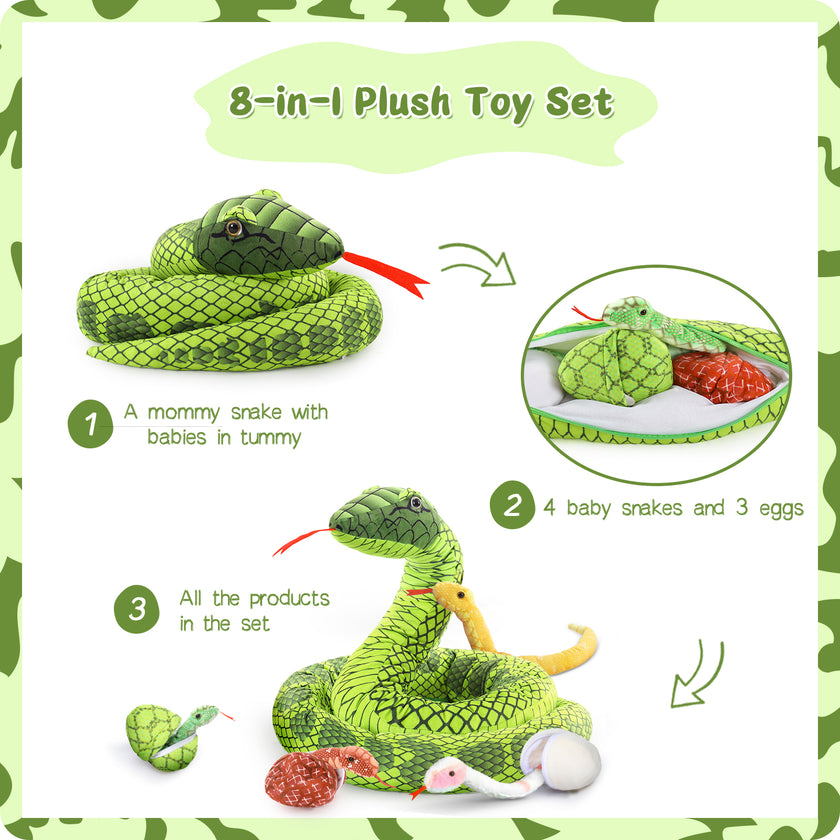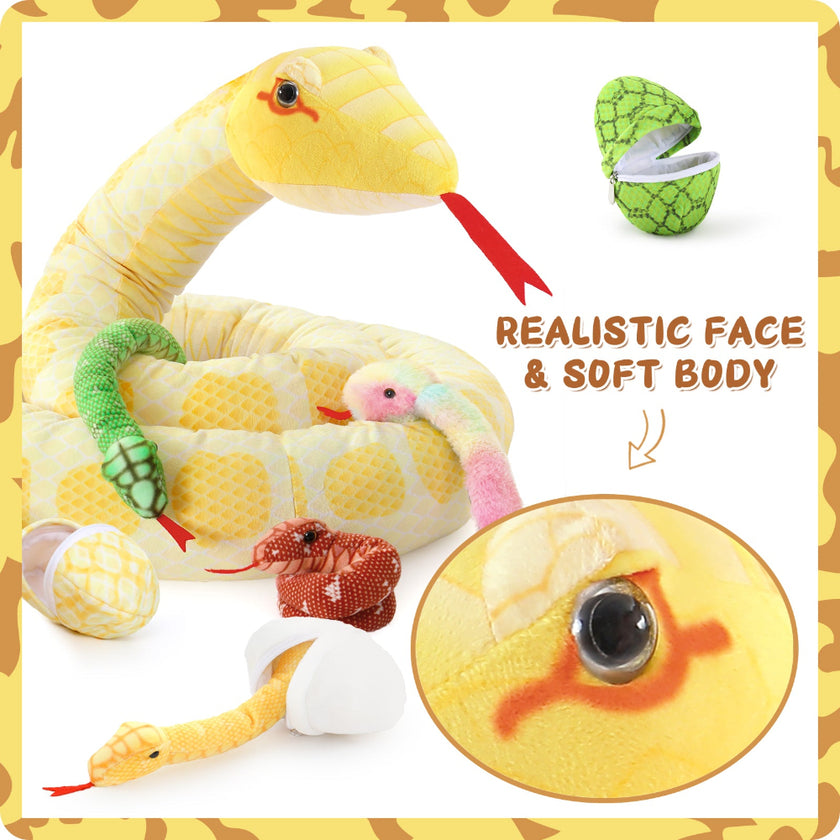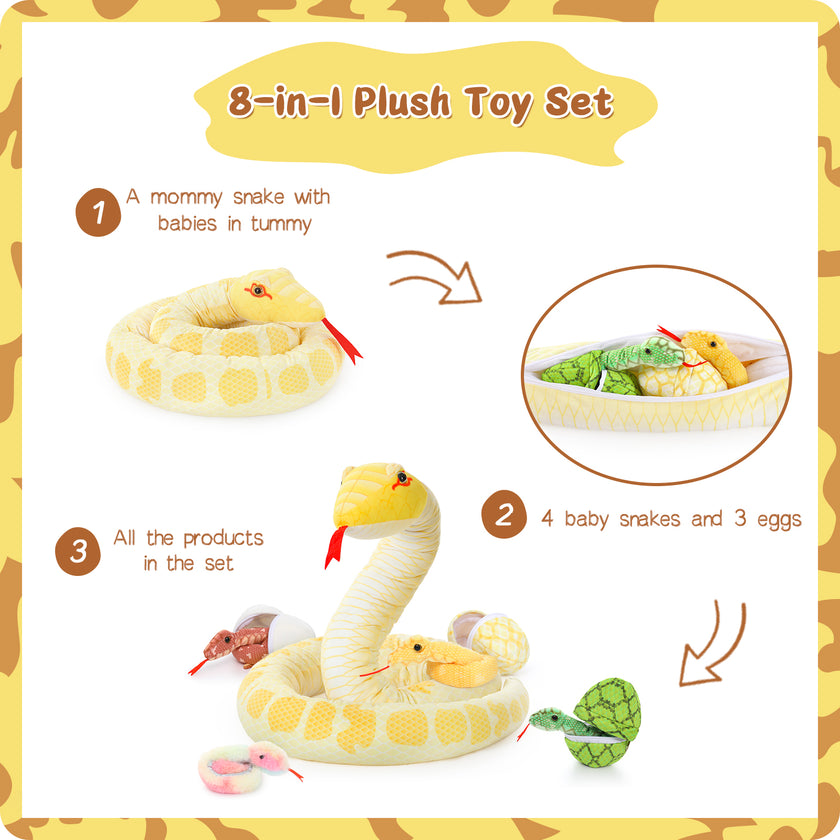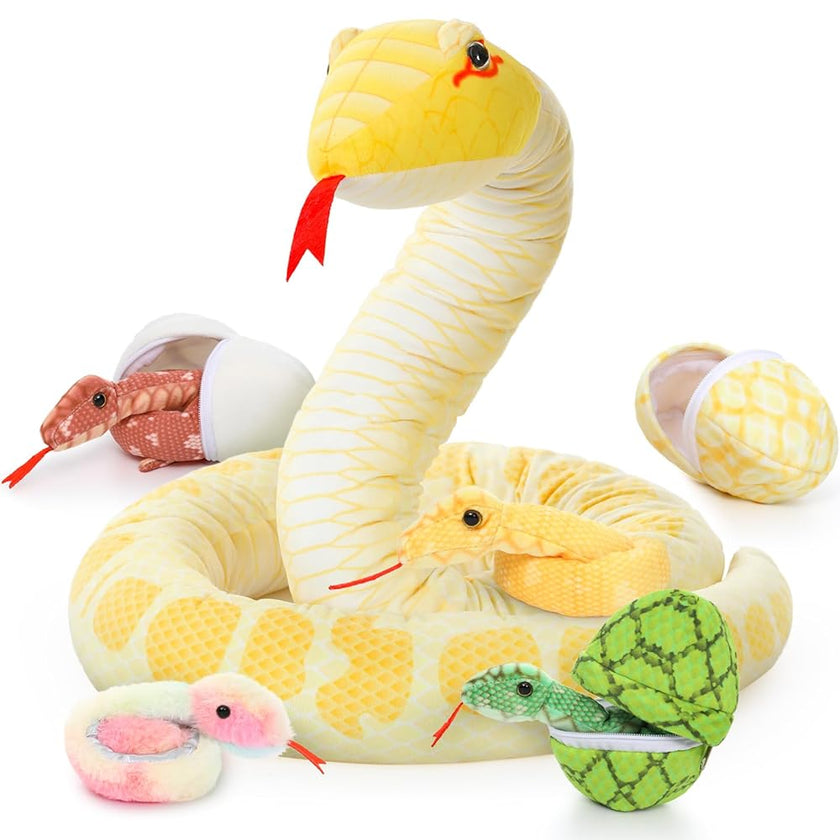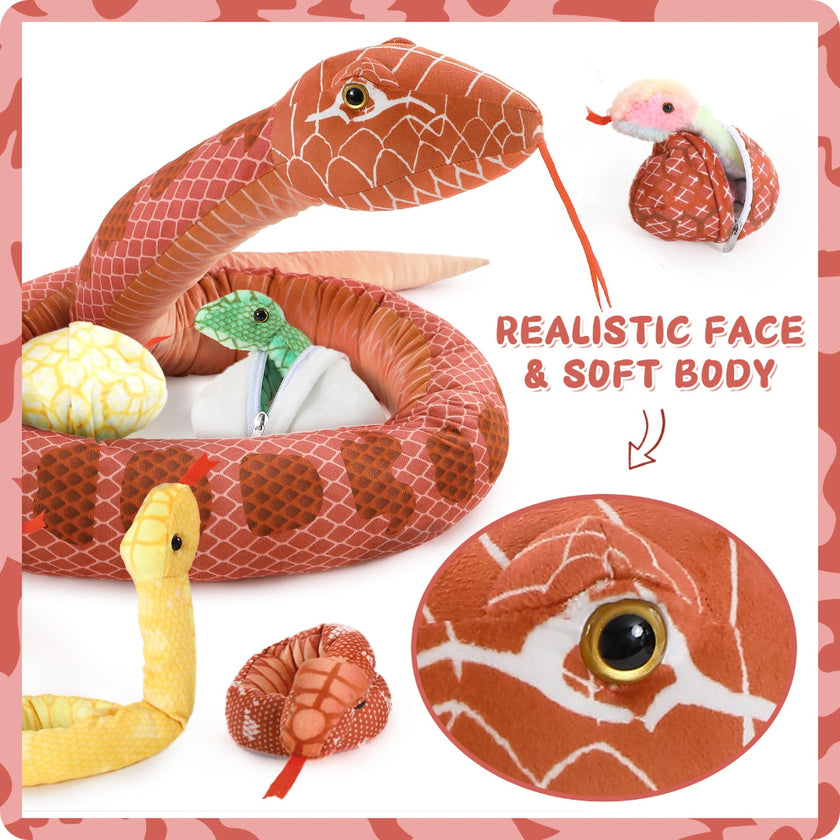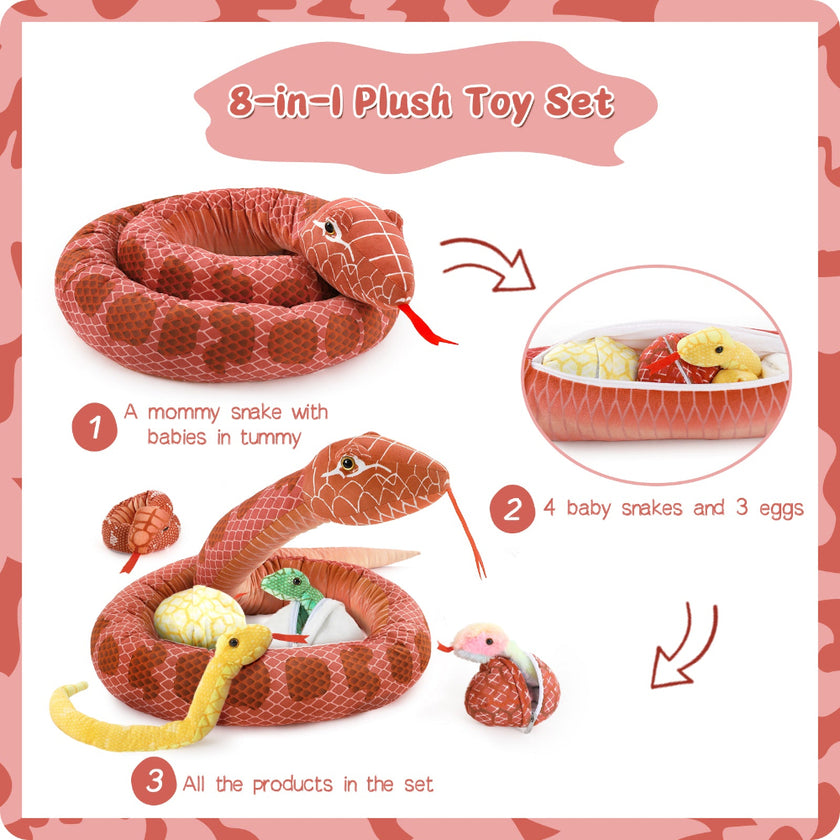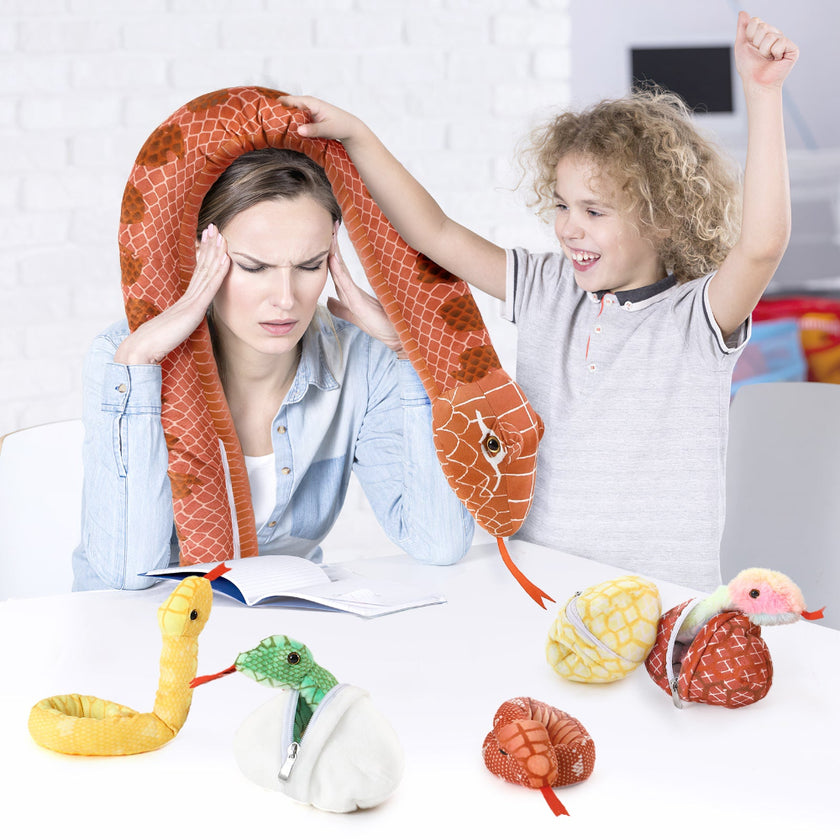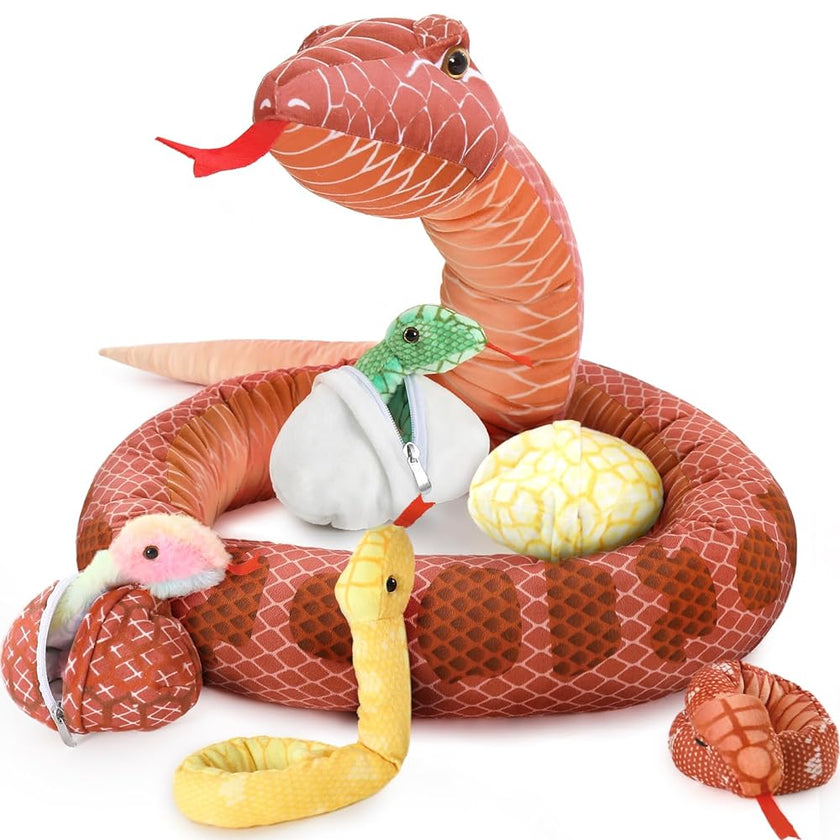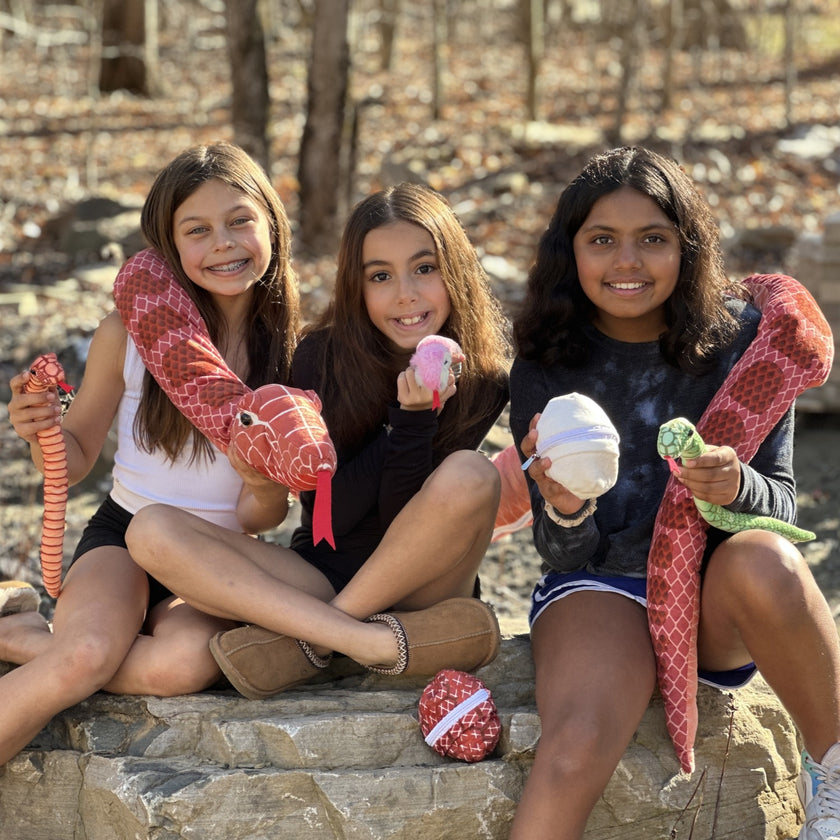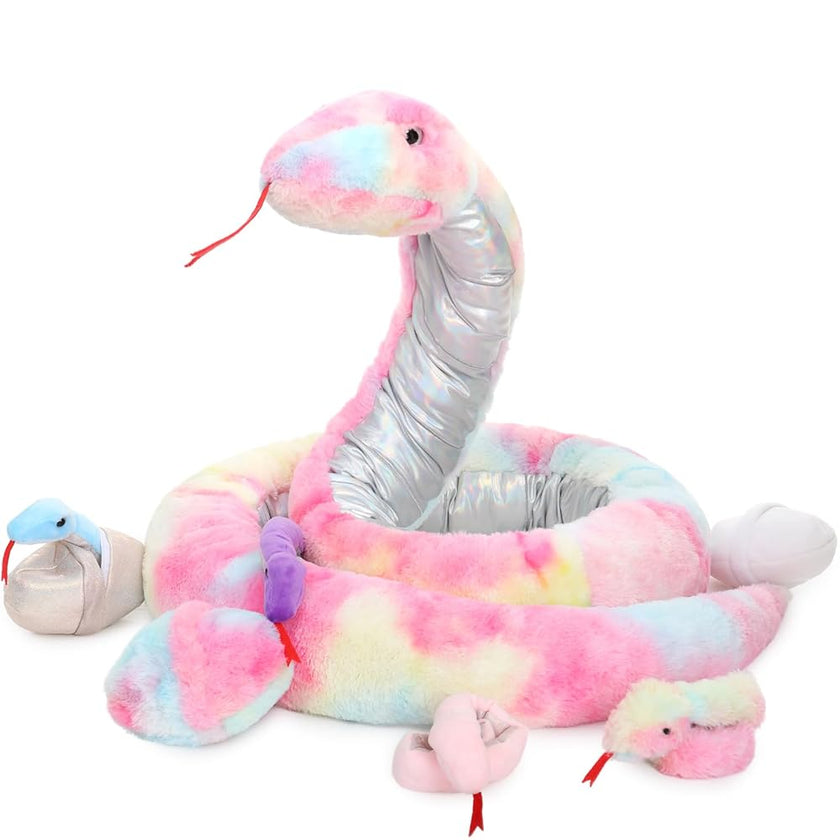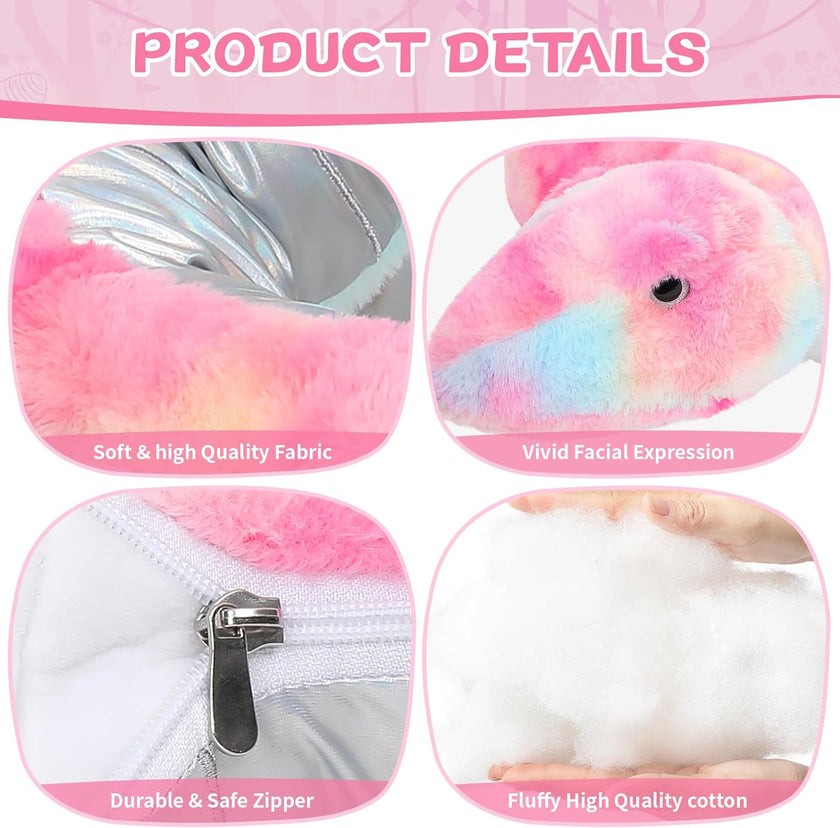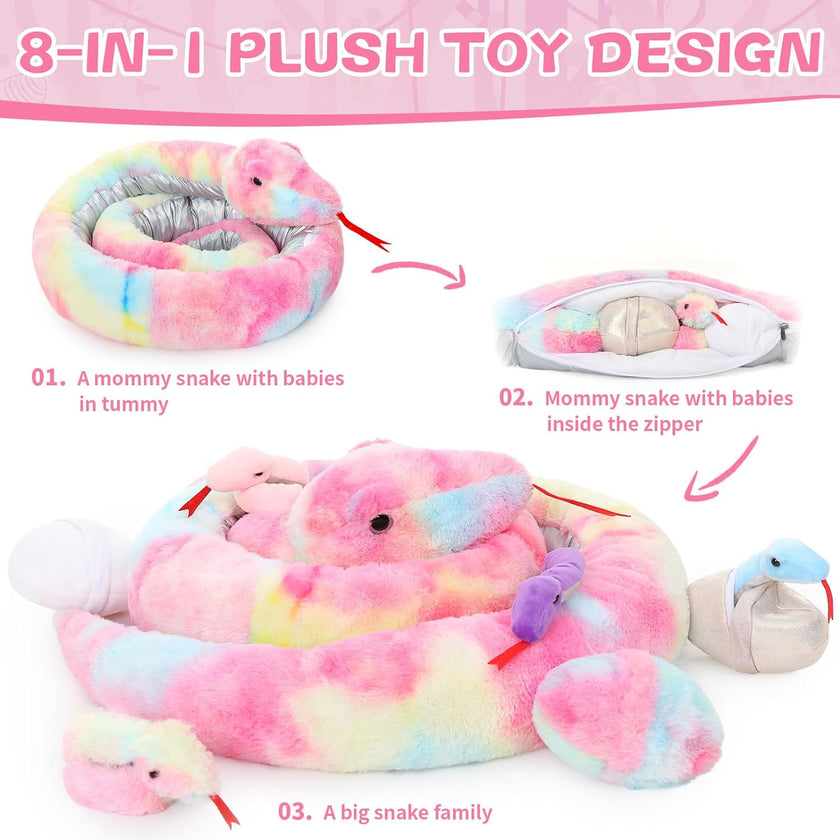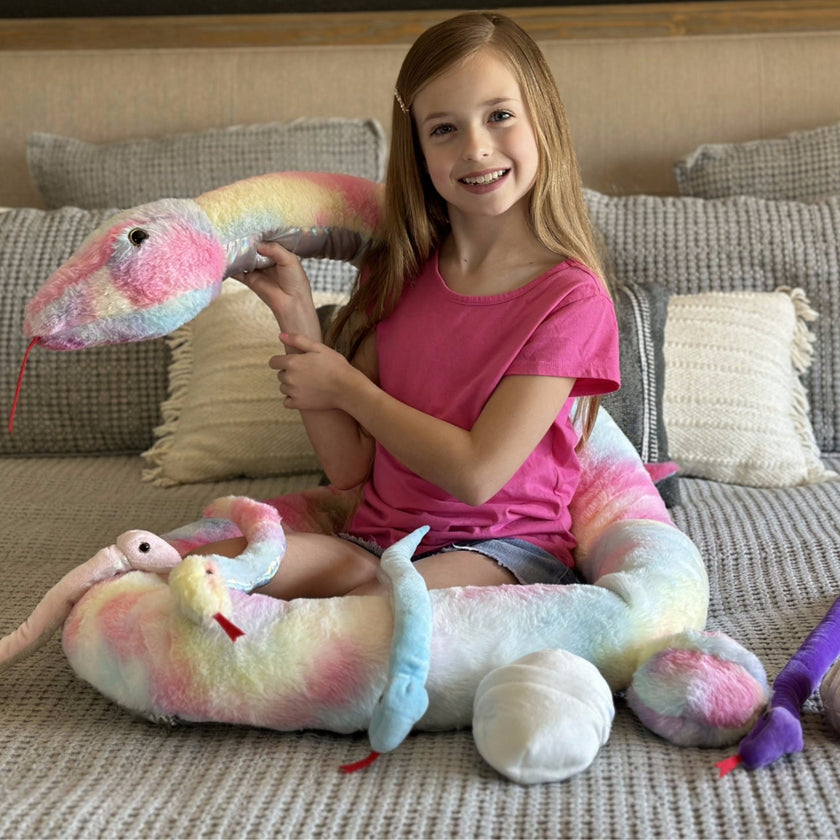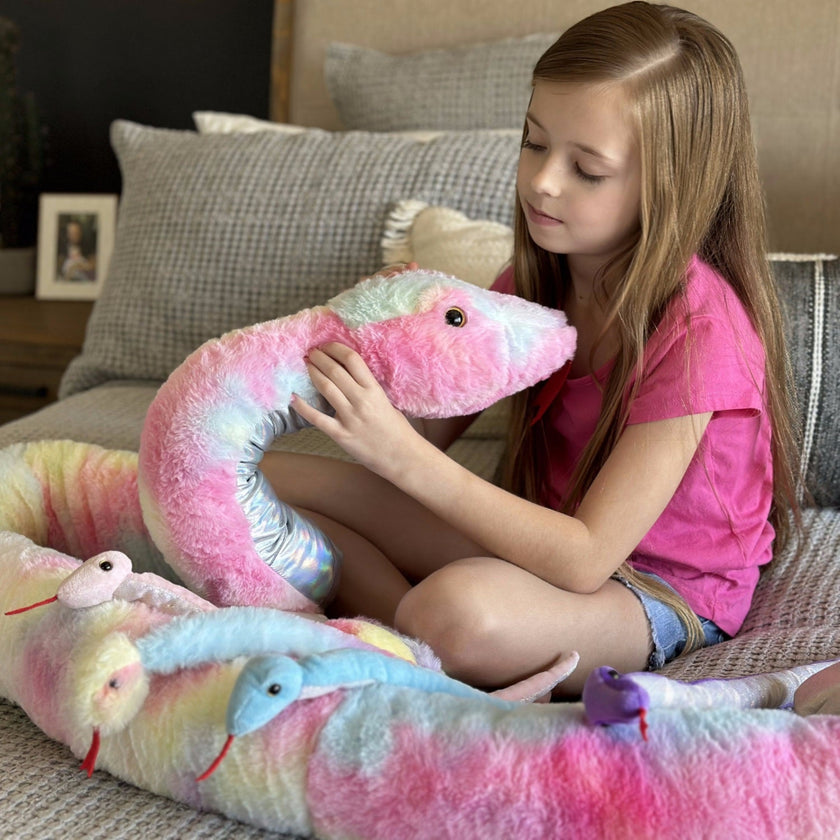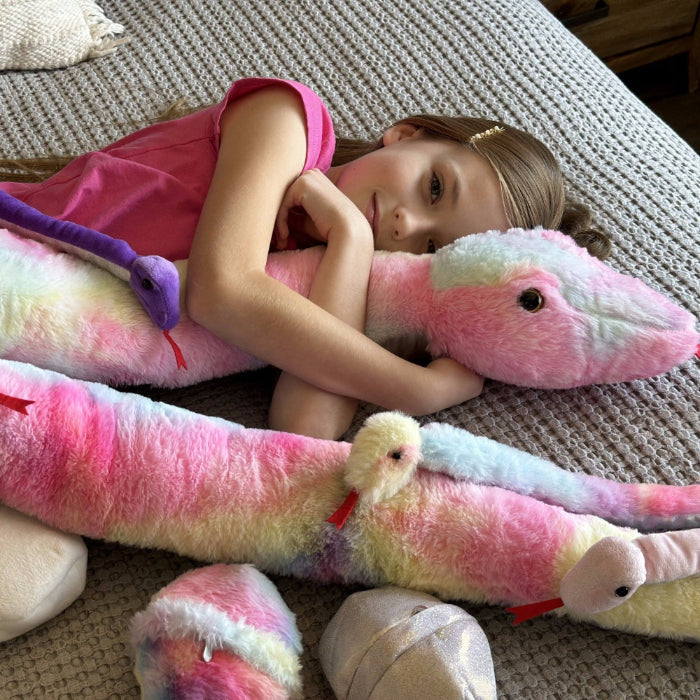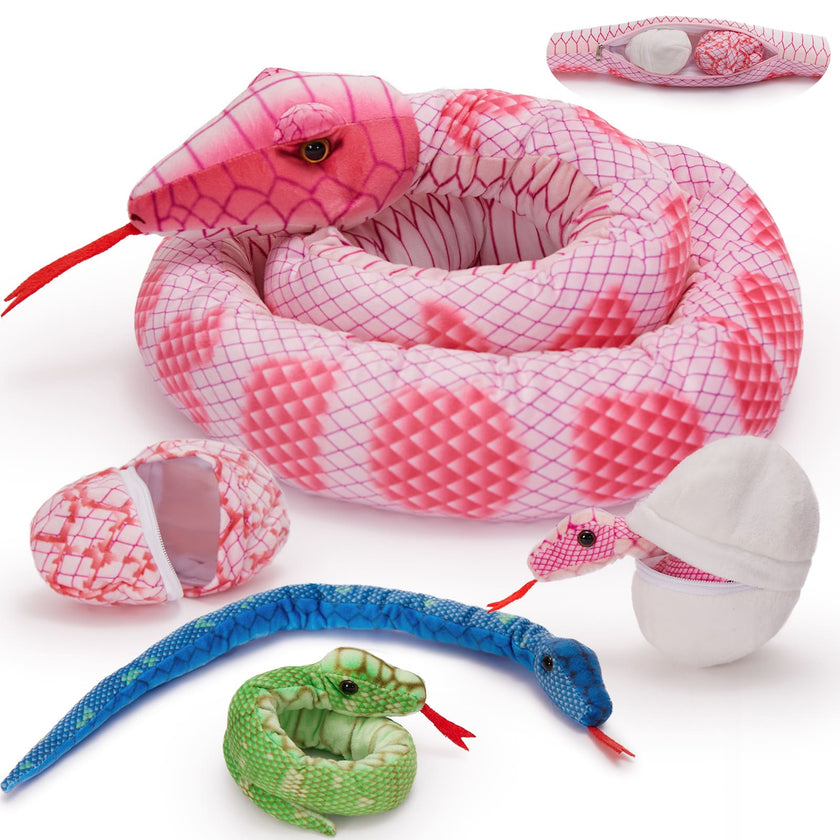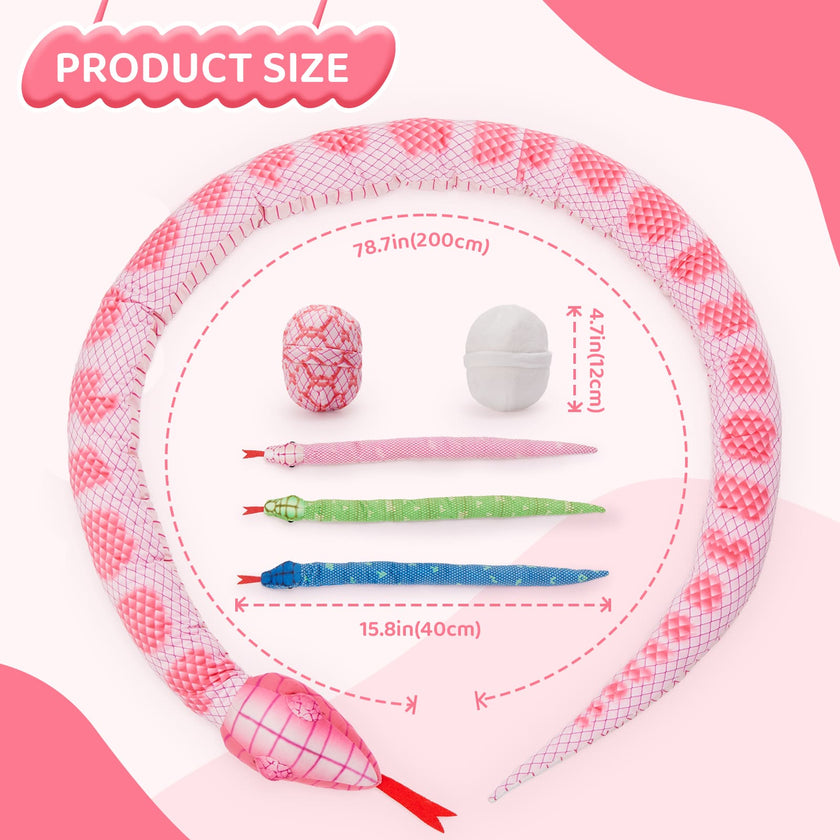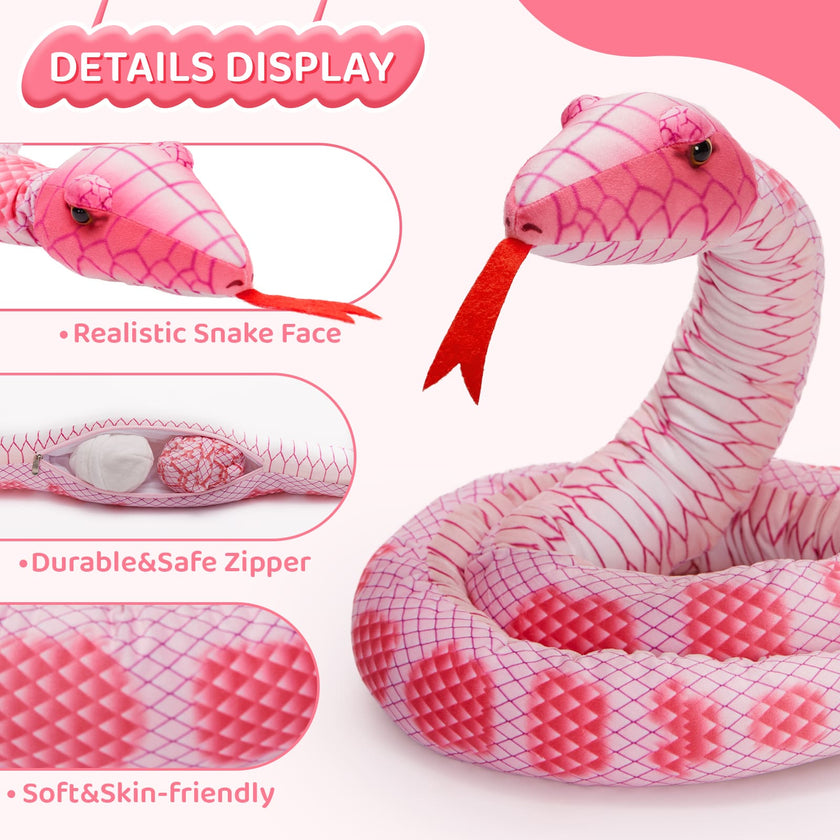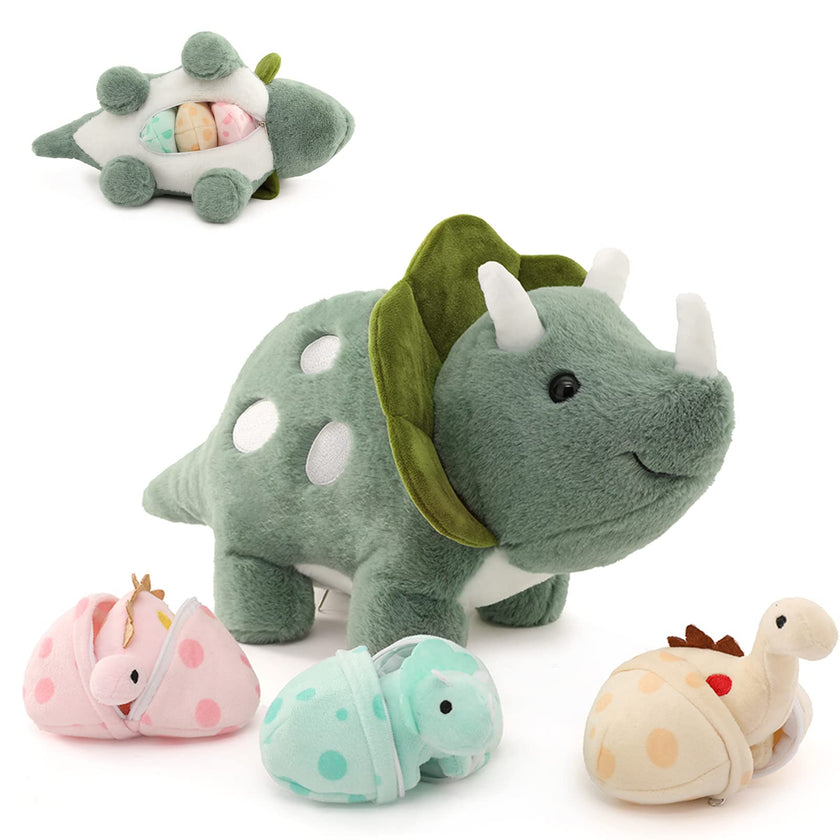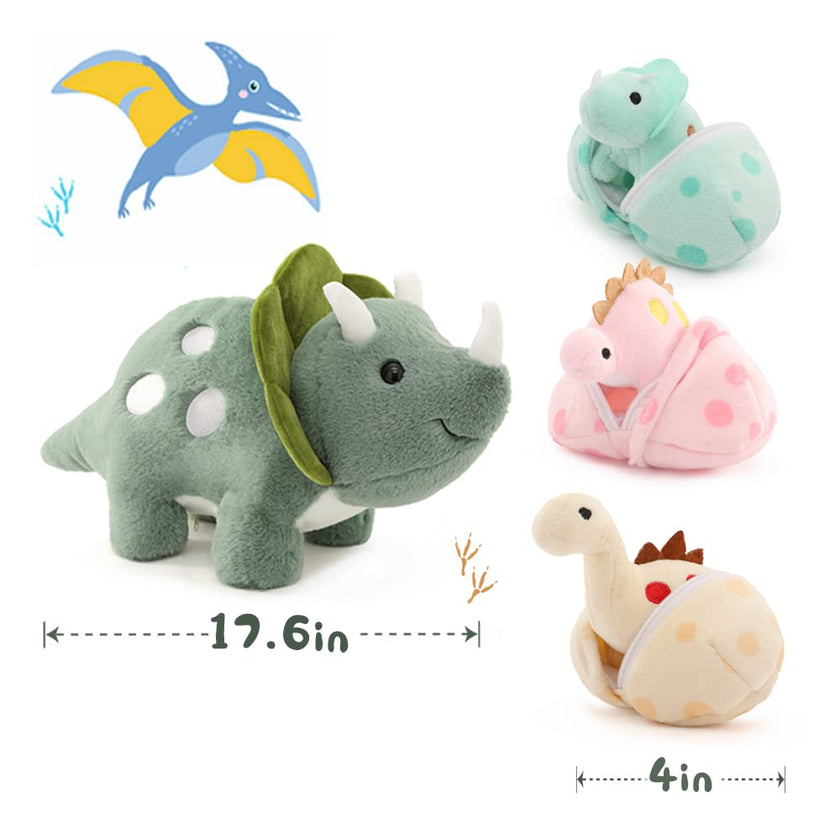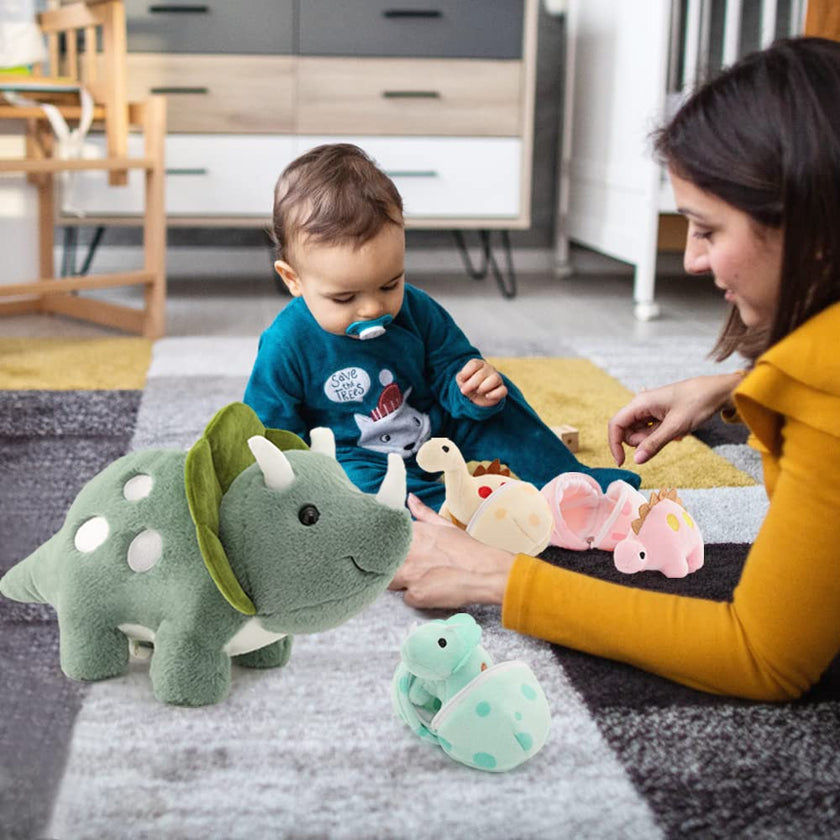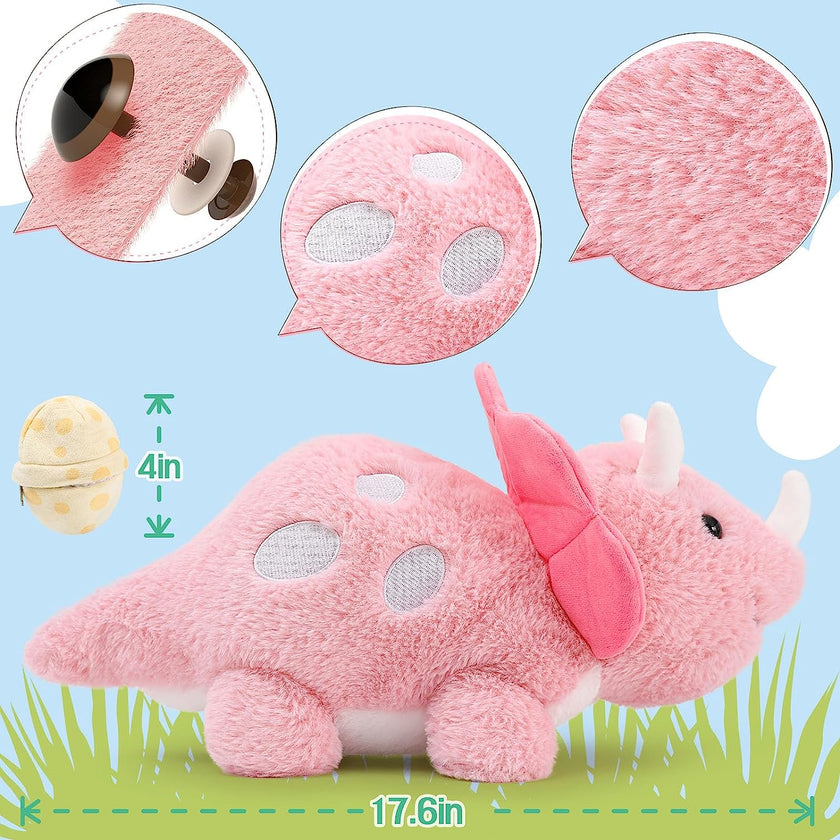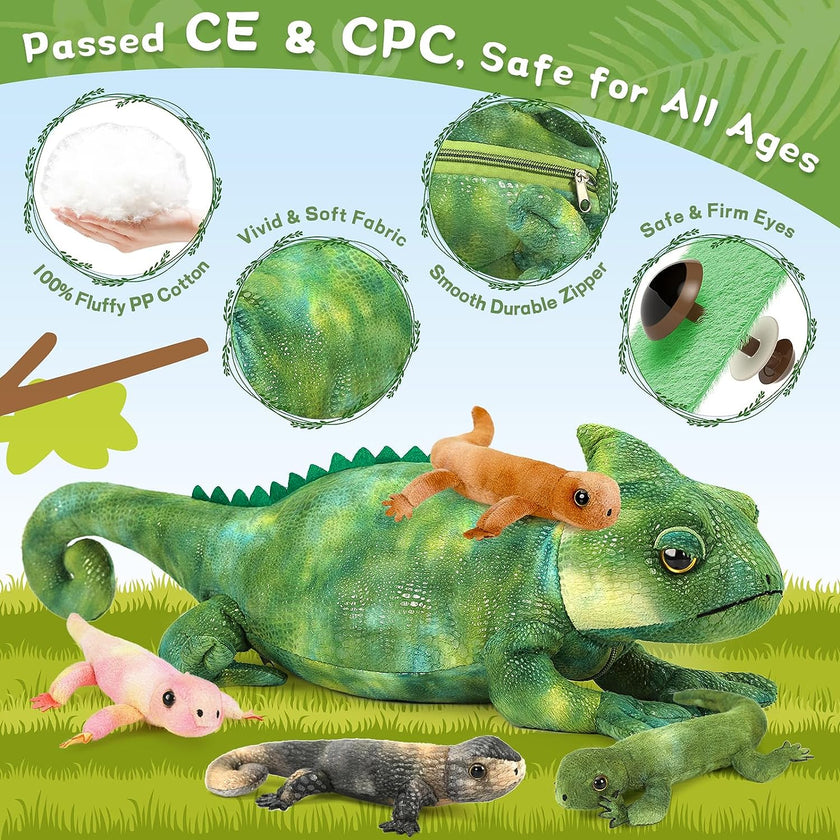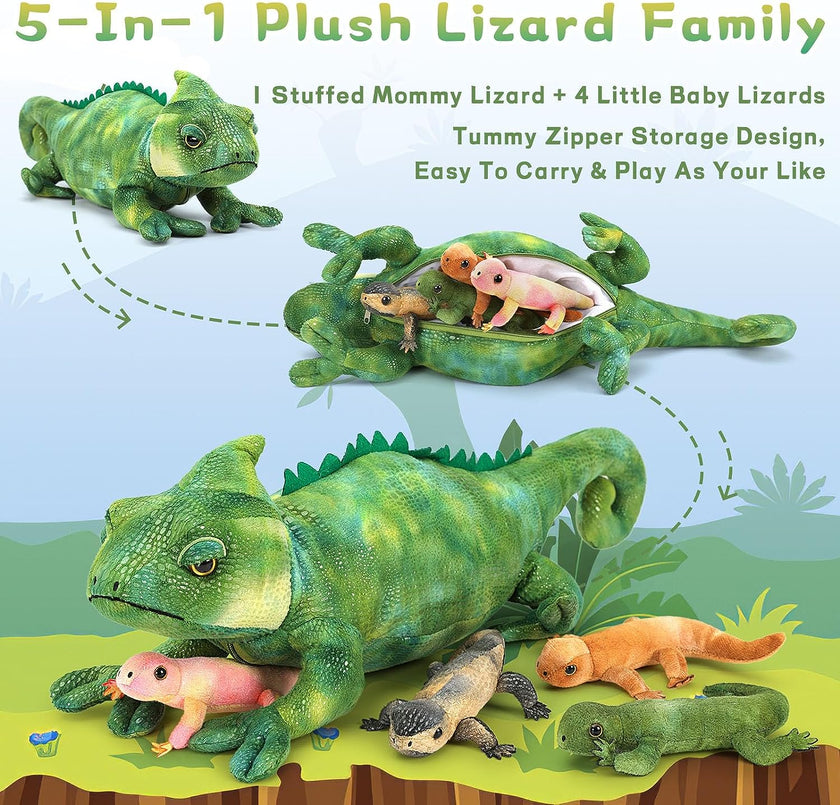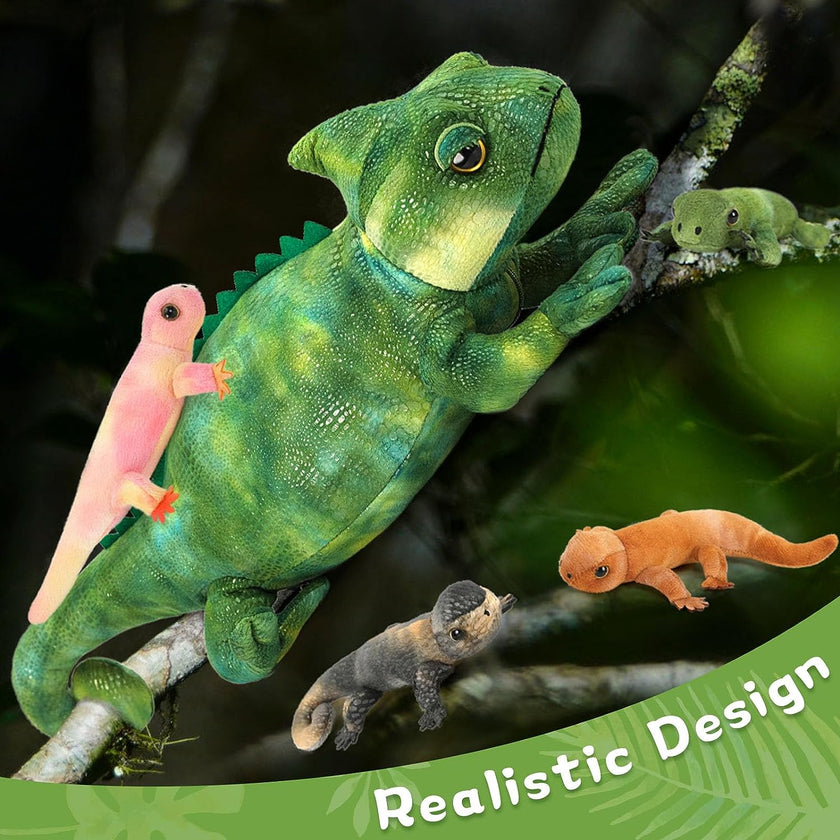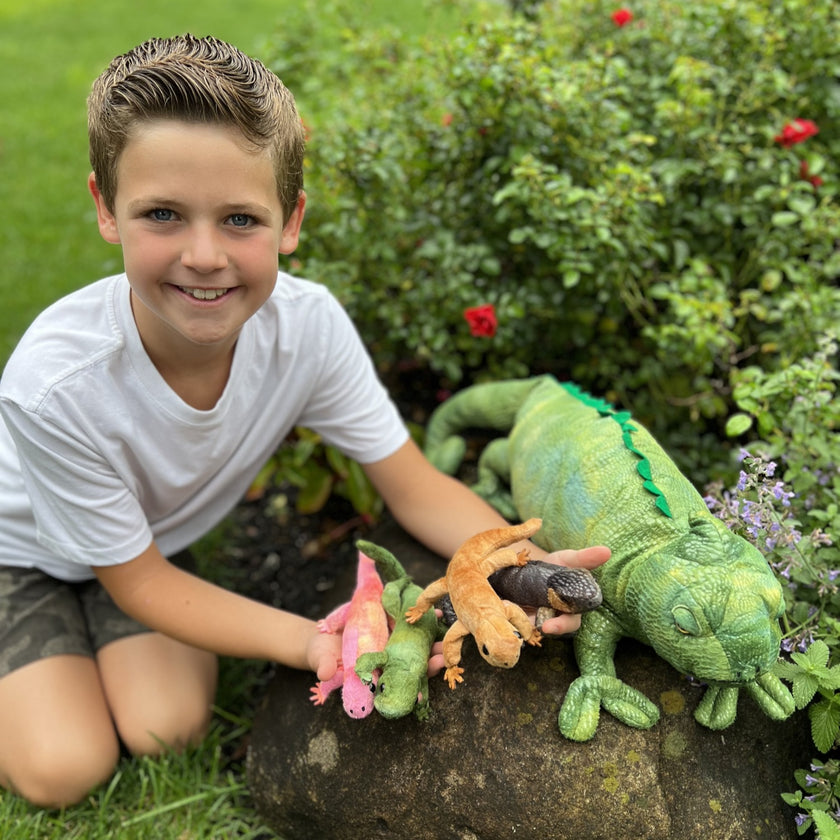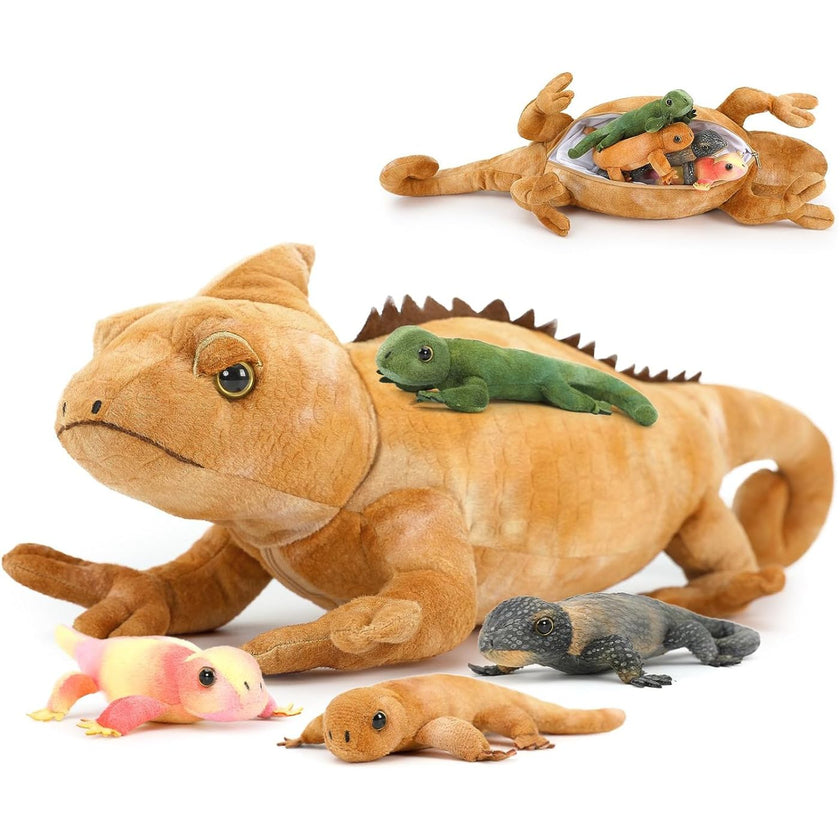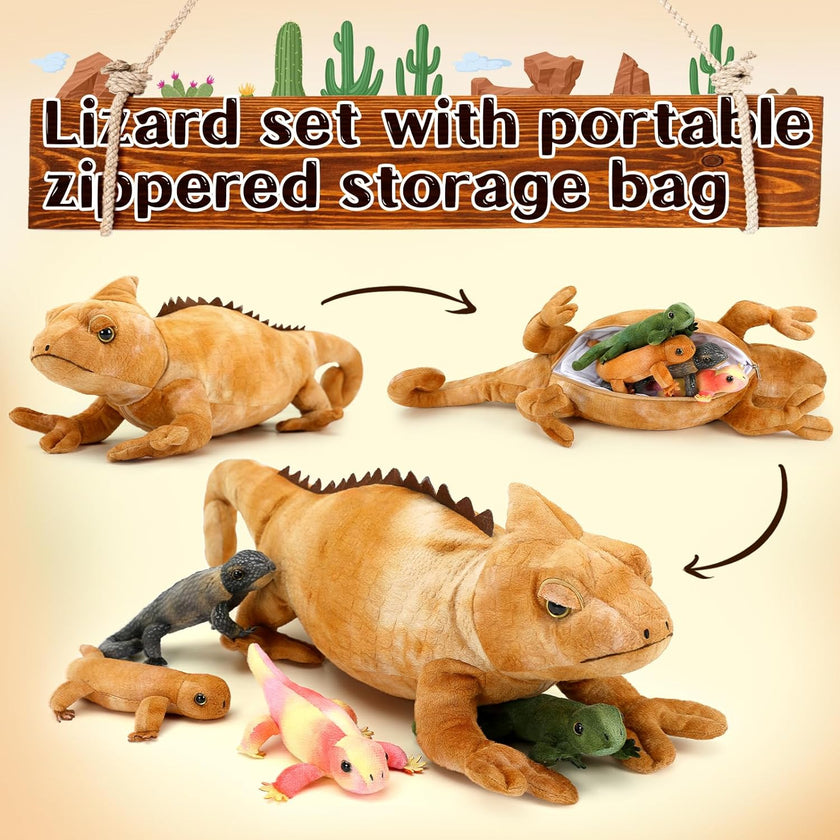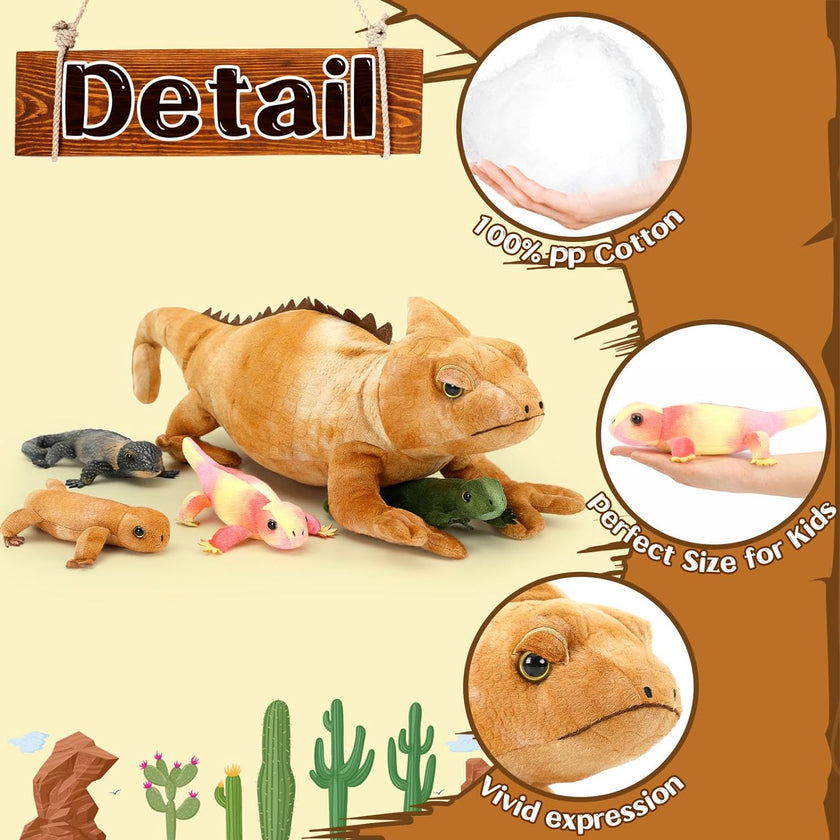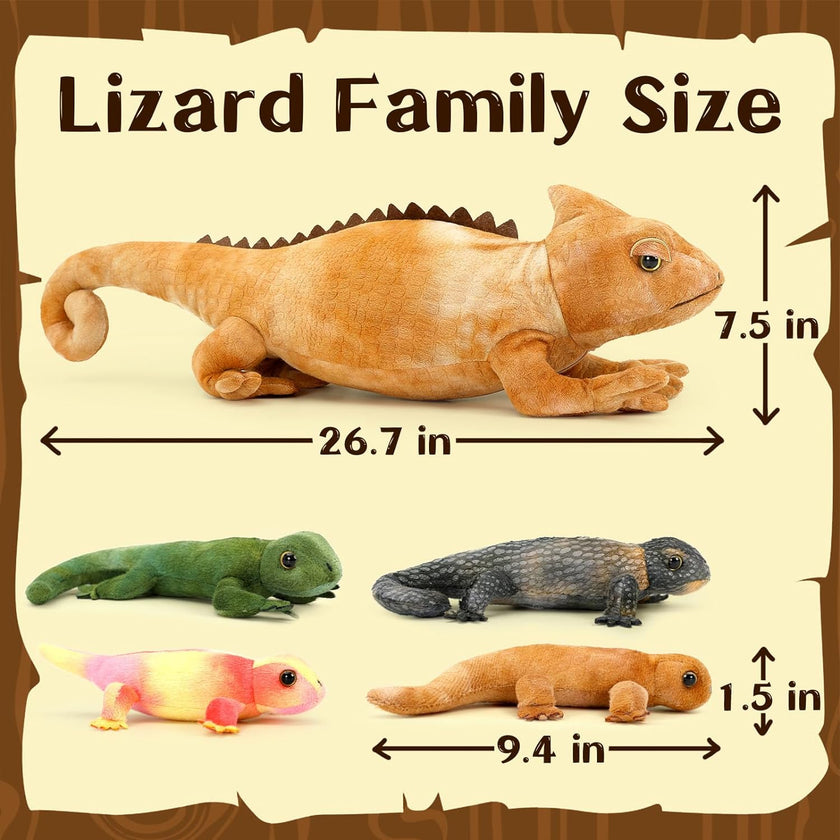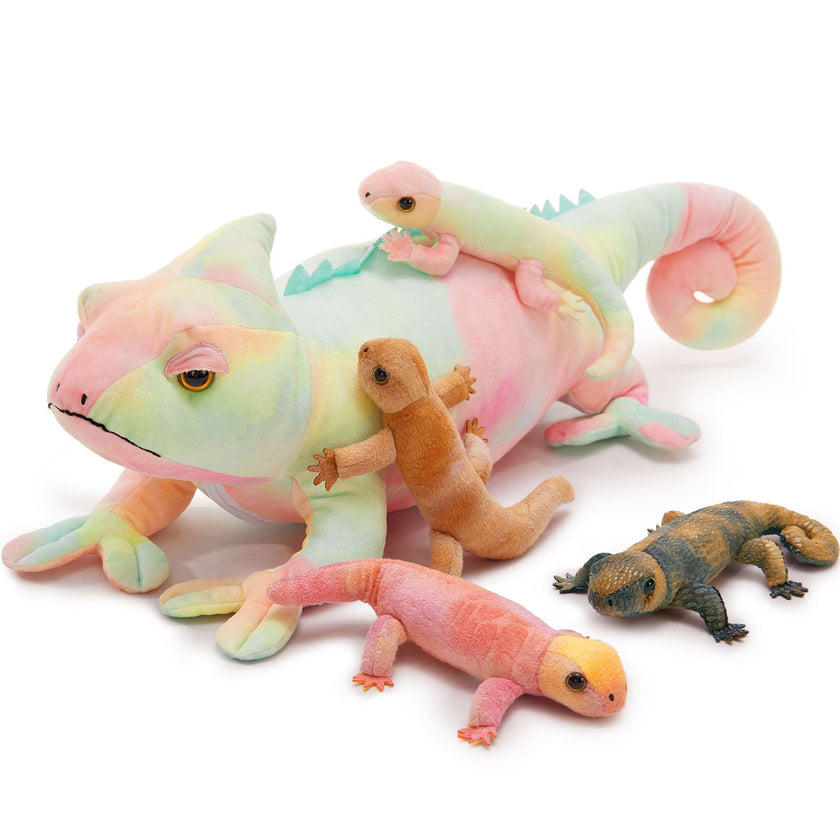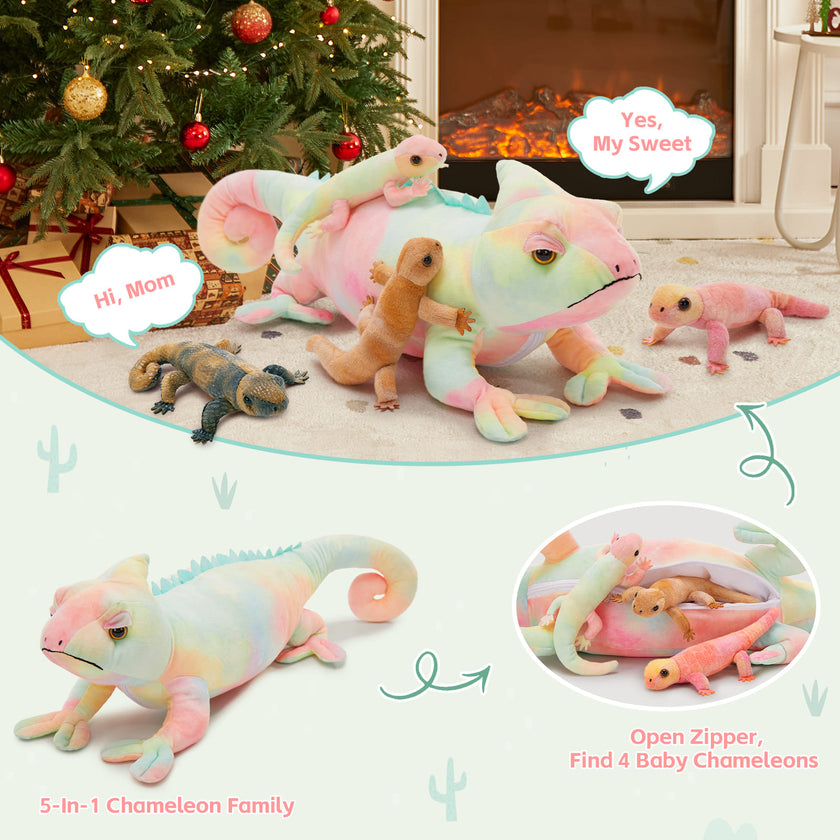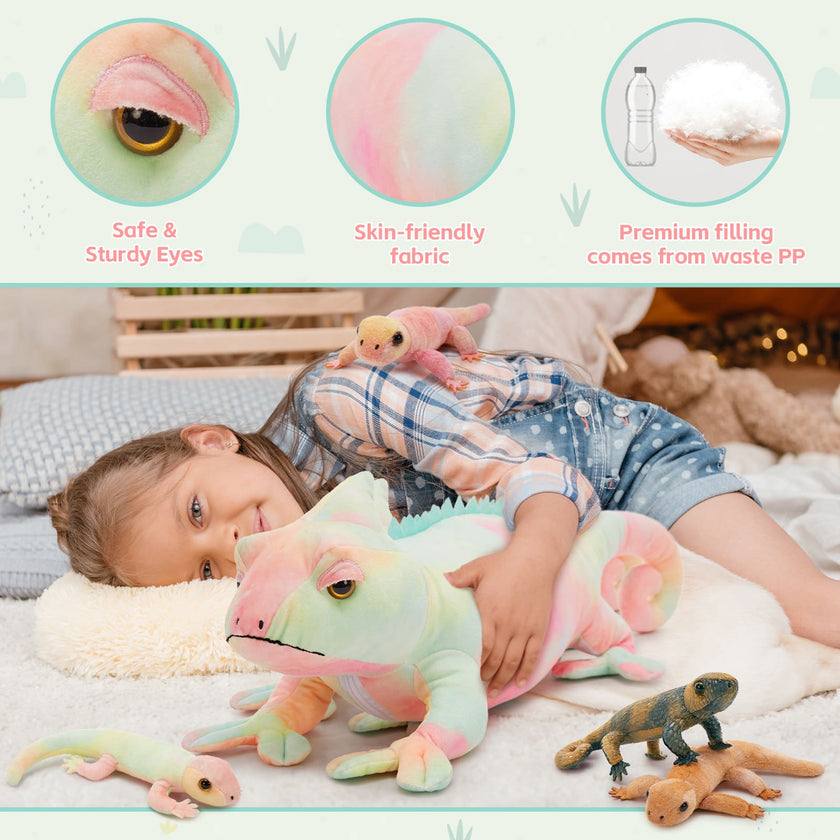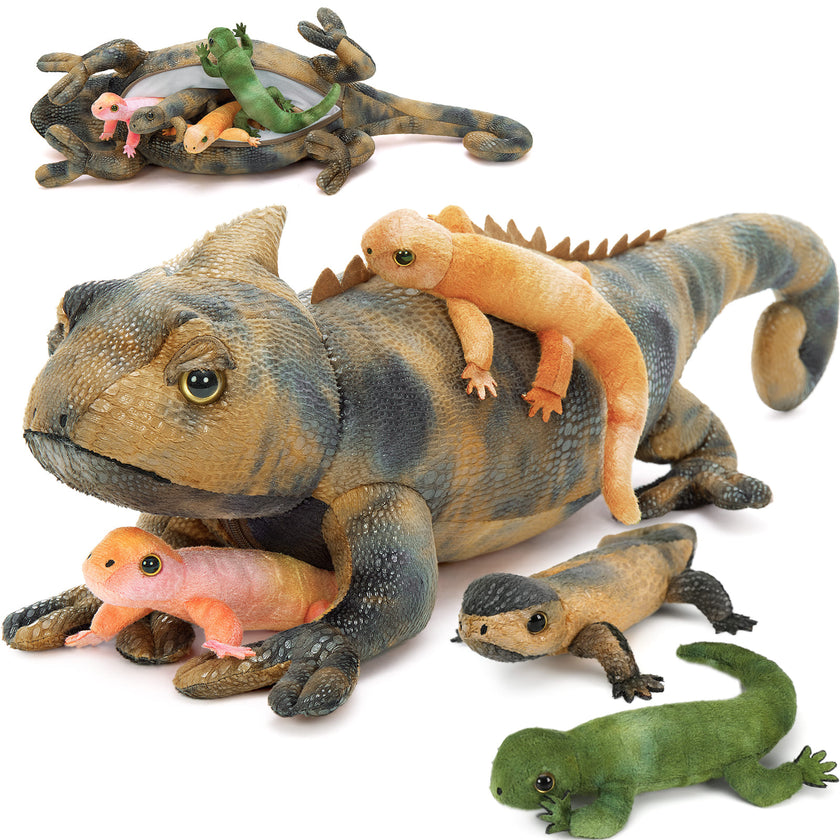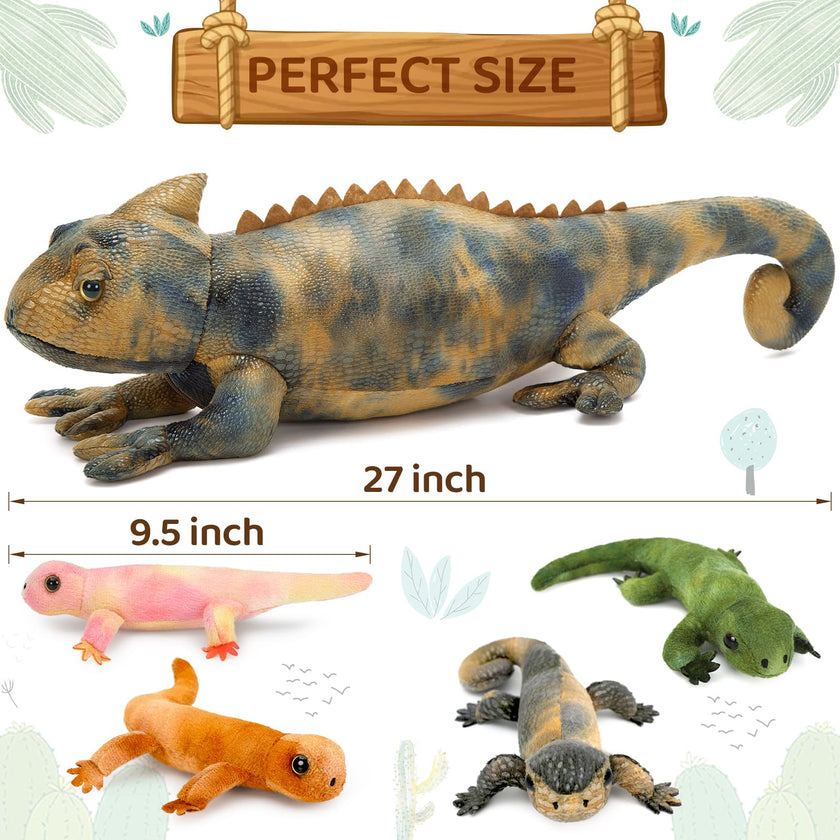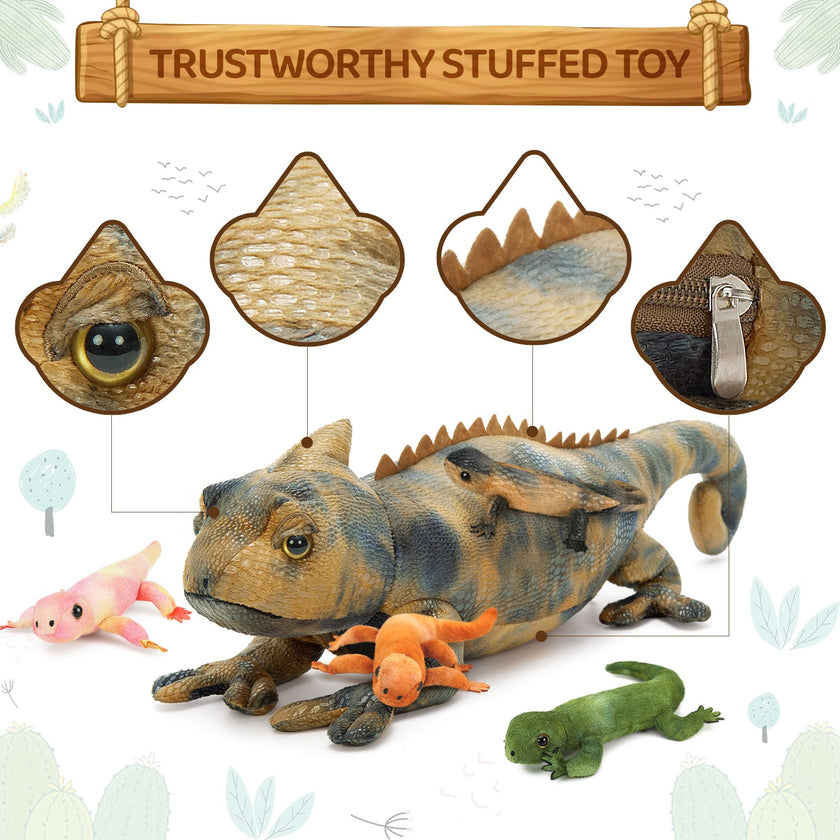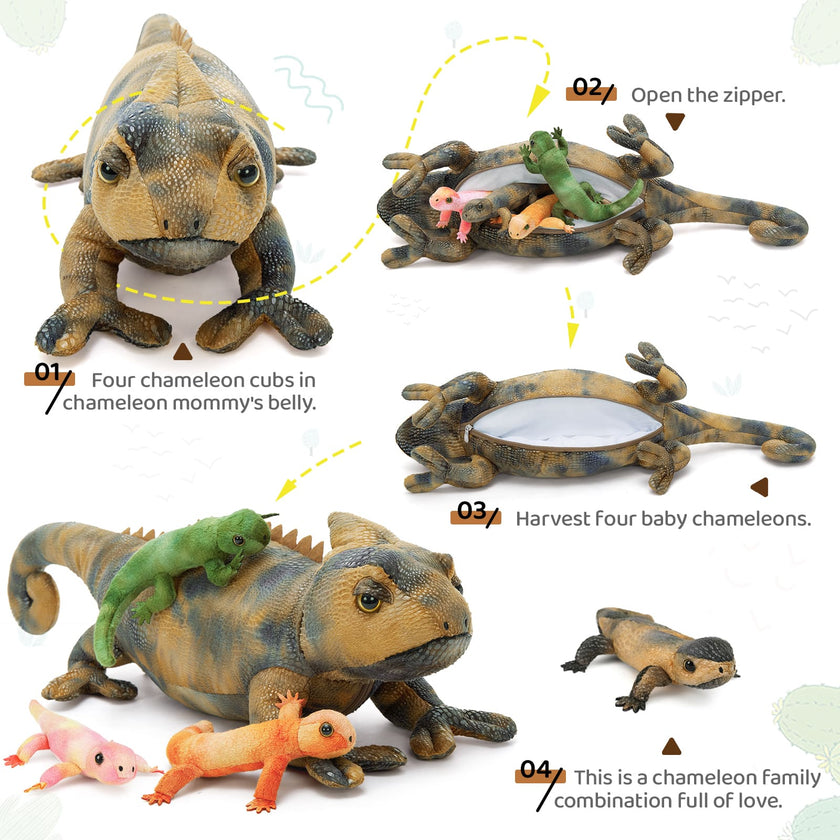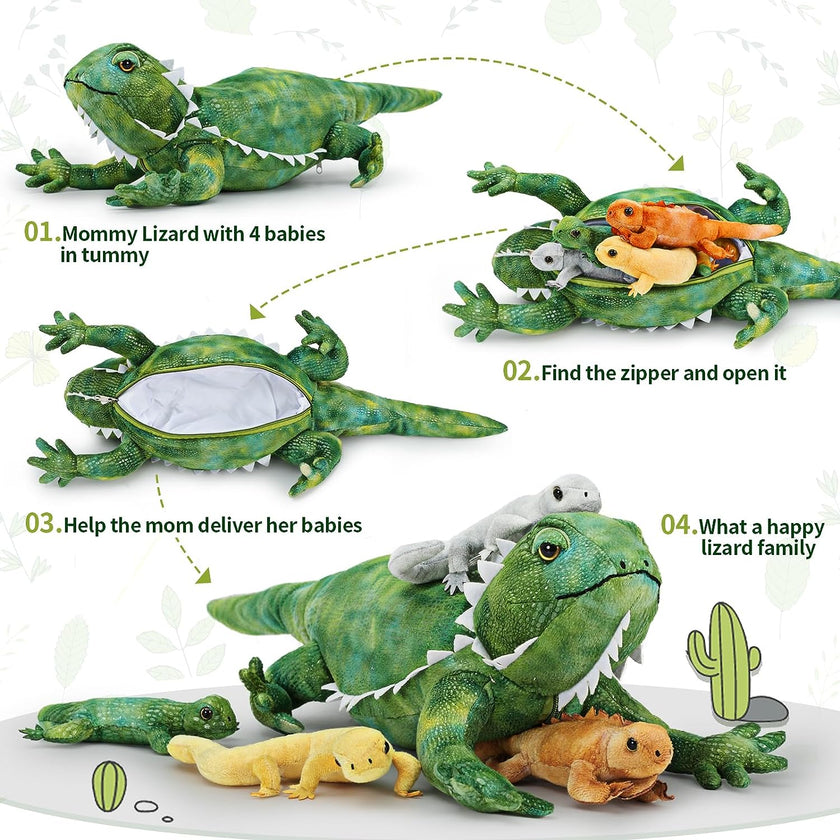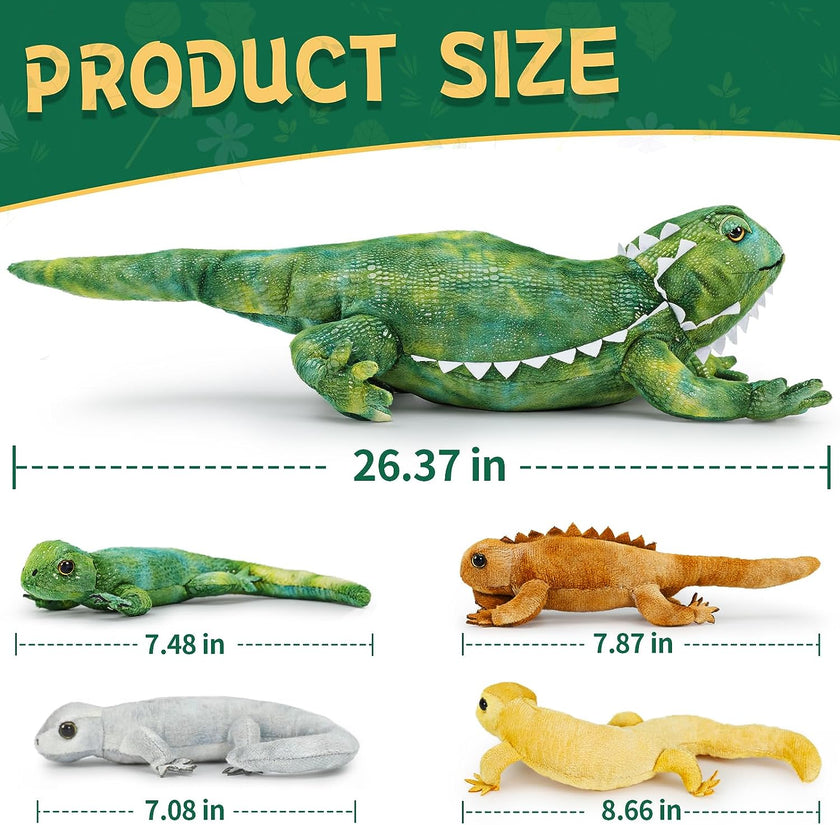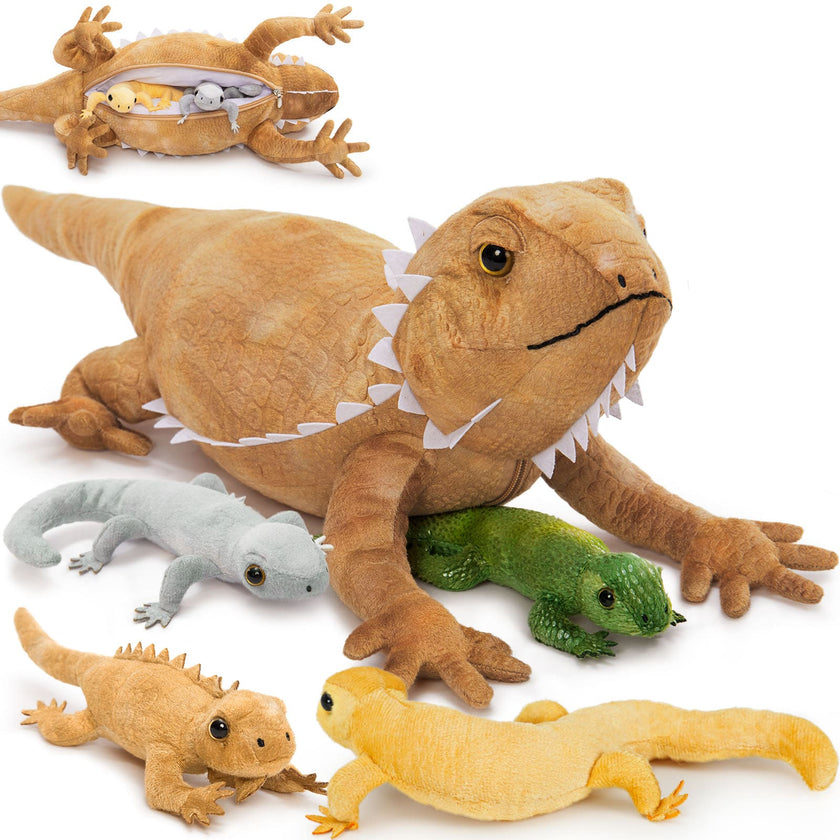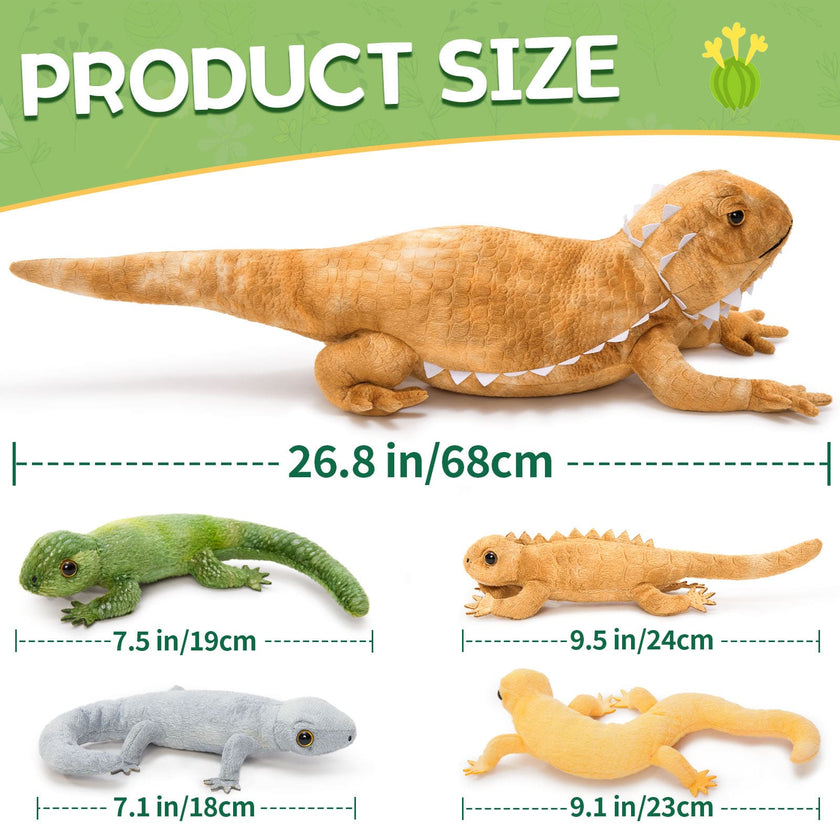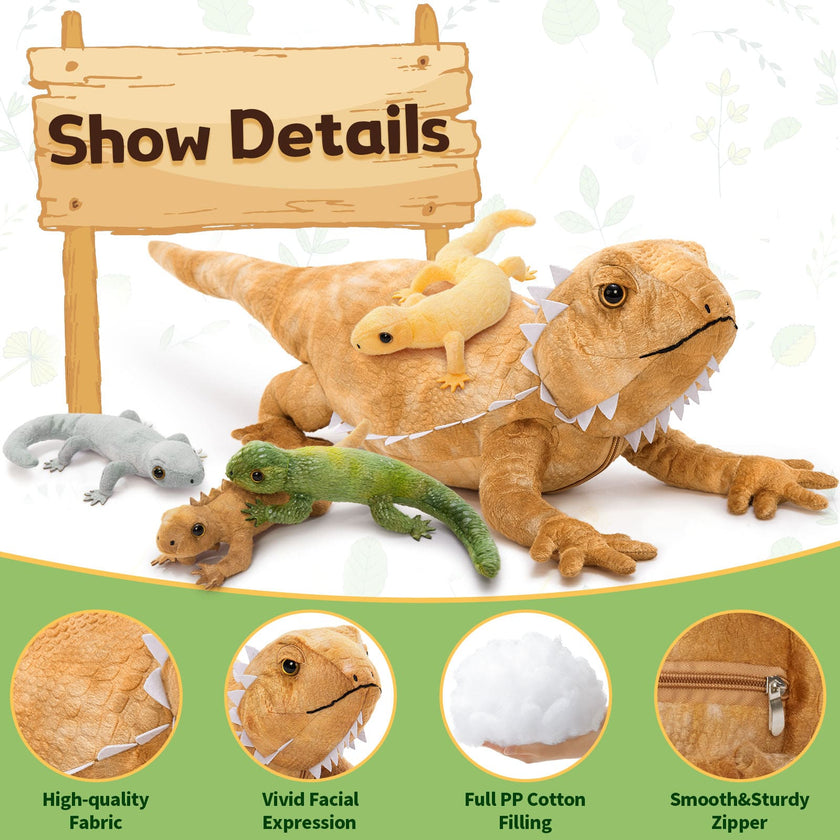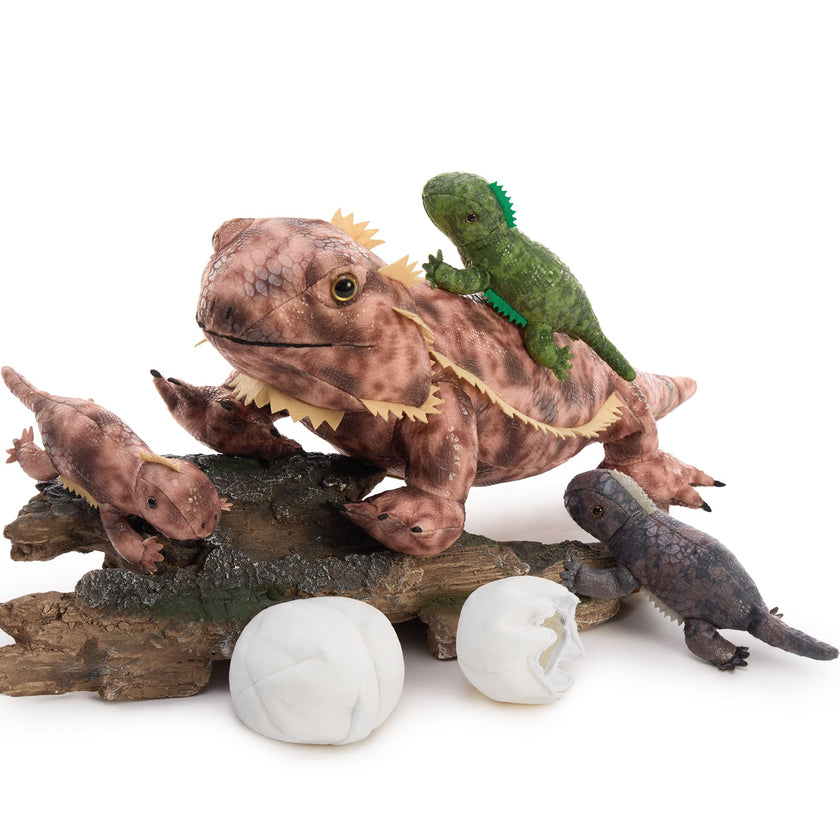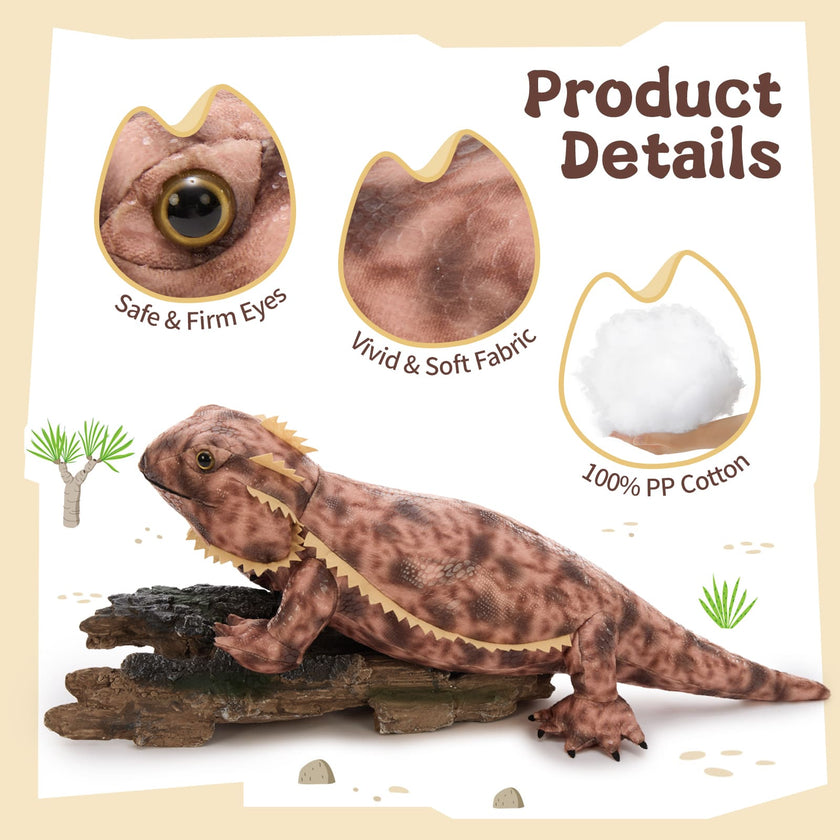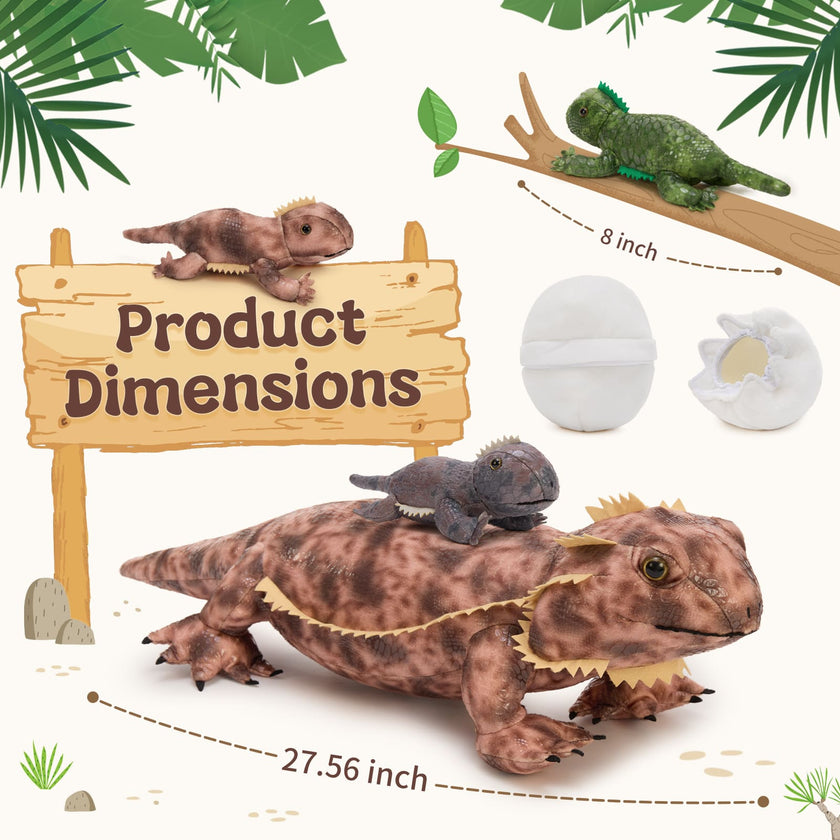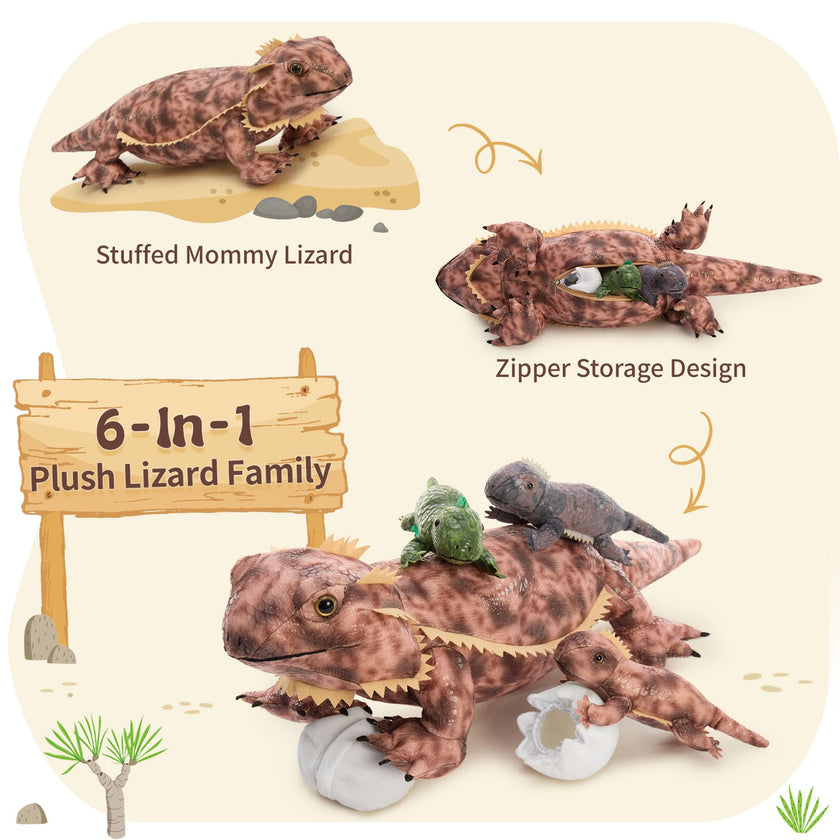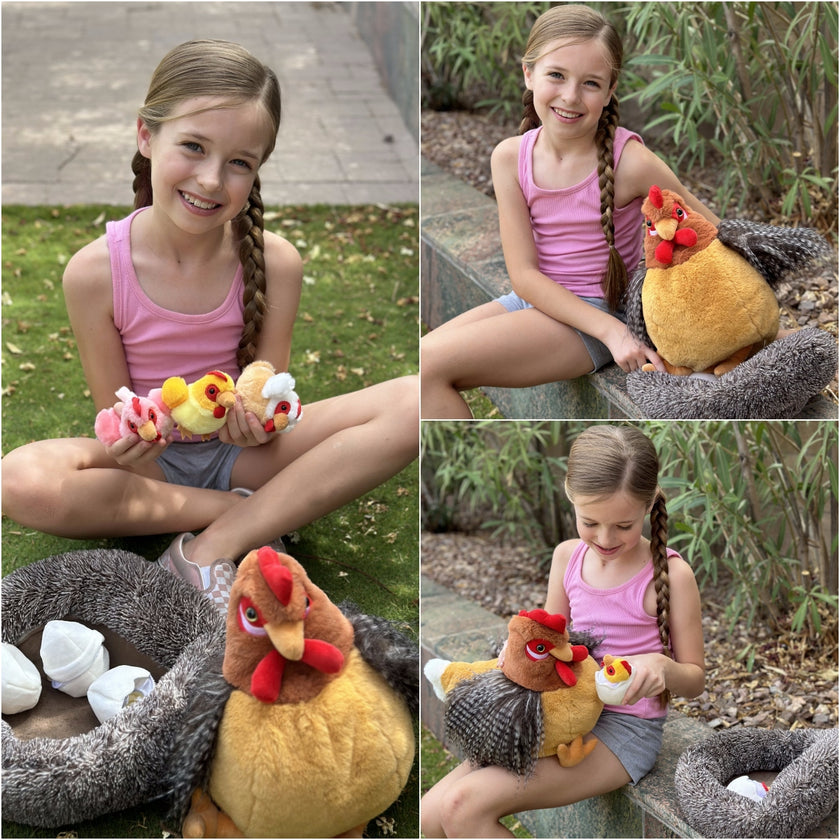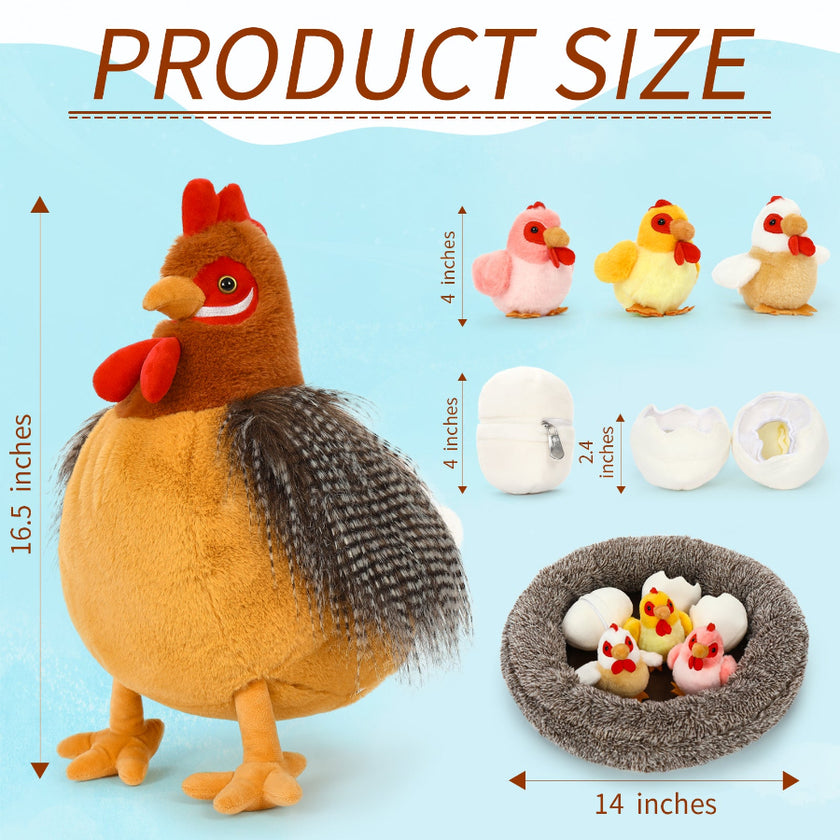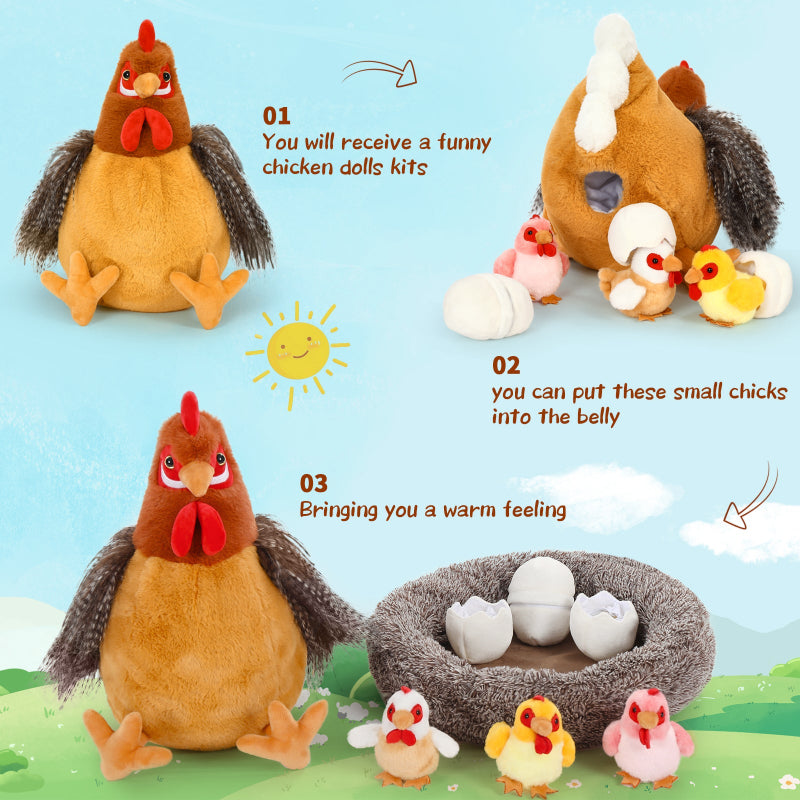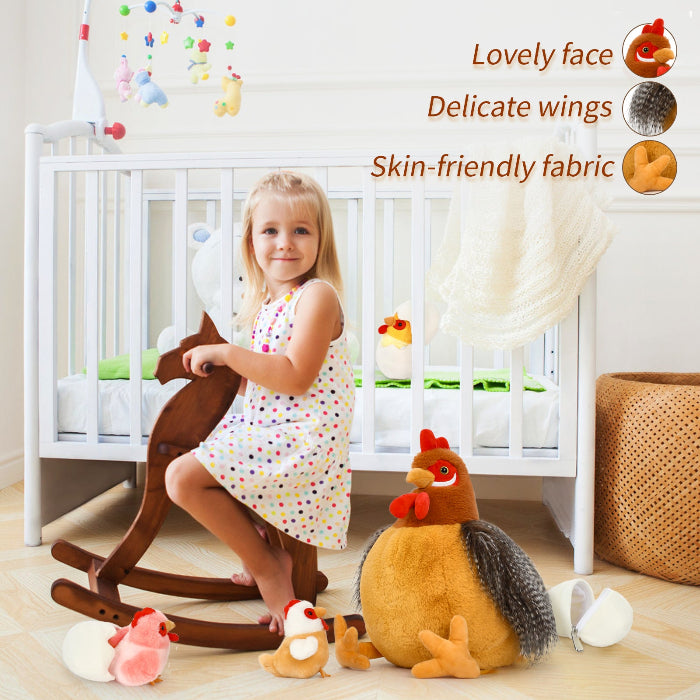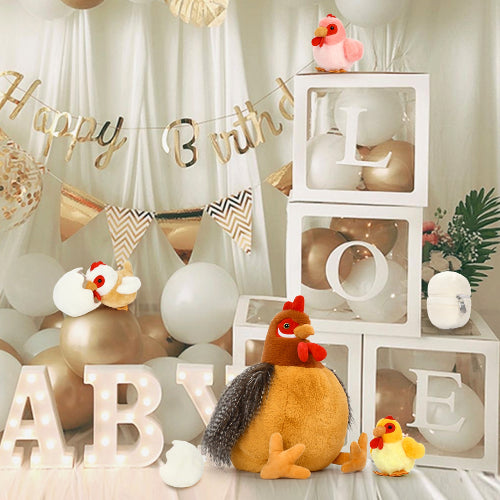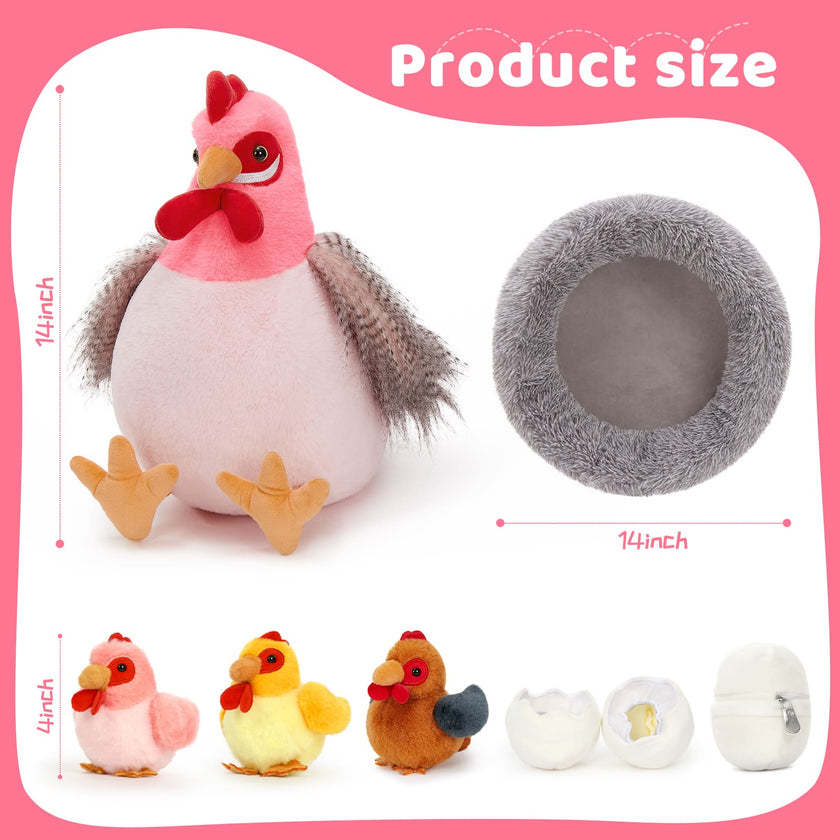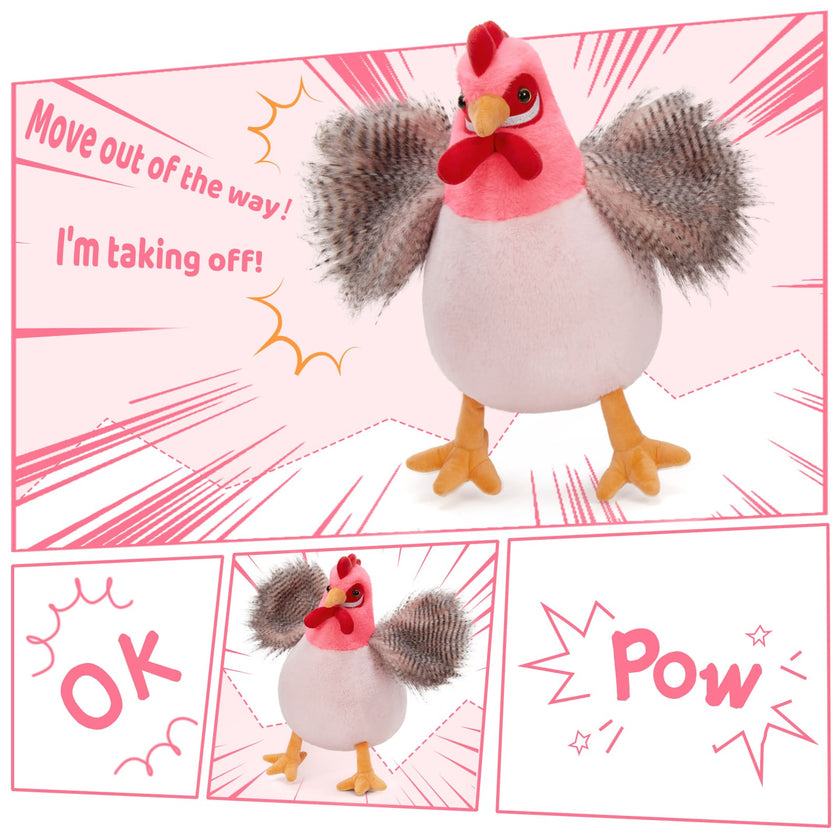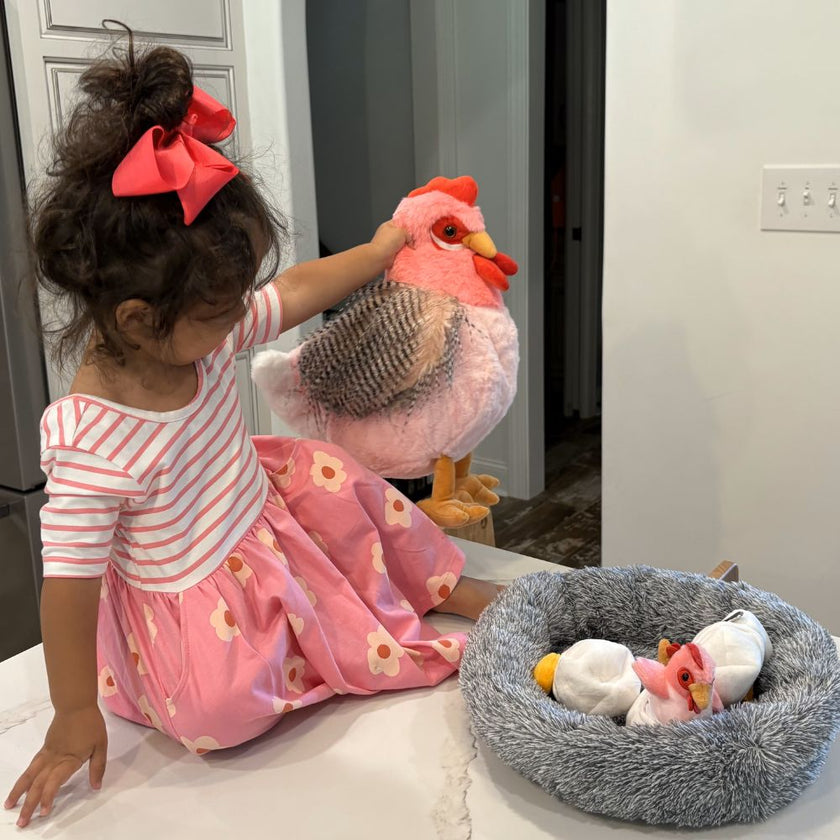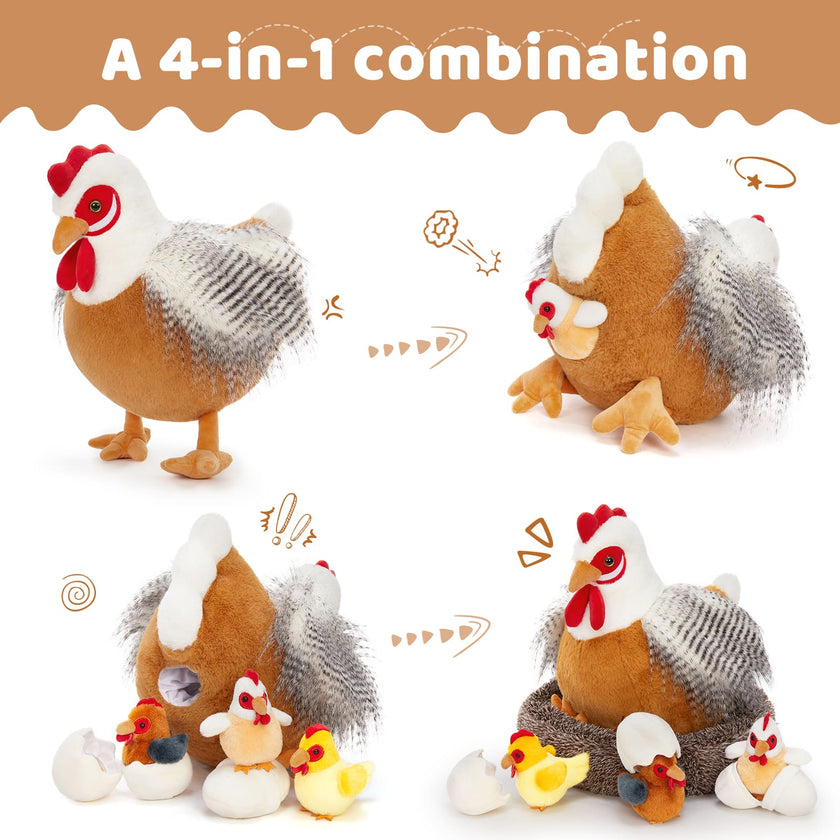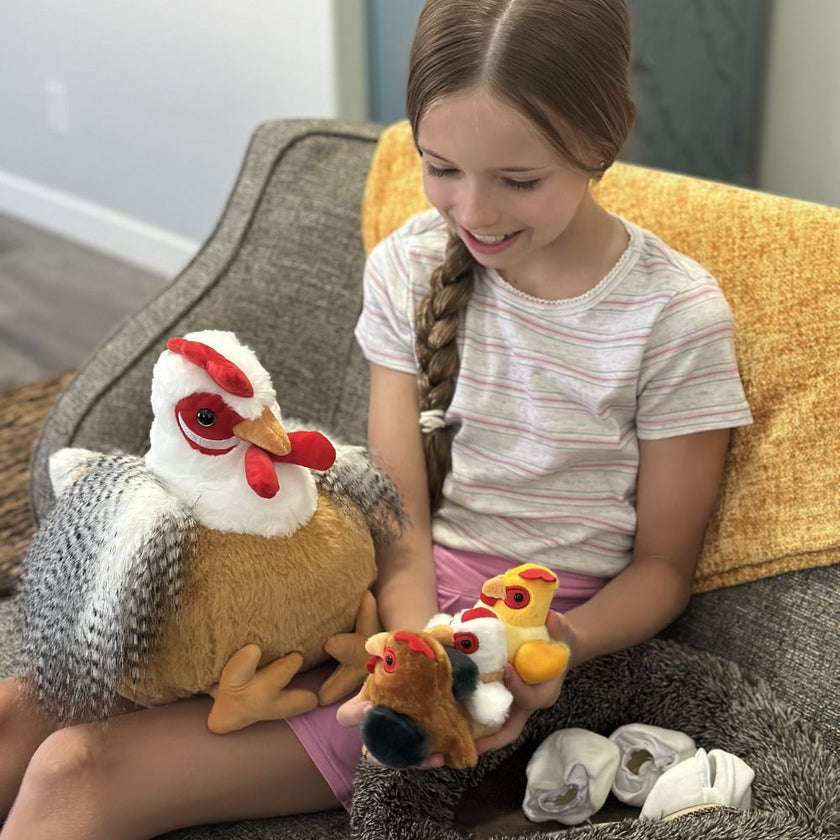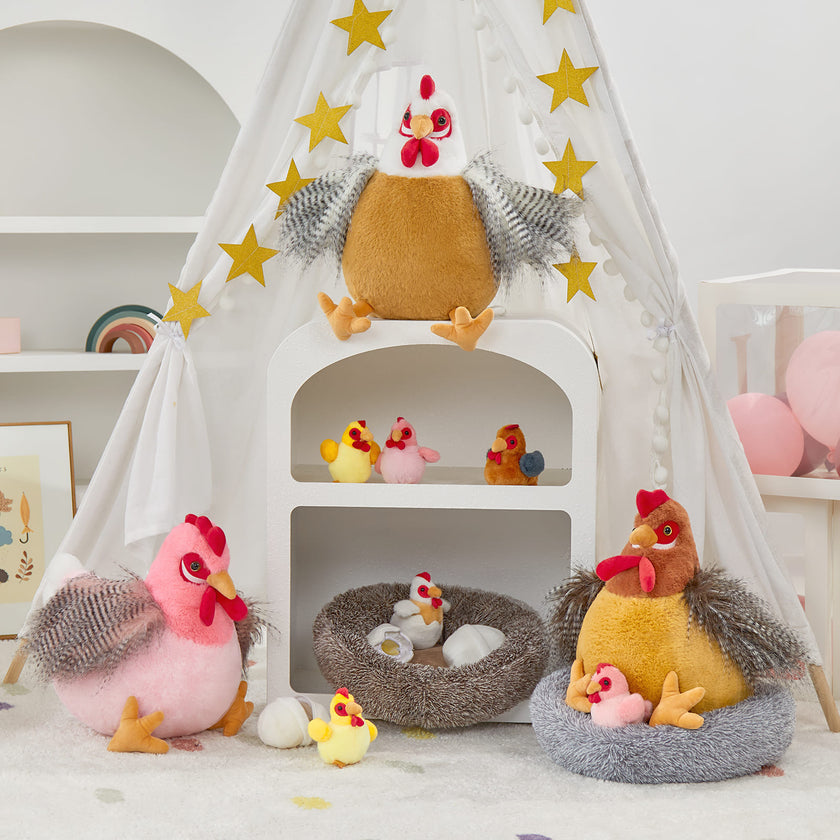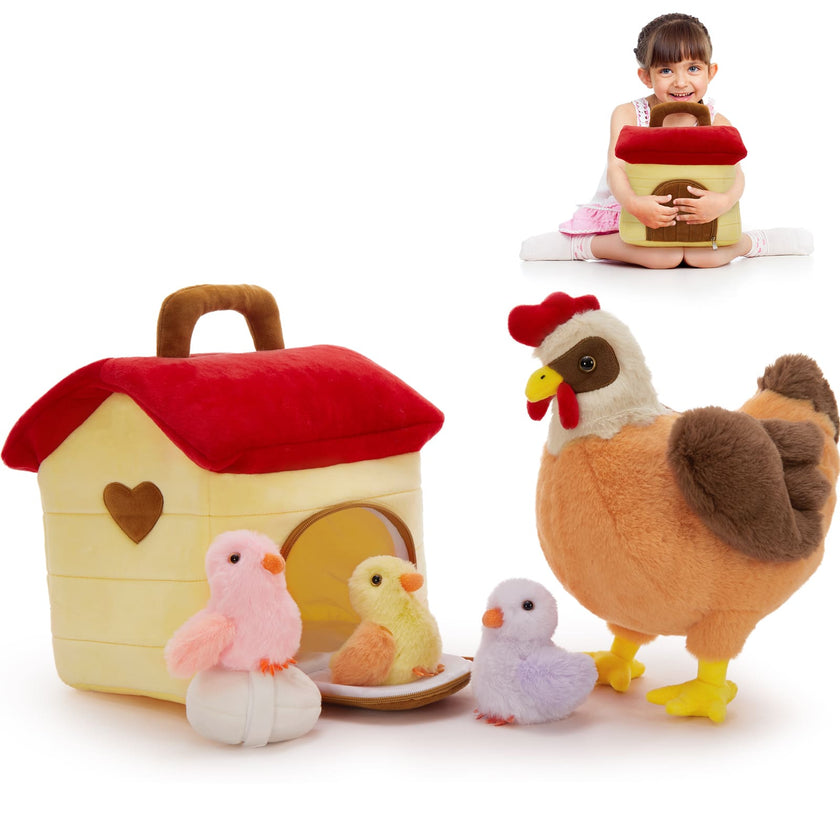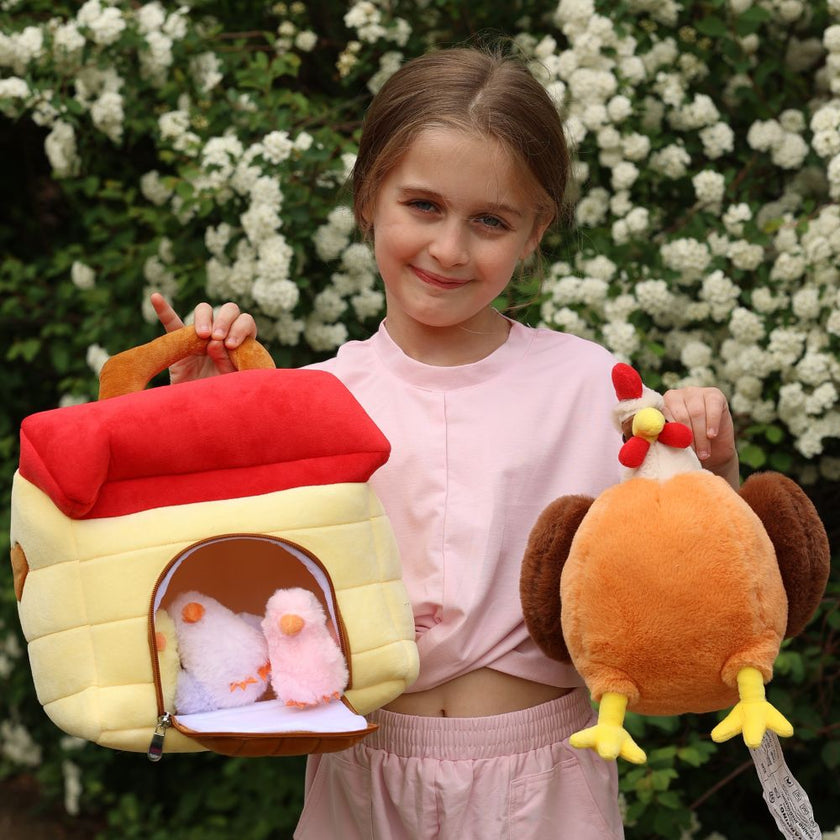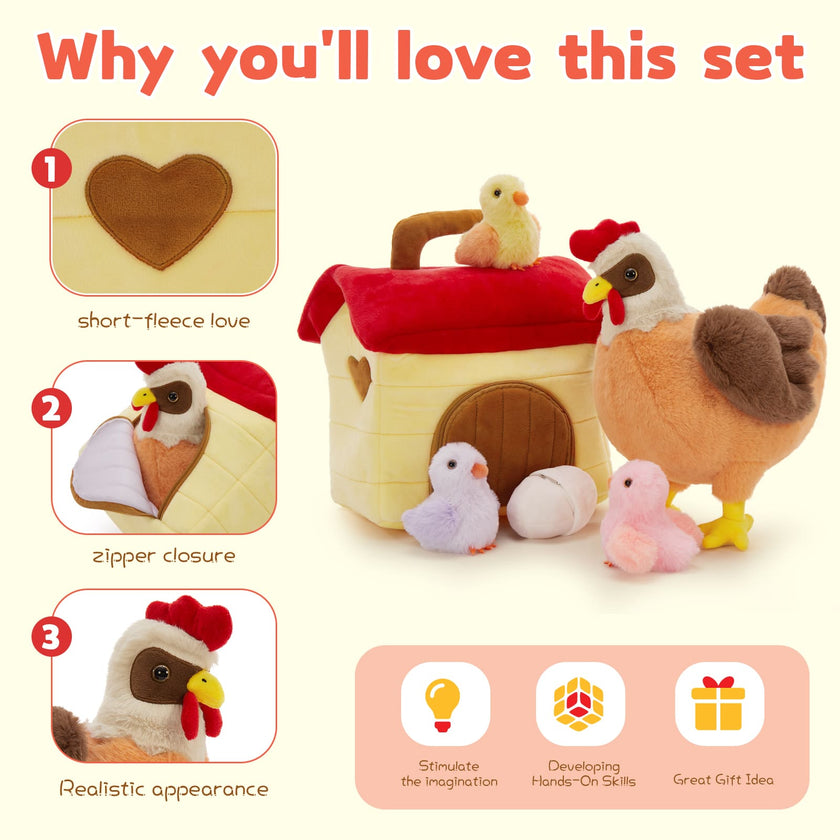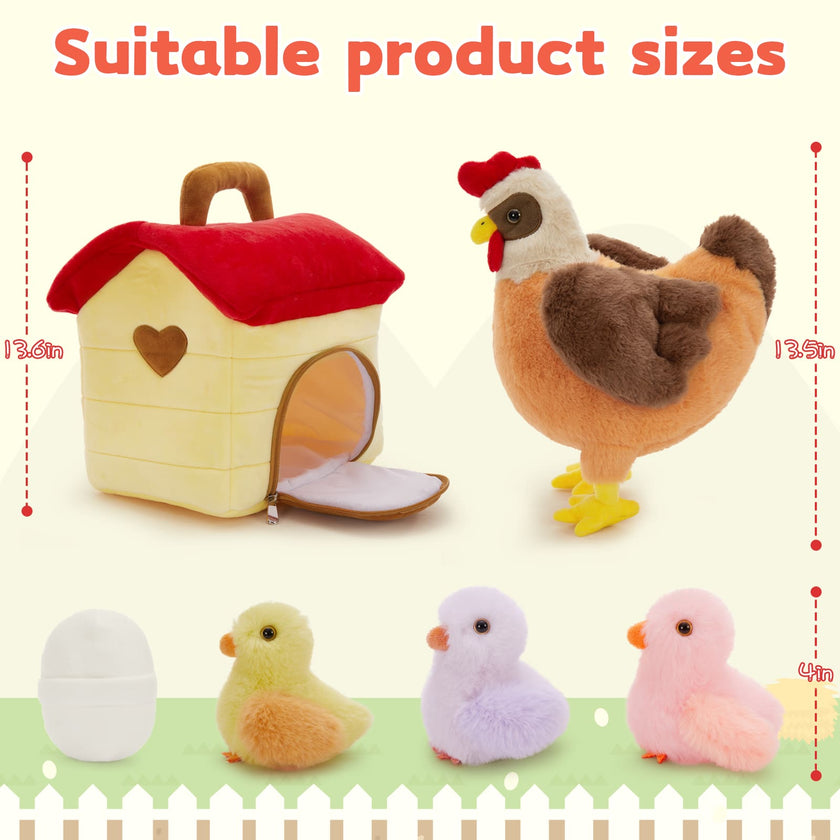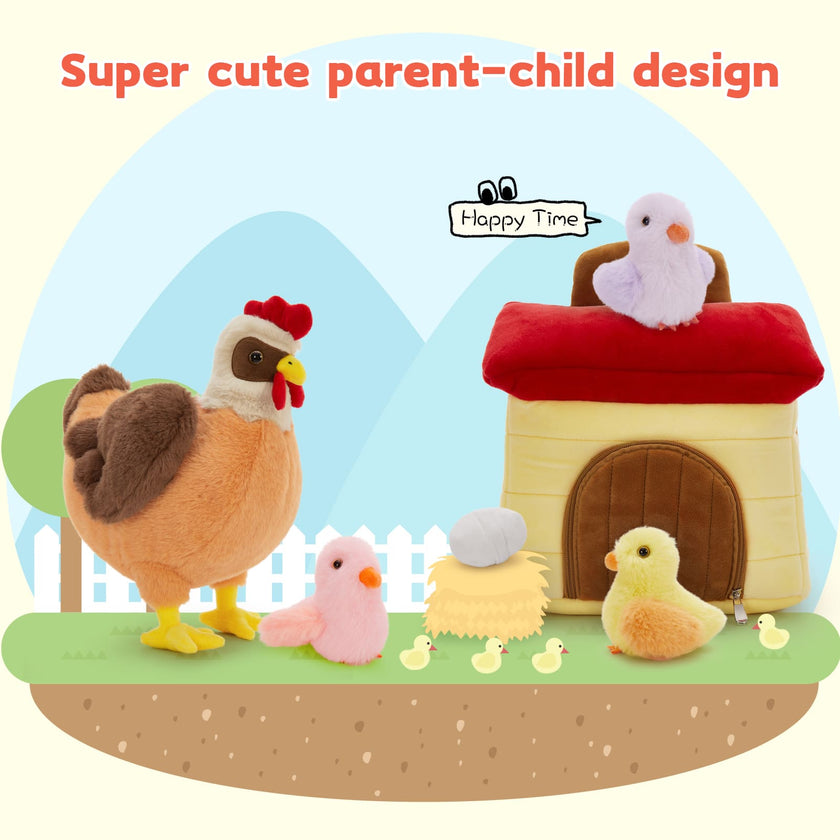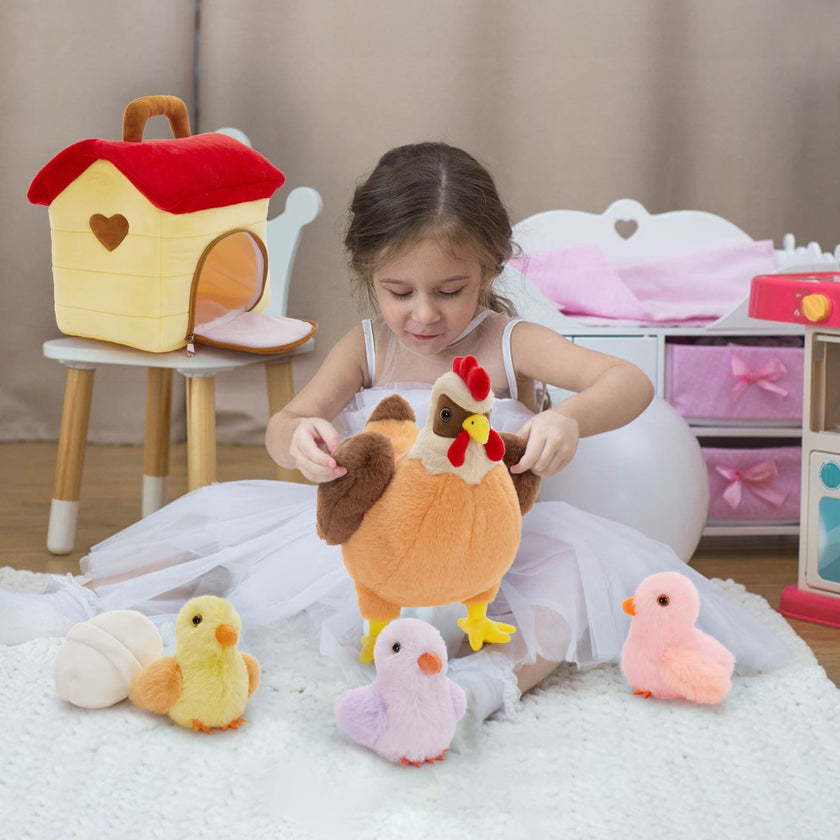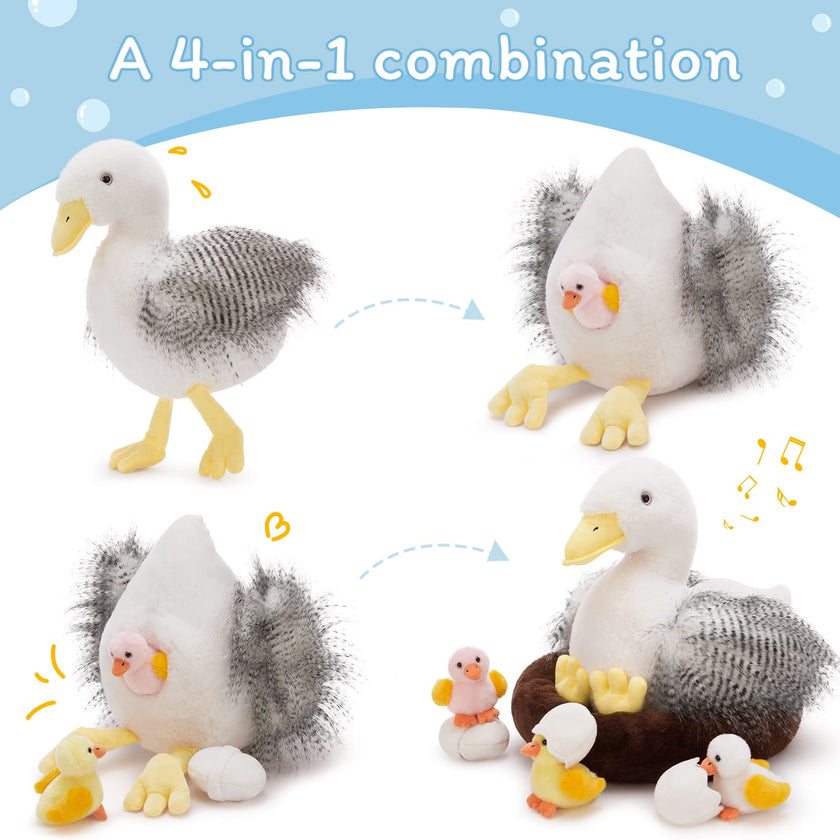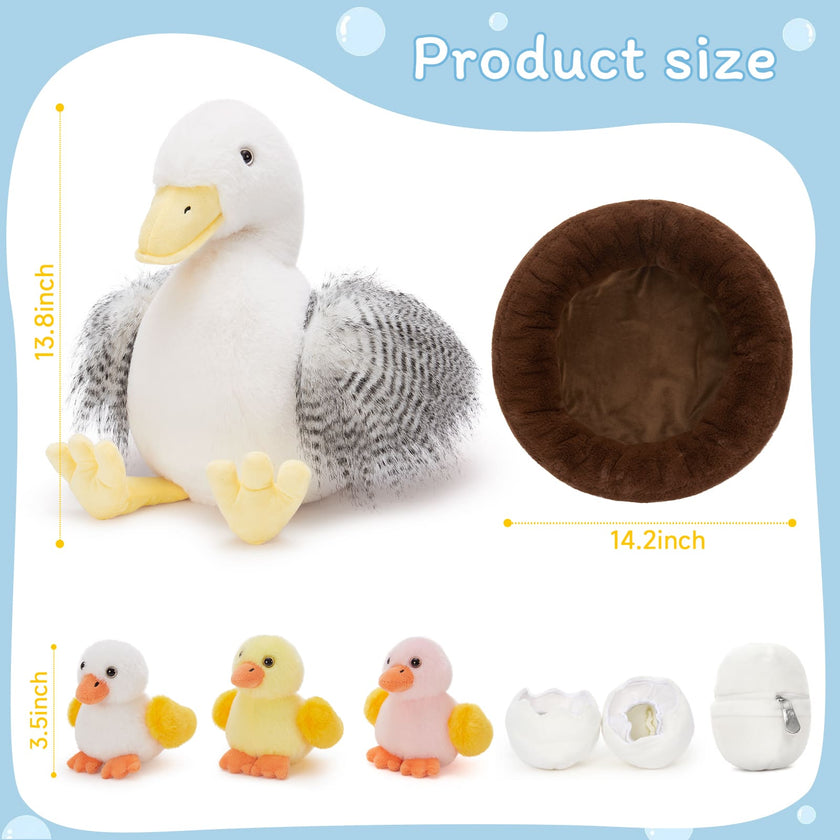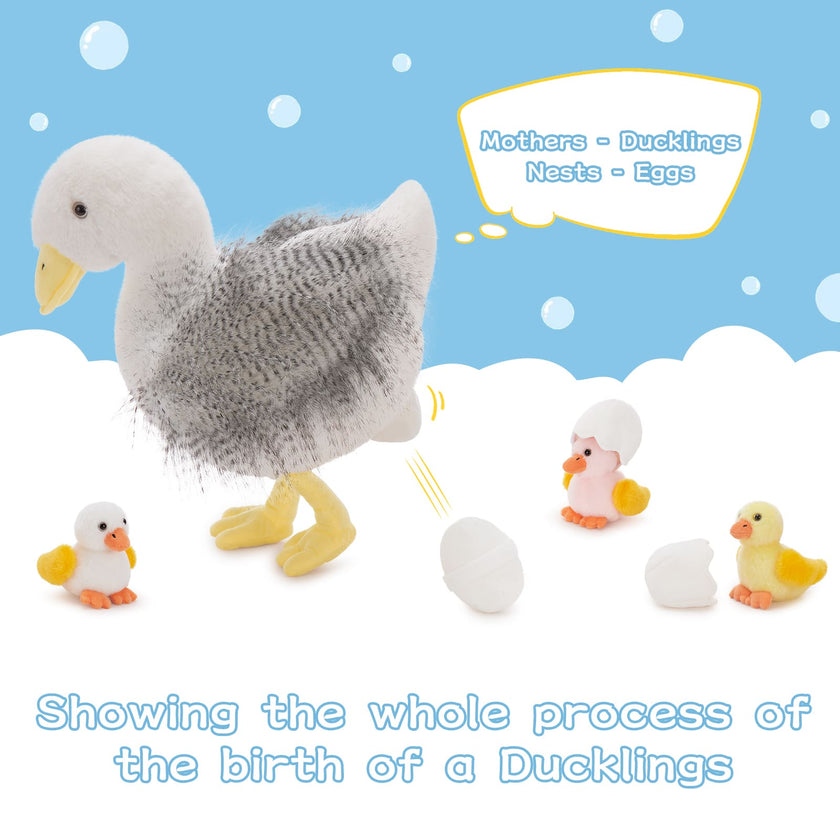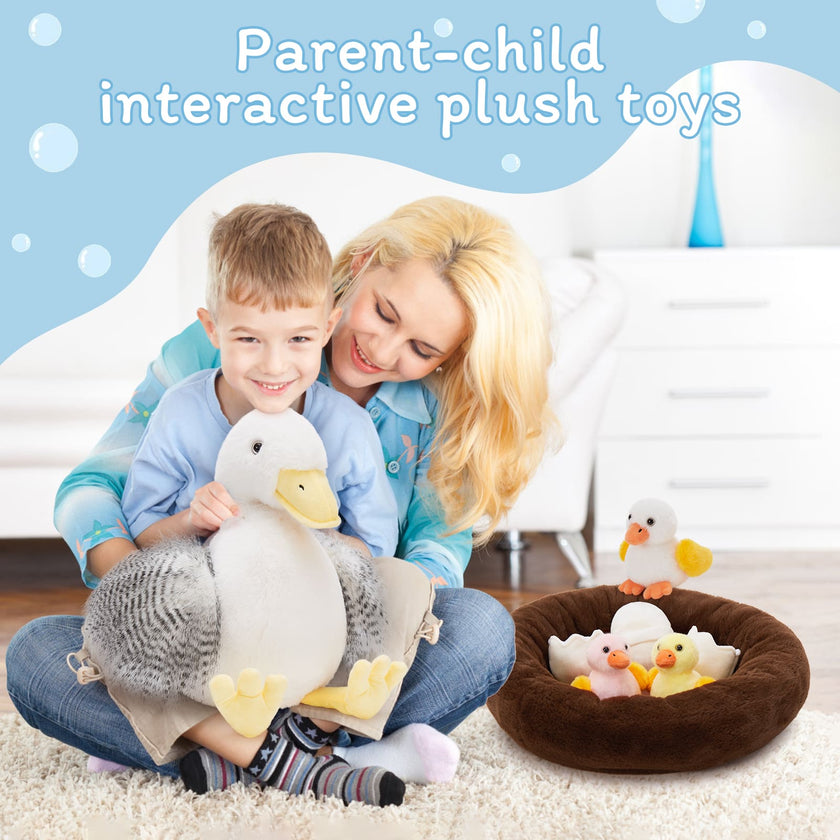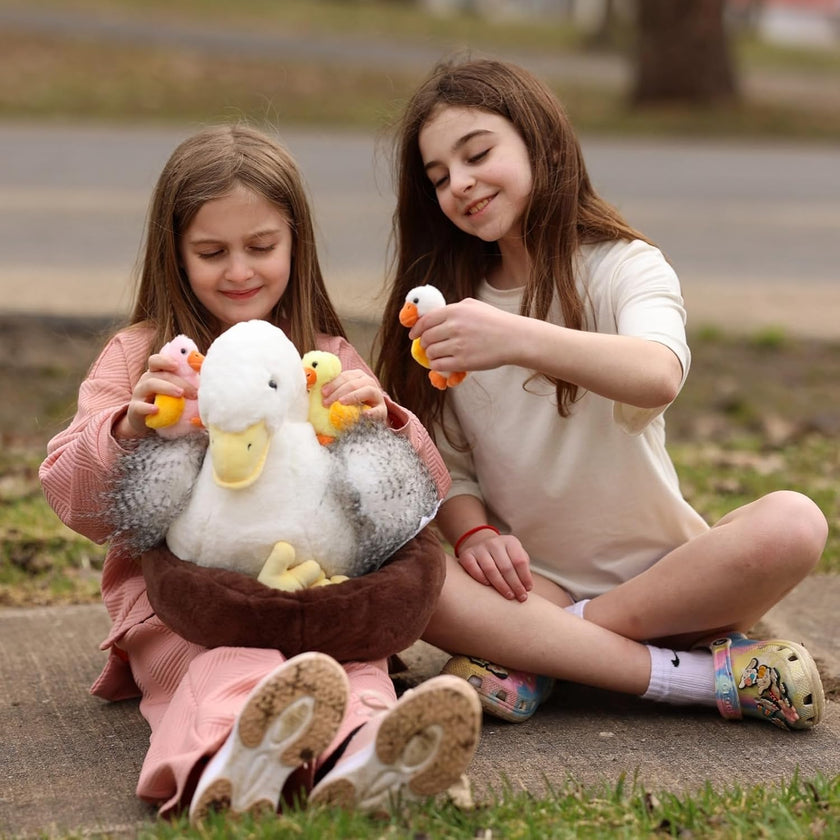Plush toys have long been viewed as simple comfort items—soft companions that children carry to bed, on car rides, or to daycare. But beyond their cozy appeal, plush toys hold a surprisingly powerful place in early childhood development, acting as learning tools that nurture imagination, emotional intelligence, creativity, and even early academic foundations. Whether a child is hugging a teddy bear, organizing a family of plush animals, or inventing an entire adventure for a stuffed dinosaur, these seemingly simple toys create opportunities for learning that are natural, intuitive, and child-led. In a world increasingly filled with digital devices and structured learning tools, plush toys offer a refreshing return to tactile, imaginative, slow-paced experiences that support the way children organically explore the world.
One of the most common but underrated ways plush toys help children learn is through the recognition of colors. Young children often begin identifying colors through repeated exposure to everyday objects, and plush toys—with their bright fabrics, varied patterns, and engaging designs—become excellent teaching tools. When a child interacts with a plush toy that is vividly blue or sunny yellow, they naturally associate the color with something positive and tangible, making the learning experience deeper and more memorable. Parents can use plush toys to point out different shades and introduce new vocabulary, such as “turquoise,” “emerald,” or “scarlet,” helping children build a richer understanding of color variation. Because plush toys are fun and familiar, learning colors never feels forced or academic; instead, it becomes part of playtime, making the learning process comfortable and enjoyable.
Beyond visual learning, plush toys play a uniquely important role in helping children identify, express, and understand emotions. Many children—especially toddlers or those with developing language skills—struggle to communicate how they feel. Plush toys provide a safe, nonjudgmental medium for emotional exploration. When a child pretends their plush animal is sad, scared, or excited, they are actually practicing emotional labeling and empathy. Caregivers can enhance this process by asking guiding questions like, “Why do you think the bunny is feeling nervous?” or “What can we do to help your dinosaur feel better?” These conversations allow children to project their own emotions onto the toy and make sense of what they’re experiencing internally. Over time, this strengthens social-emotional skills, improves self-regulation, and builds emotional vocabulary—one of the most important developmental milestones in early childhood.
Plush toys also support emotional security in ways that go far beyond pretend play. When children face new environments—a first day at daycare, a doctor’s visit, or a sleepover—a plush toy provides a sense of comfort and familiarity. This emotional safety often lowers stress and allows children to process new experiences more calmly, making it easier for them to stay open, curious, and engaged. Even older children and adults sometimes use plush toys as emotional anchors, which shows how deeply these comforting objects can influence emotional well-being. In this context, plush toys are not only tools for emotional learning but also companions that help children feel grounded and supported during uncertain times.
In addition to helping children explore colors and emotions, plush toys are incredible tools for developing storytelling skills. Children naturally gravitate toward narrative play, creating imaginative worlds where their plush companions have personalities, voices, and dramatic adventures. This type of pretend play is much more than fun; it supports language development, sequencing skills, creativity, and memory formation. When a child tells a story about a plush toy going on a mission, visiting friends, or solving a problem, they are practicing the essential components of narrative structure: beginning, middle, and end. They also learn cause and effect (“The lion was tired, so he took a nap”), develop new vocabulary, and gain confidence in their expressive language abilities.
Storytelling with plush toys can take many forms, each one offering unique learning opportunities. Some children enjoy simple imaginative reenactments, while others construct elaborate storylines with multiple characters, conflicts, and resolutions. Even if the narrative seems chaotic or silly, it reflects a child’s cognitive processing and creativity. Parents and teachers can support storytelling by asking open-ended questions such as, “What happens next?” or “How does your stuffed bear solve the problem?” These prompts encourage critical thinking and help children expand their ideas while still allowing them full creative control. Over time, this form of play strengthens both verbal communication and problem-solving skills, laying a foundation for future writing and reading success.
Another benefit of using plush toys as storytelling tools is how they help children internalize social roles and relationships. When children assign personalities or family structures to their plush animals, they often model what they observe in real life—friendship dynamics, family routines, cooperation, conflict, and resolution. By acting out these scenarios with plush toys, children can process real-life events in a safe and manageable way. A plush toy might express frustration, seek help, apologize, or comfort another toy, and through these dramatizations, children gain a deeper understanding of human interactions. In many ways, plush toys become mirrors that allow children to replay and make sense of their own experiences.
Plush toys also play a role in strengthening communication between children and caregivers. When adults participate in plush-based storytelling or emotional explorations, children feel more supported and understood. The interaction becomes a bridge that fosters connection, trust, and openness. A plush toy can serve as a third point of focus, which makes difficult conversations easier. For example, a child might feel too shy or overwhelmed to say, “I’m scared,” but they may feel comfortable saying, “My stuffed puppy is scared.” This creates an indirect but effective communication channel, allowing parents to understand what their child is feeling and respond with empathy. Over time, this dynamic builds emotional resilience and stronger parent-child relationships.
Furthermore, plush toys encourage independent play, a crucial skill that supports cognitive flexibility and confidence. When children engage with plush toys without adult direction, they are free to explore their own ideas, create scenarios, and solve problems at their own pace. Independent play builds perseverance, concentration, and self-initiative—skills that significantly influence academic and personal success later in life. Plush toys are ideal for this type of play because they are simple, open-ended, and adaptable to any storyline or mood. There are no rules, screens, or instructions, giving children complete creative freedom.
Finally, plush toys act as gentle, accessible learning tools for children at all developmental levels. Neurodivergent children, for example, may benefit from the calming sensory experience of holding a soft plush or using it as a communication partner. Shy or introverted children may use plush toys as extensions of themselves when interacting with peers. Children learning new languages can practice vocabulary through naming the toy’s features, actions, or emotions. These toys adapt to a child’s developmental needs in a way that many structured learning tools cannot.

